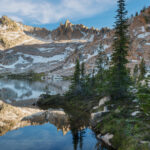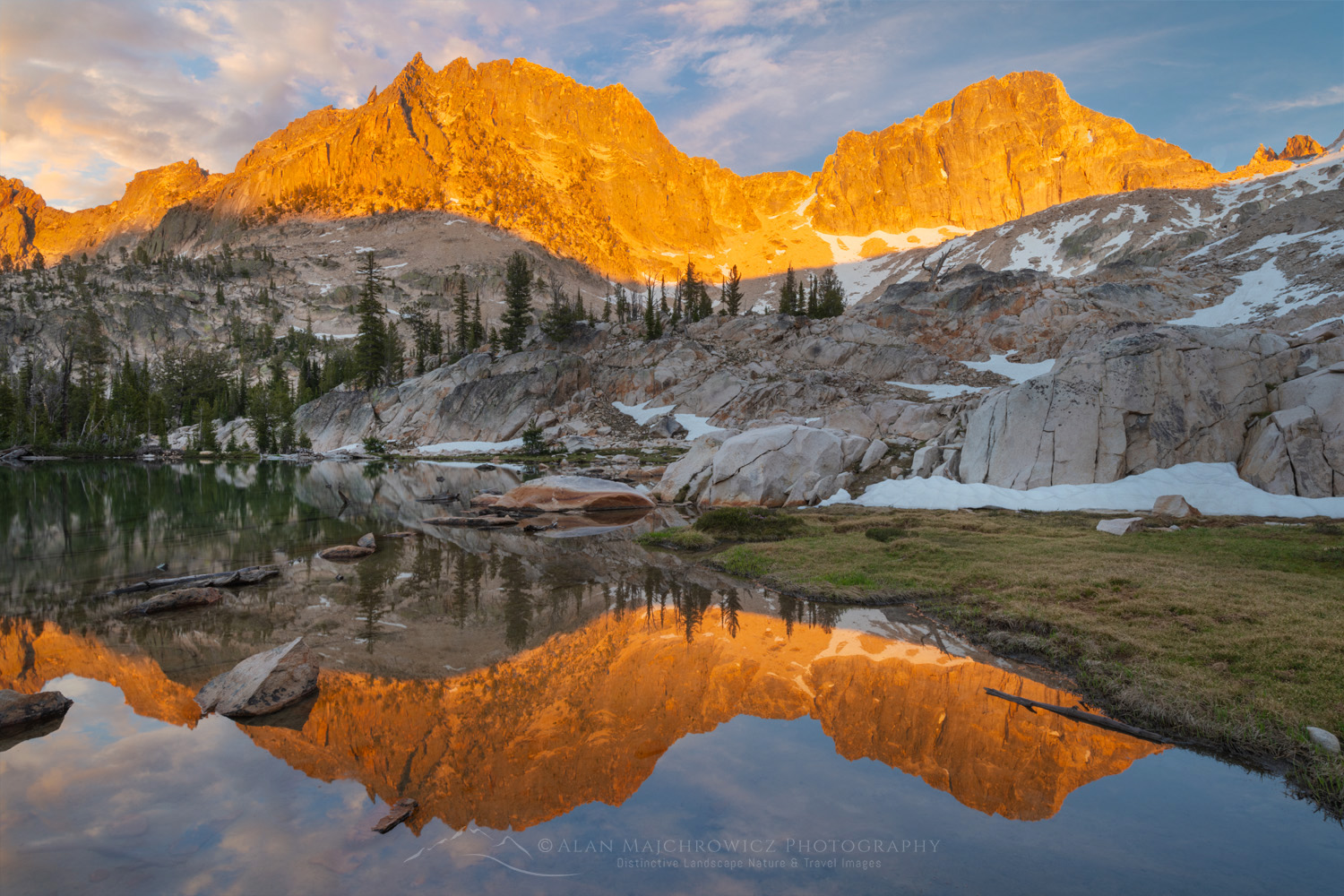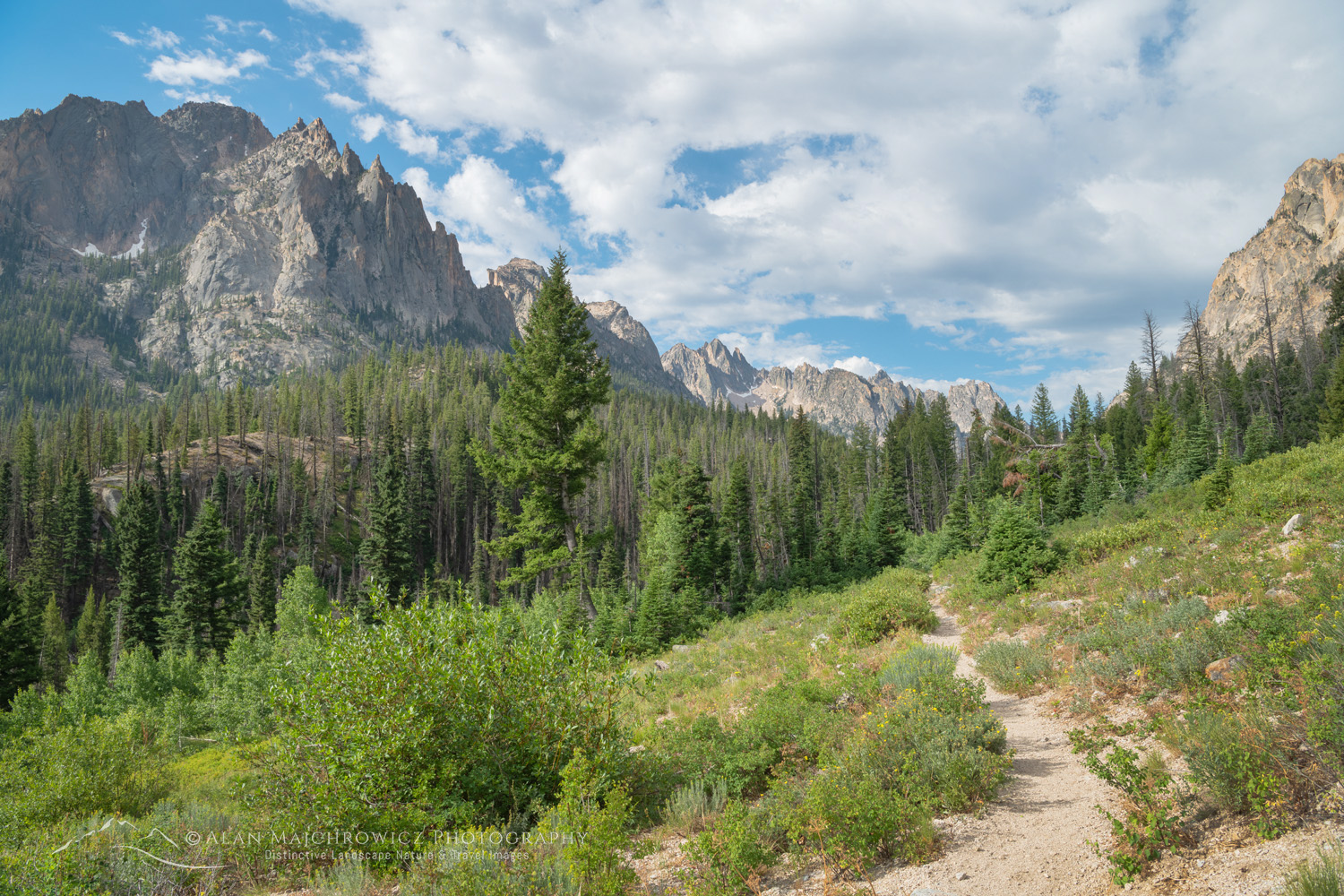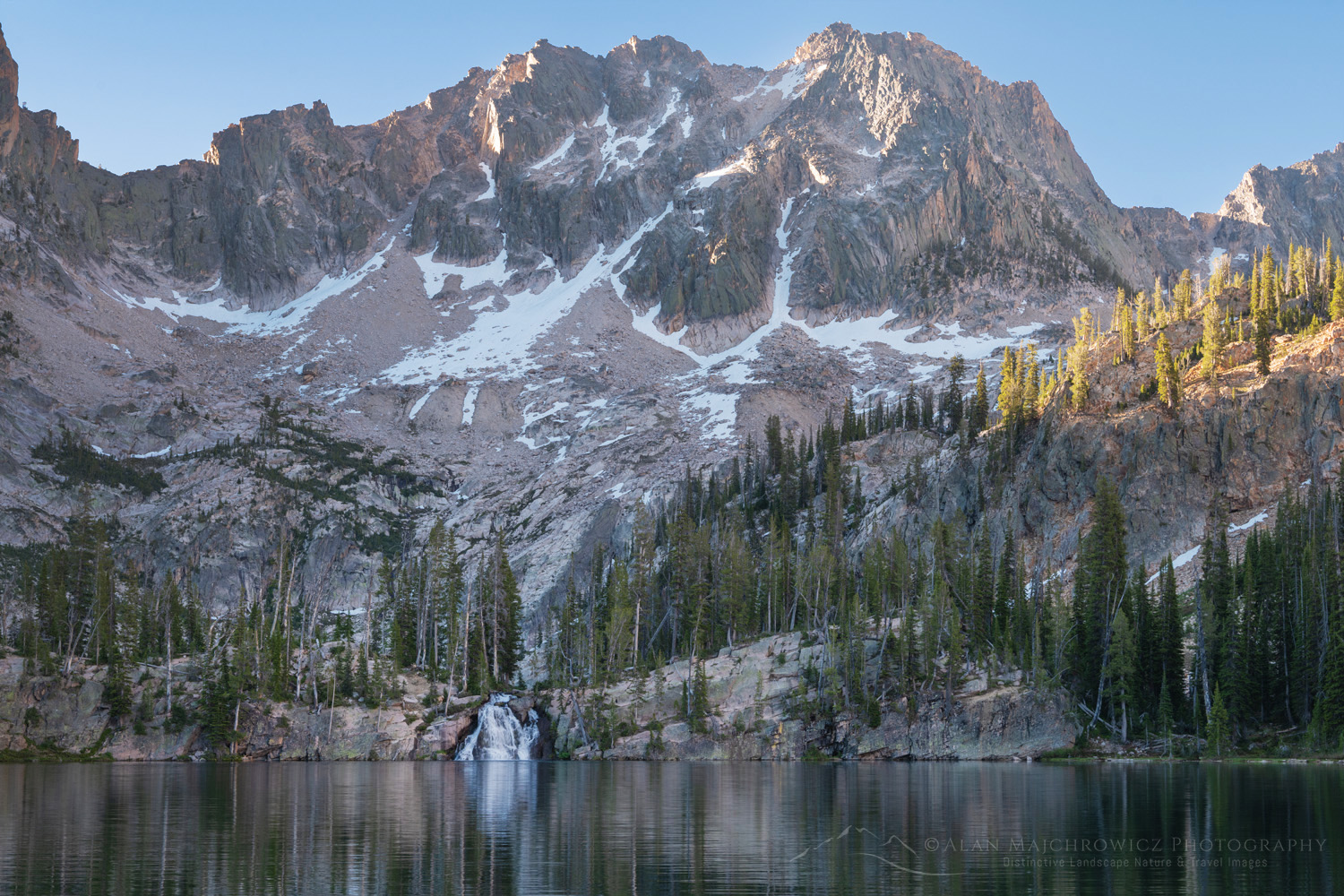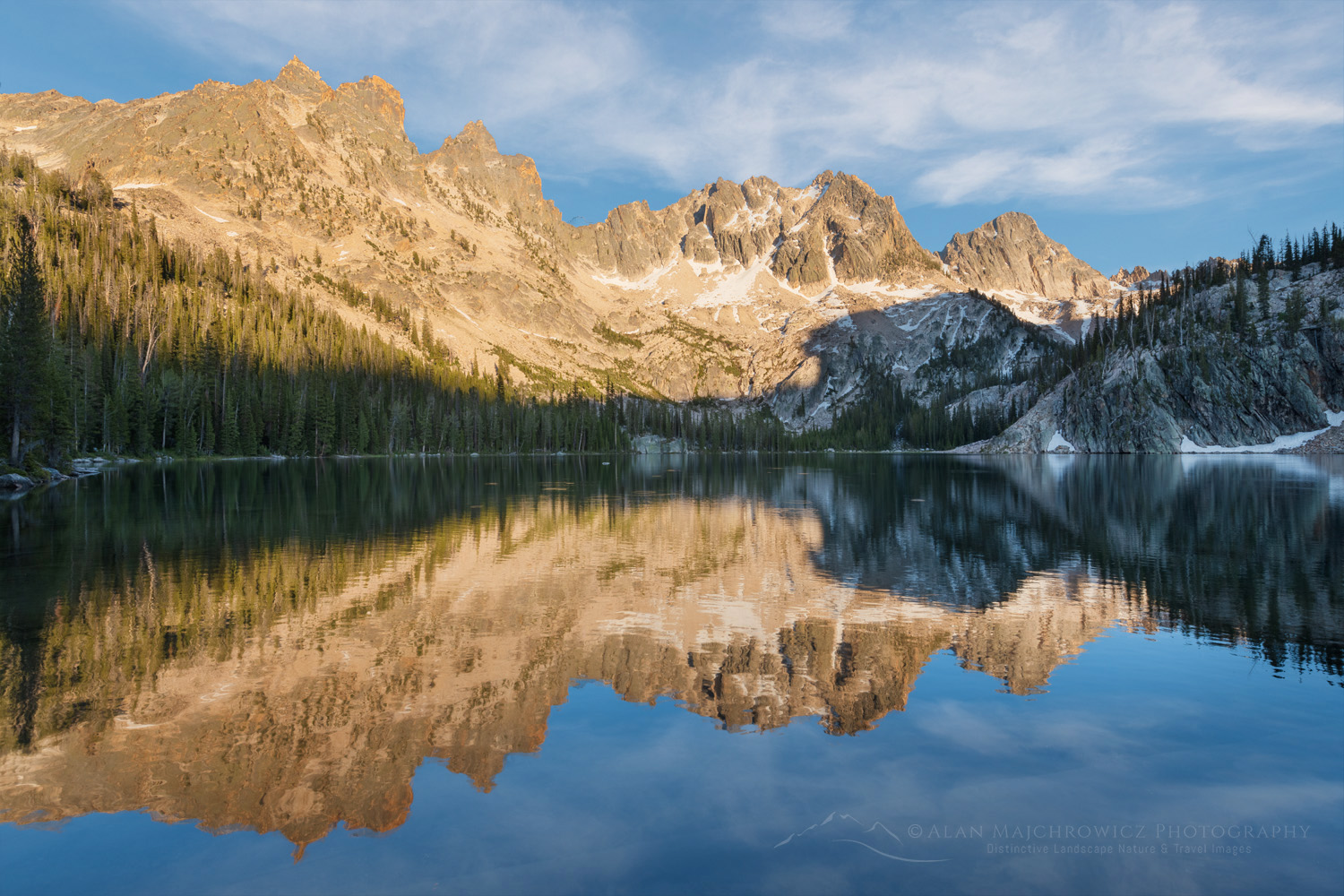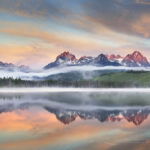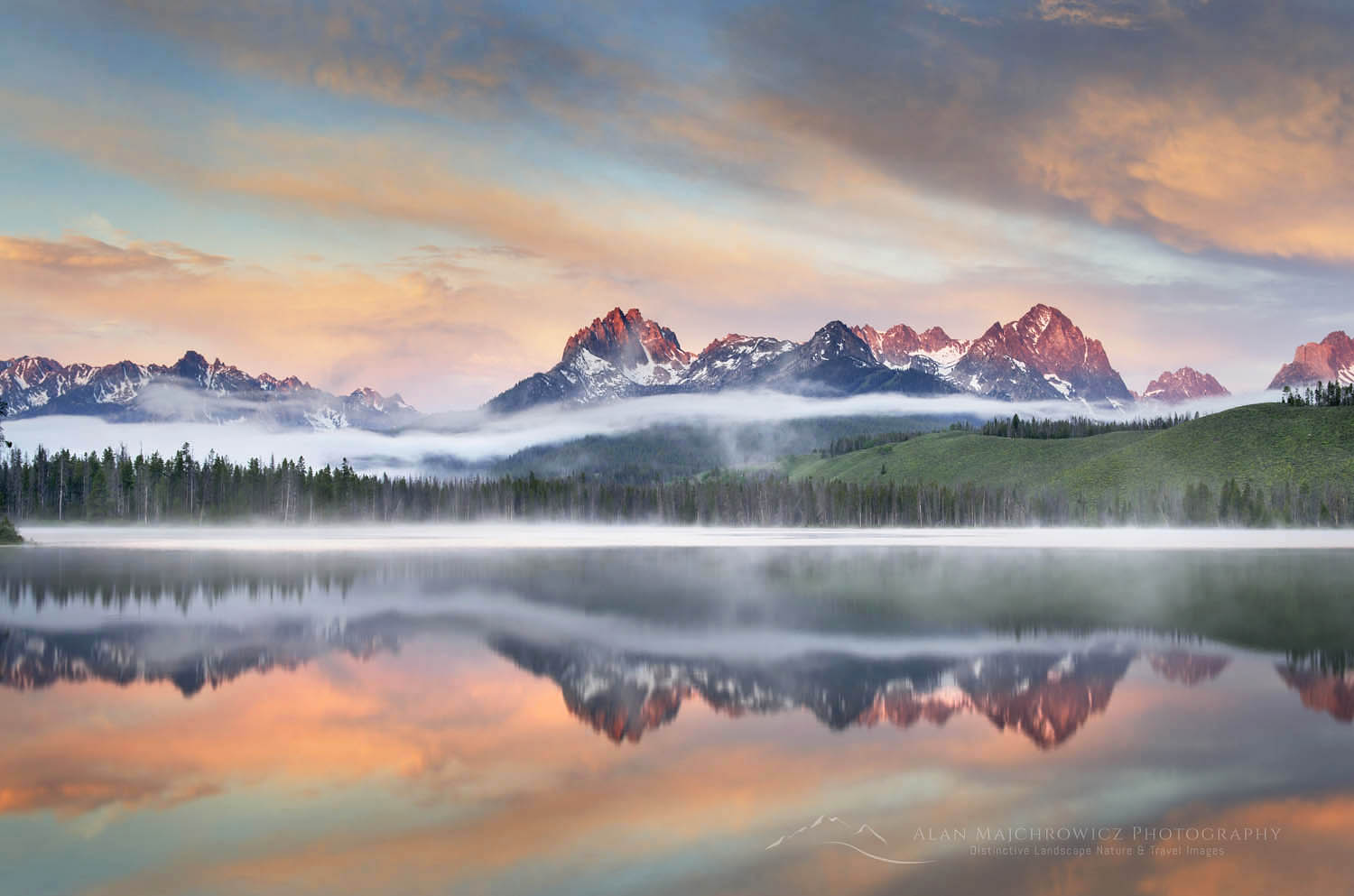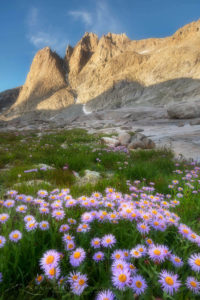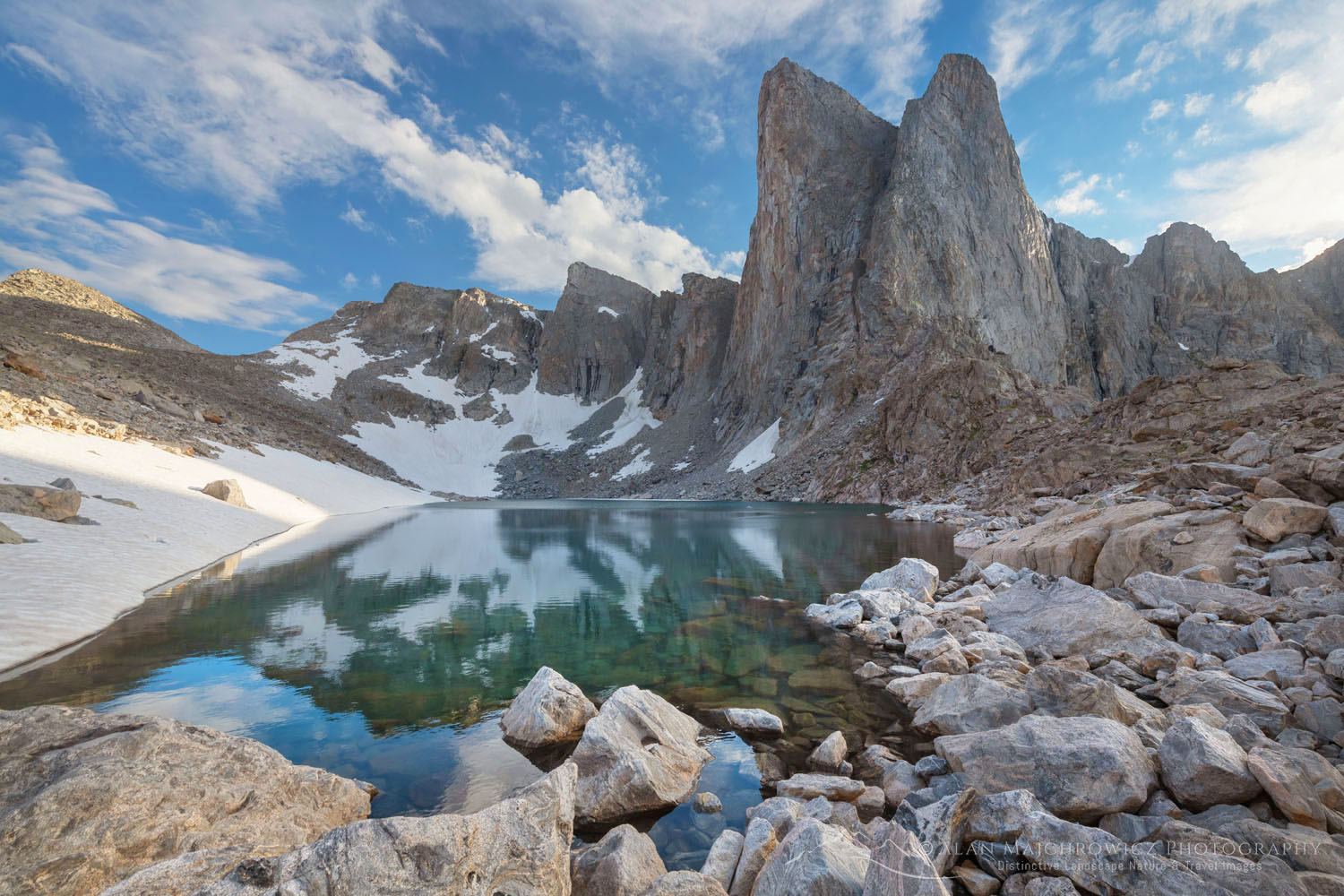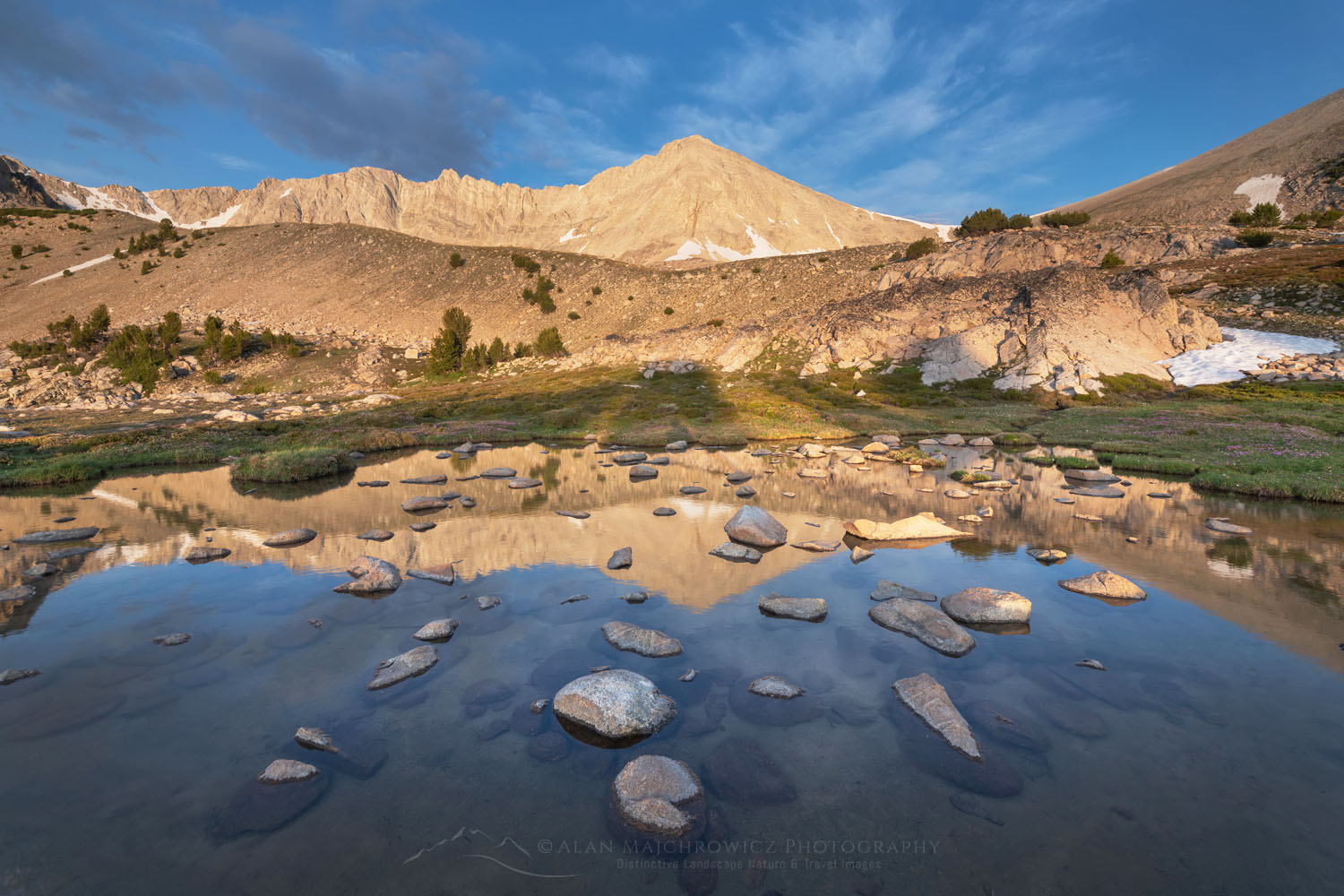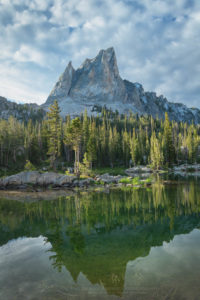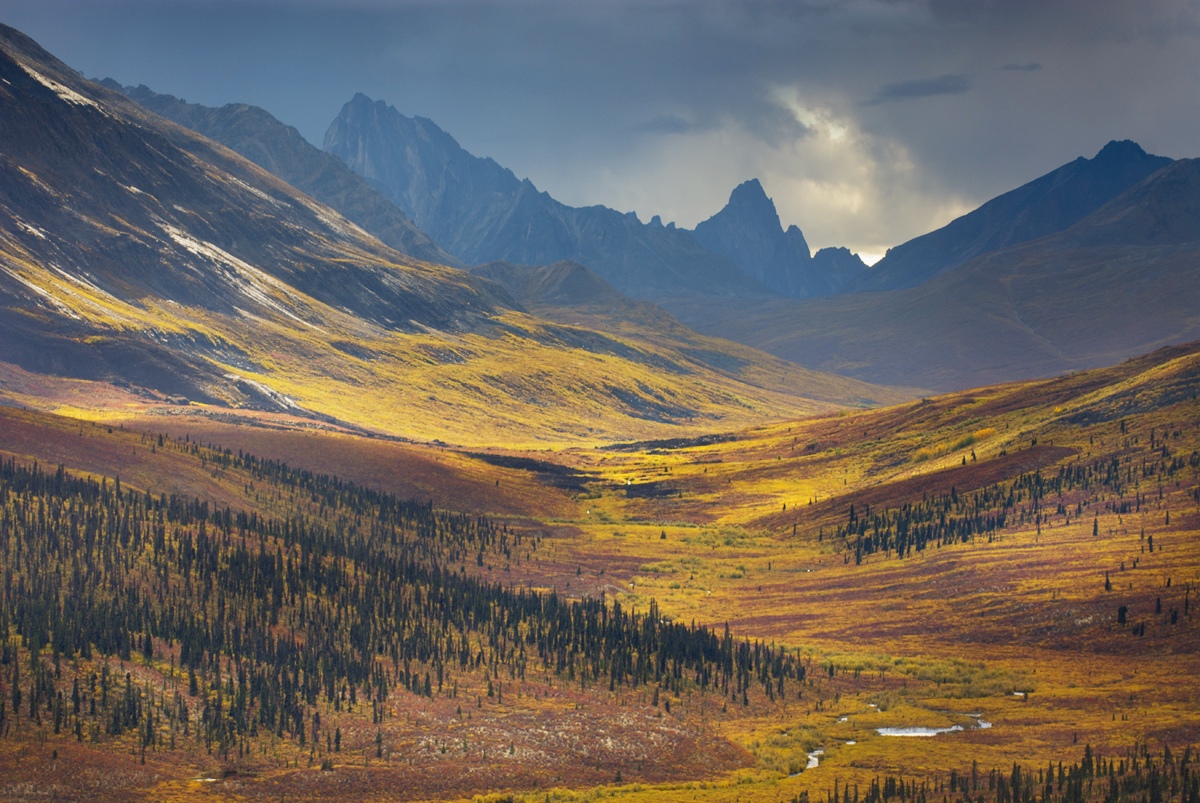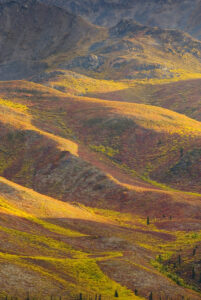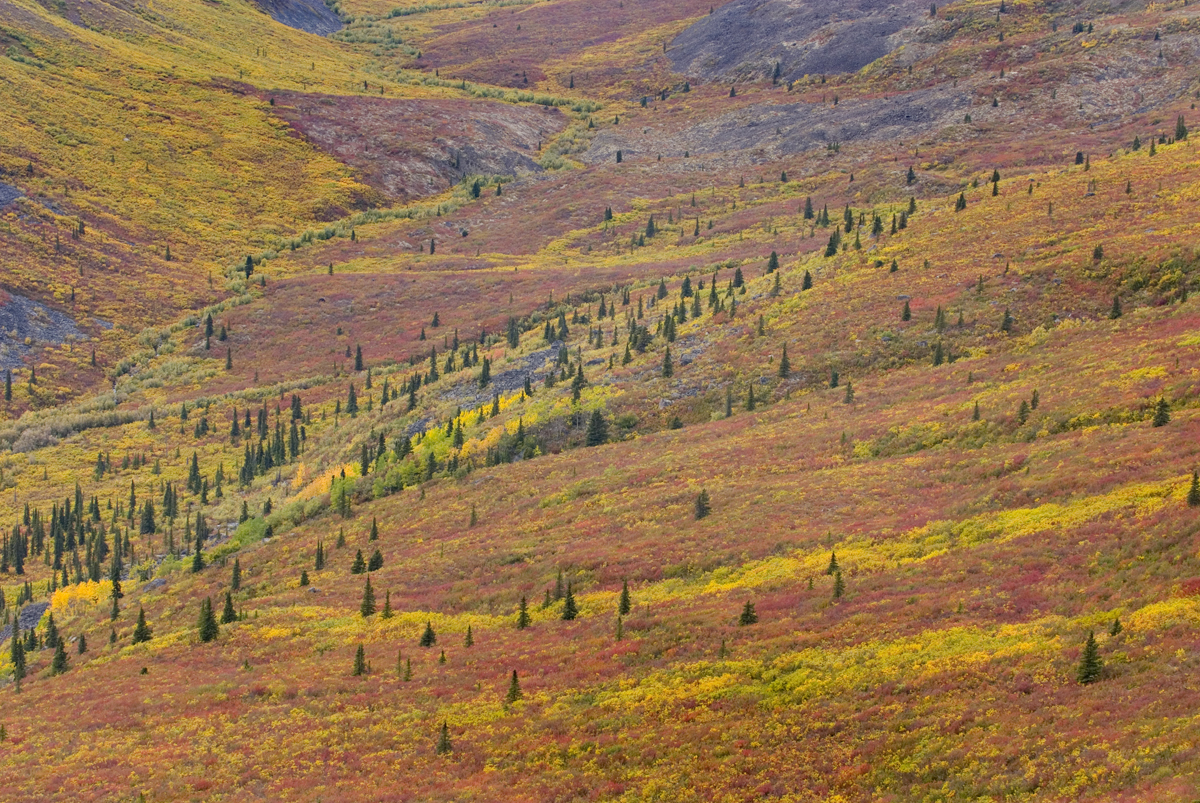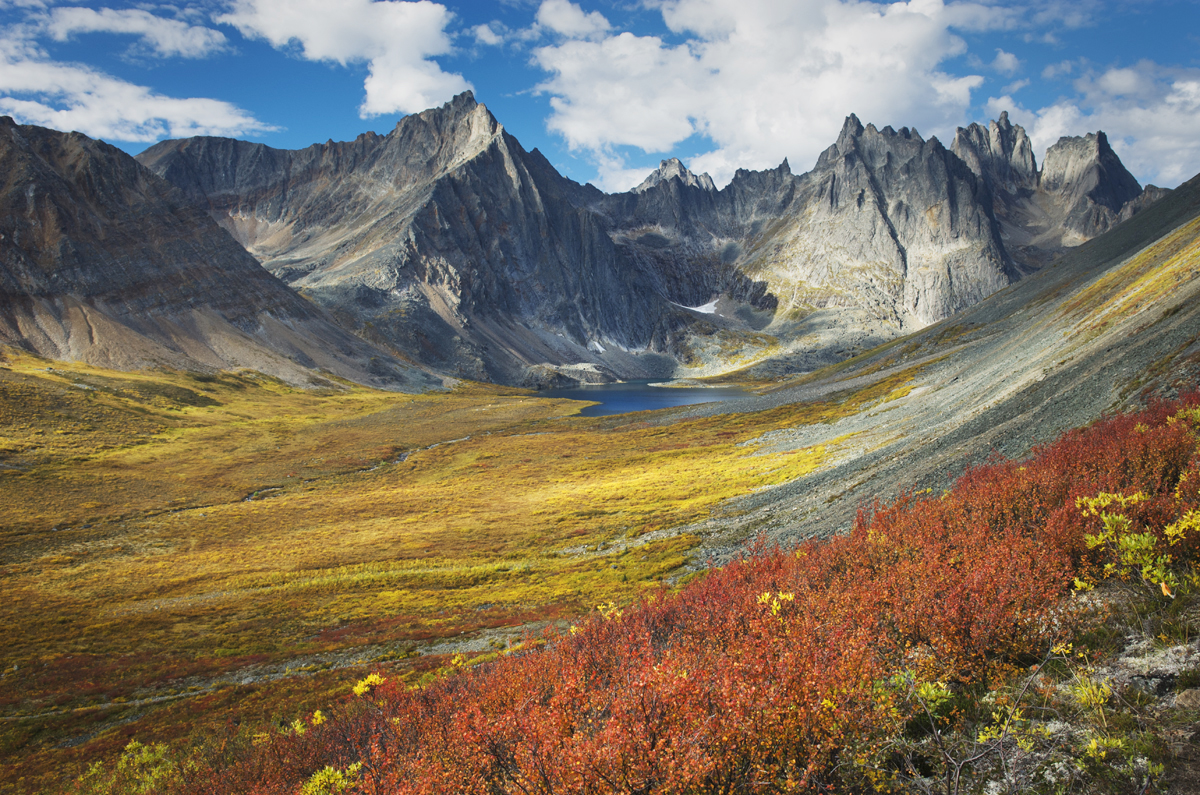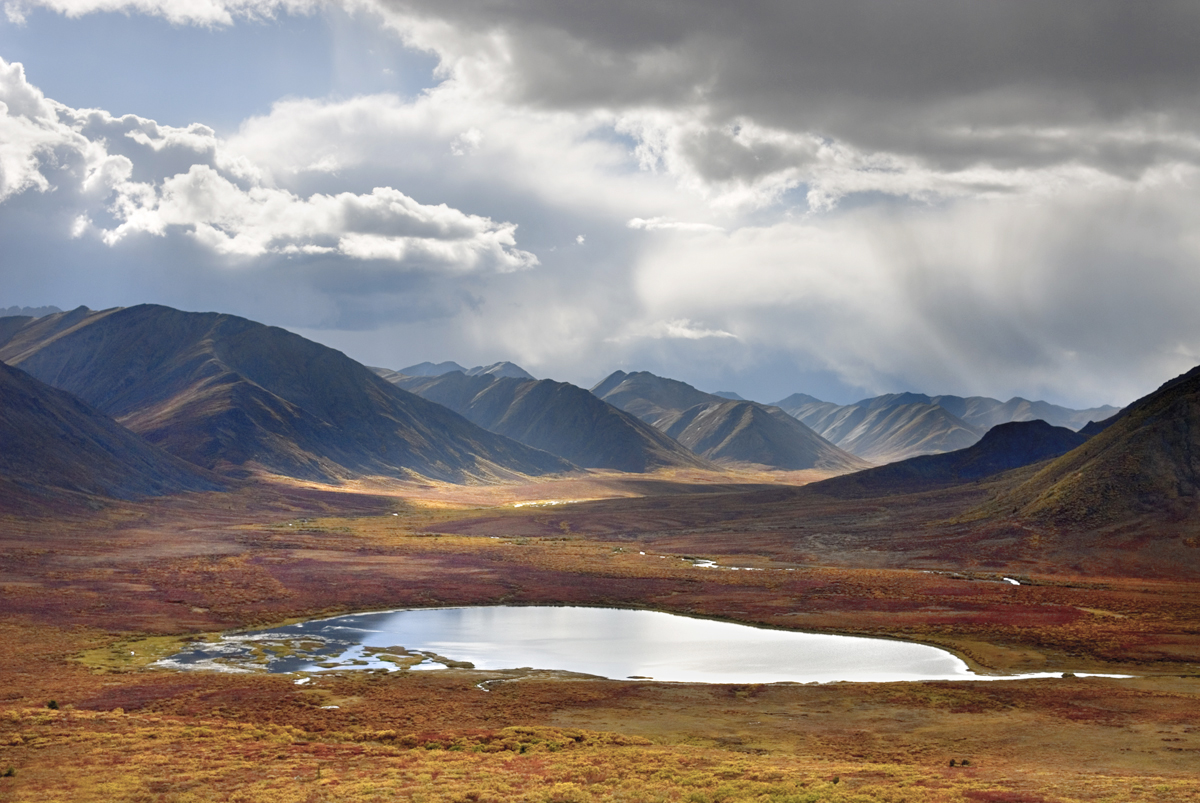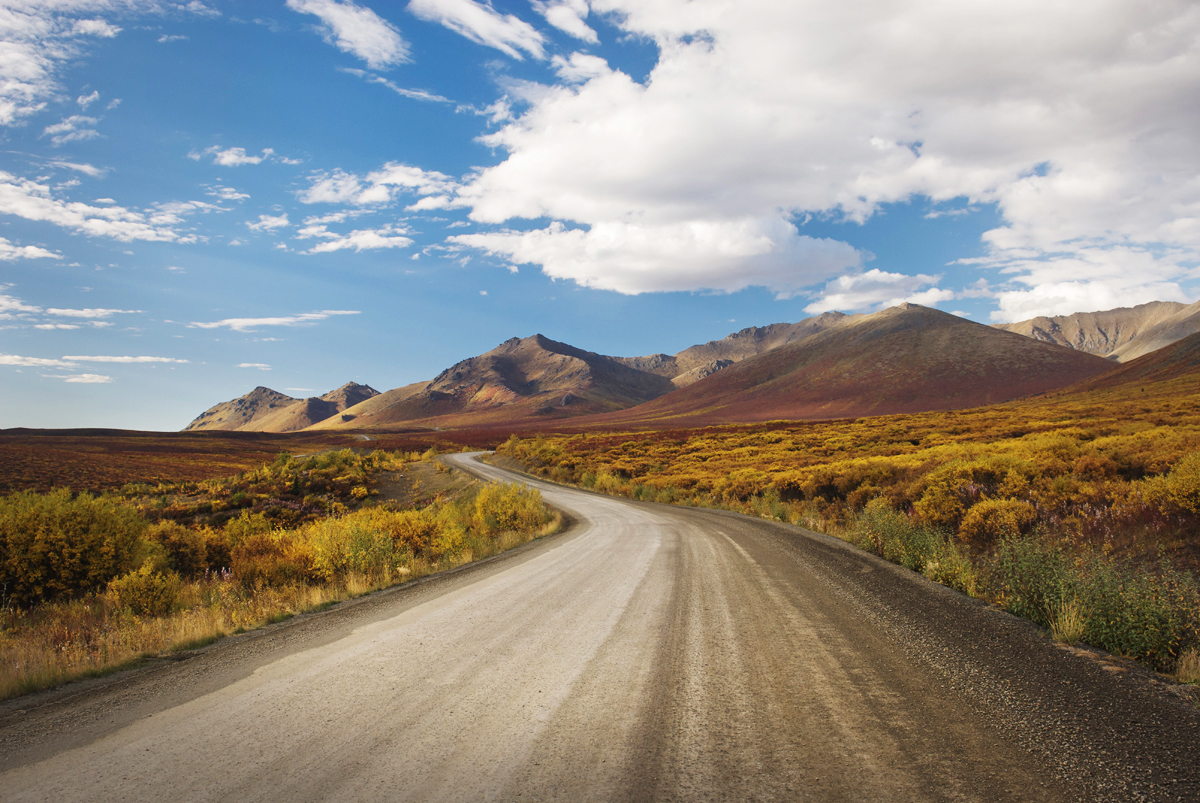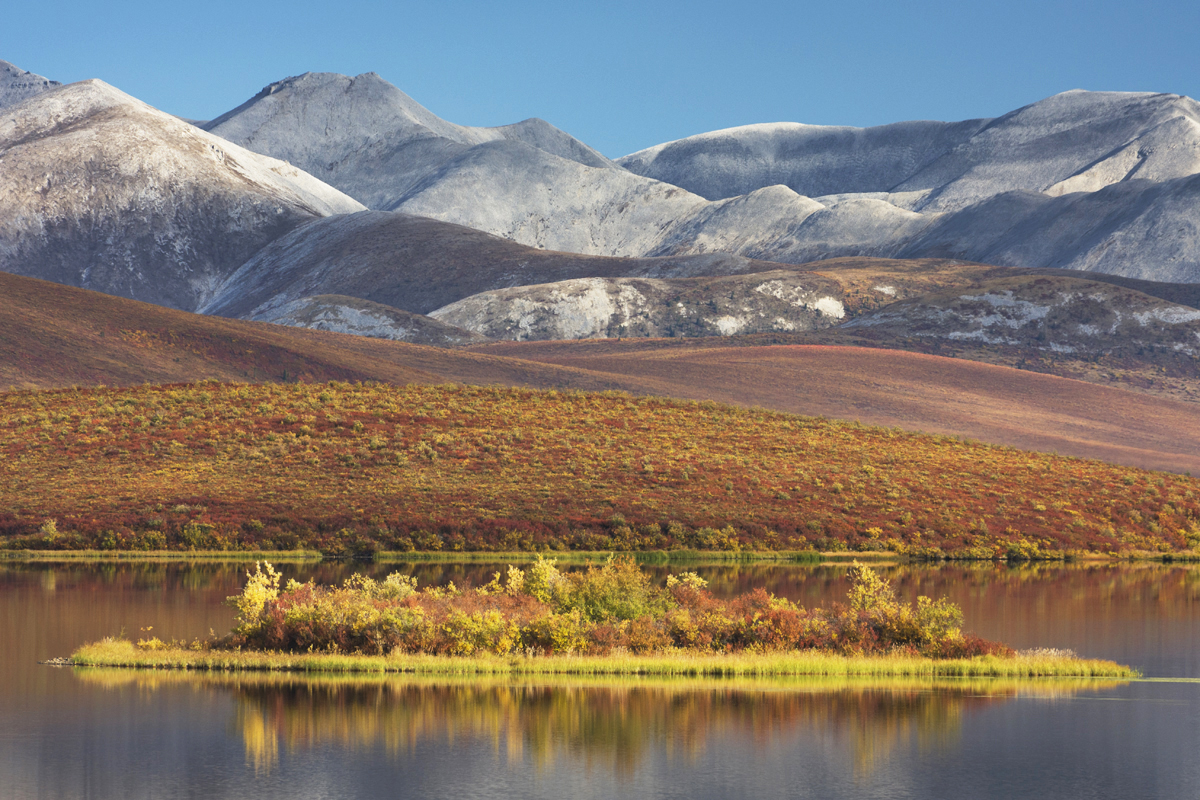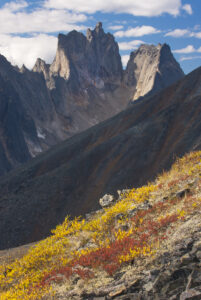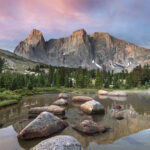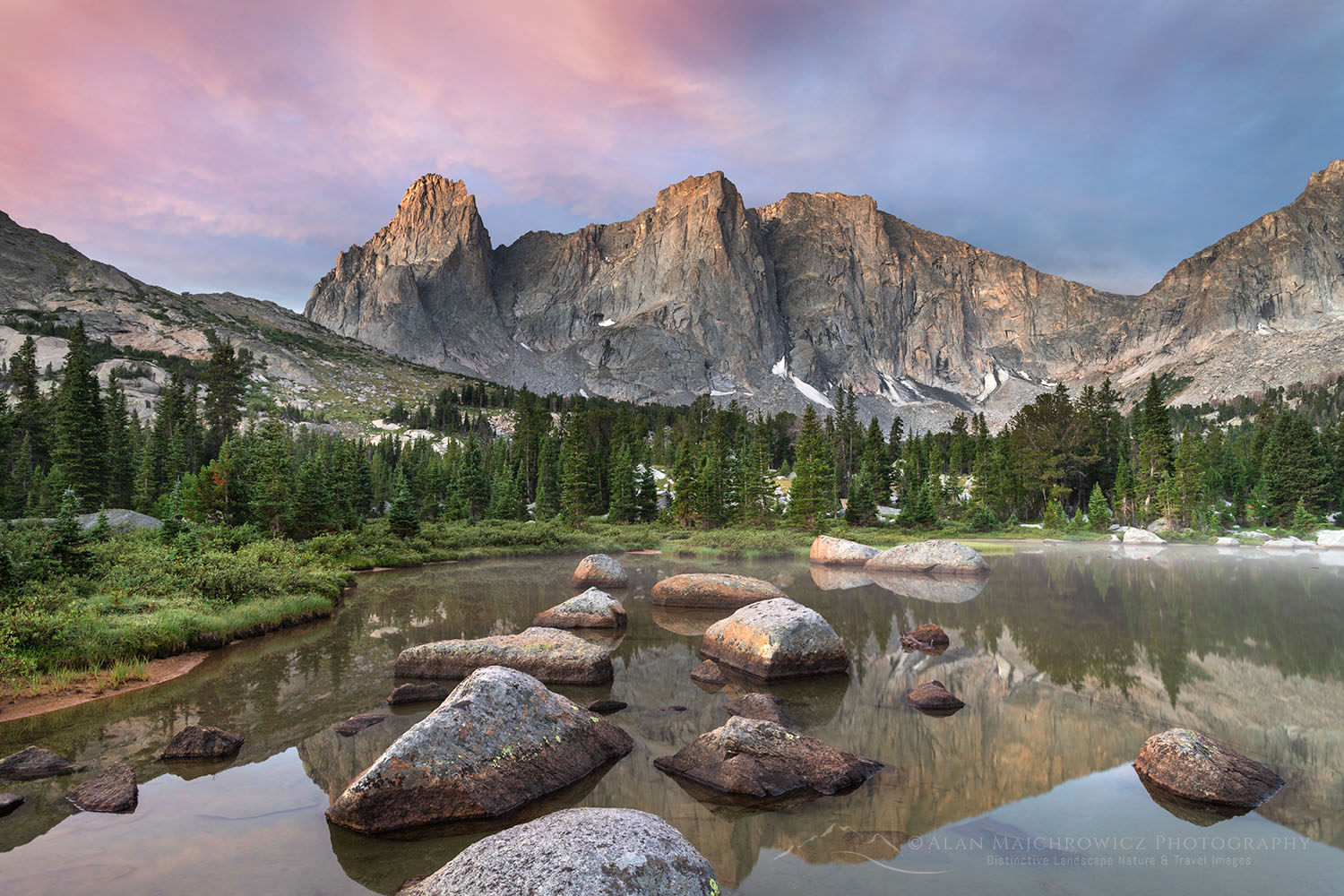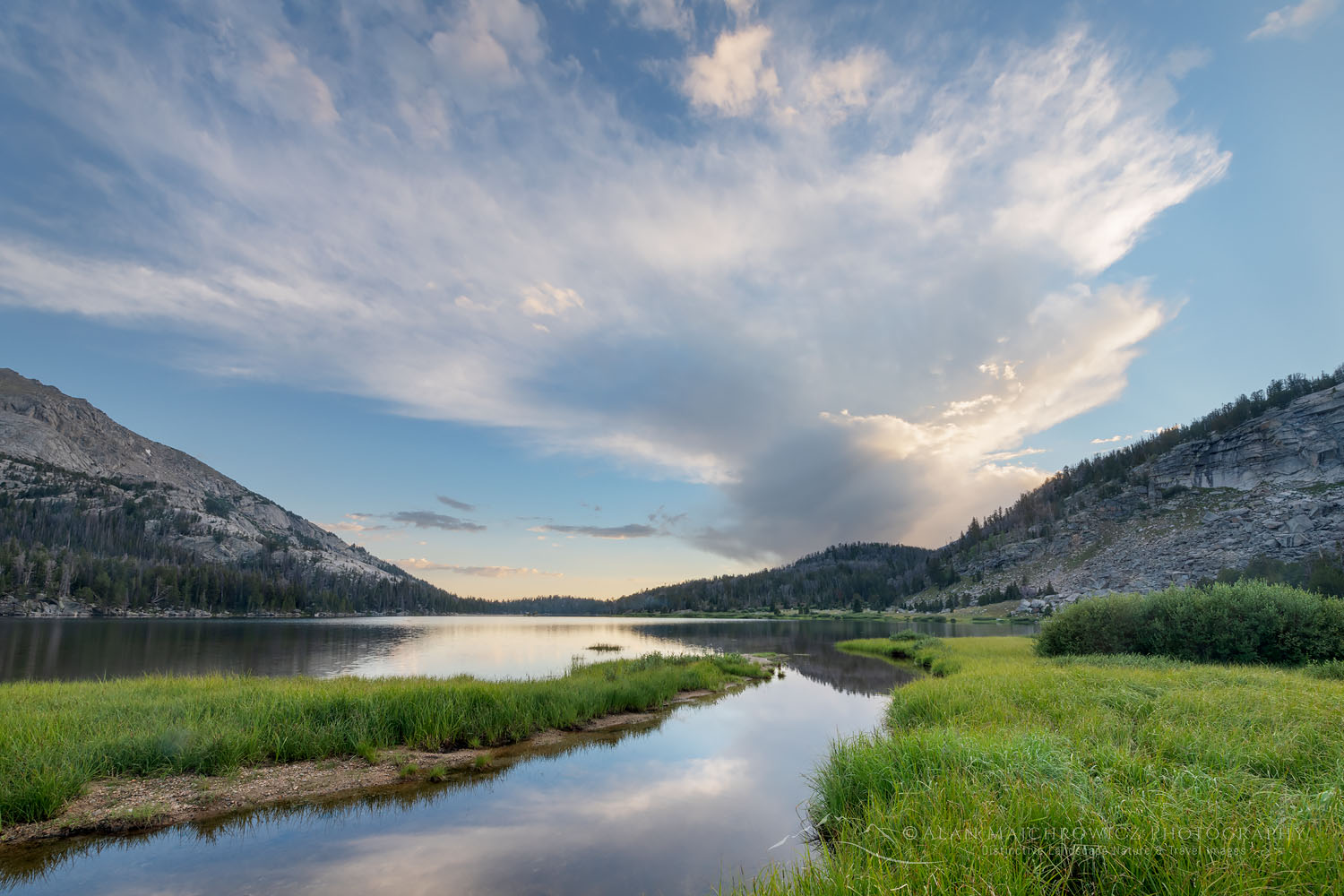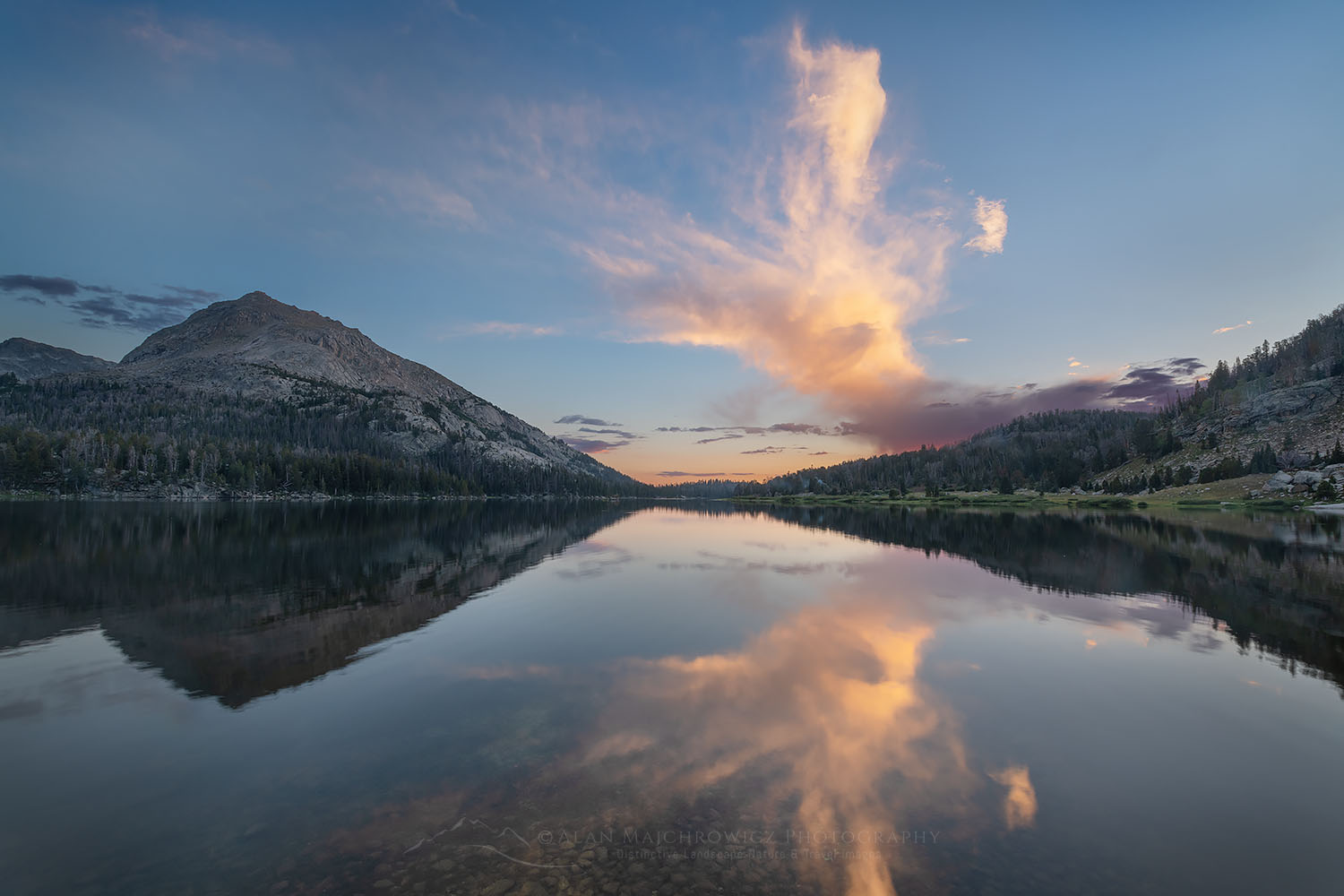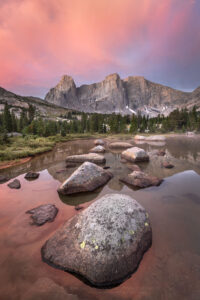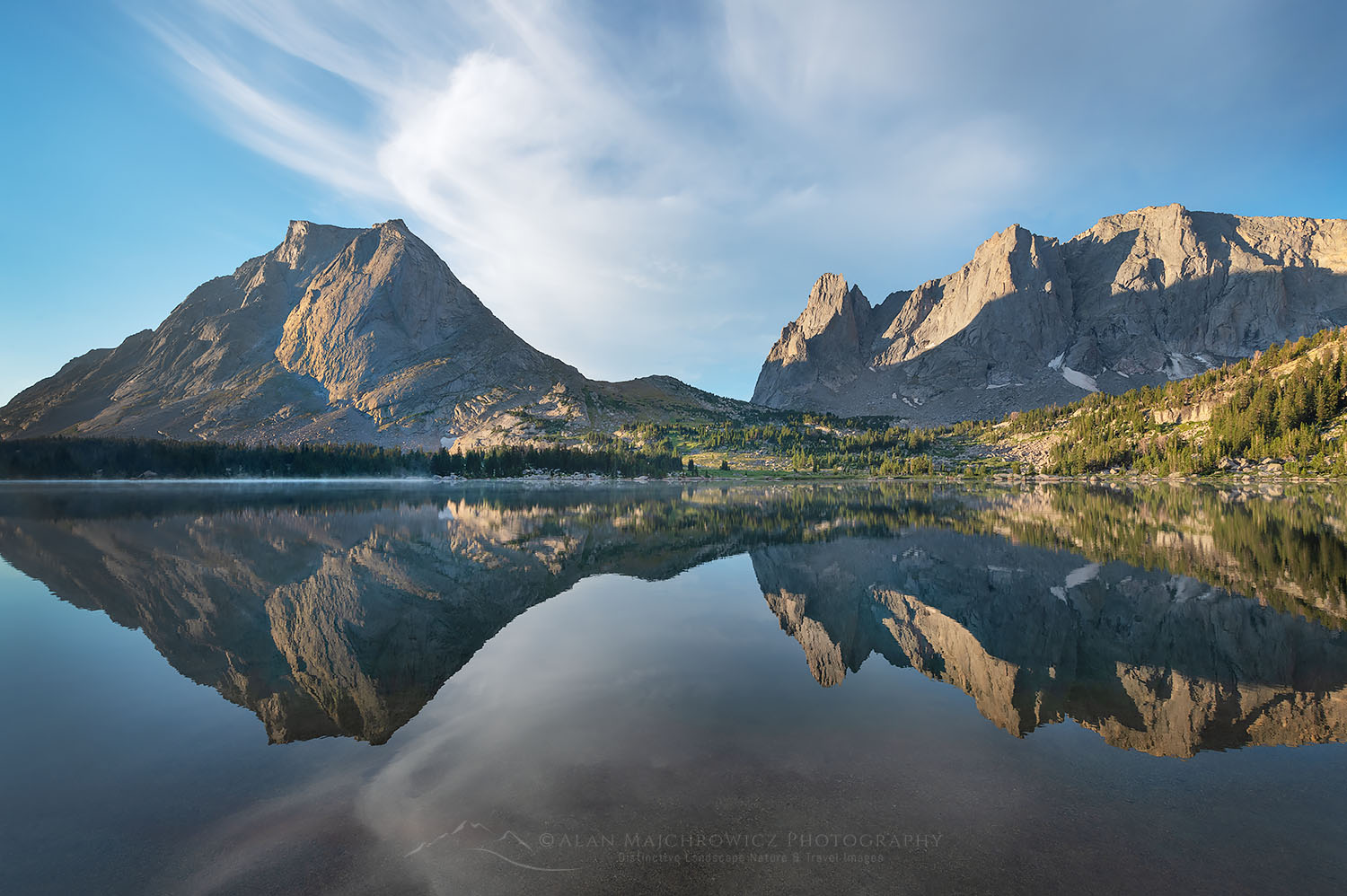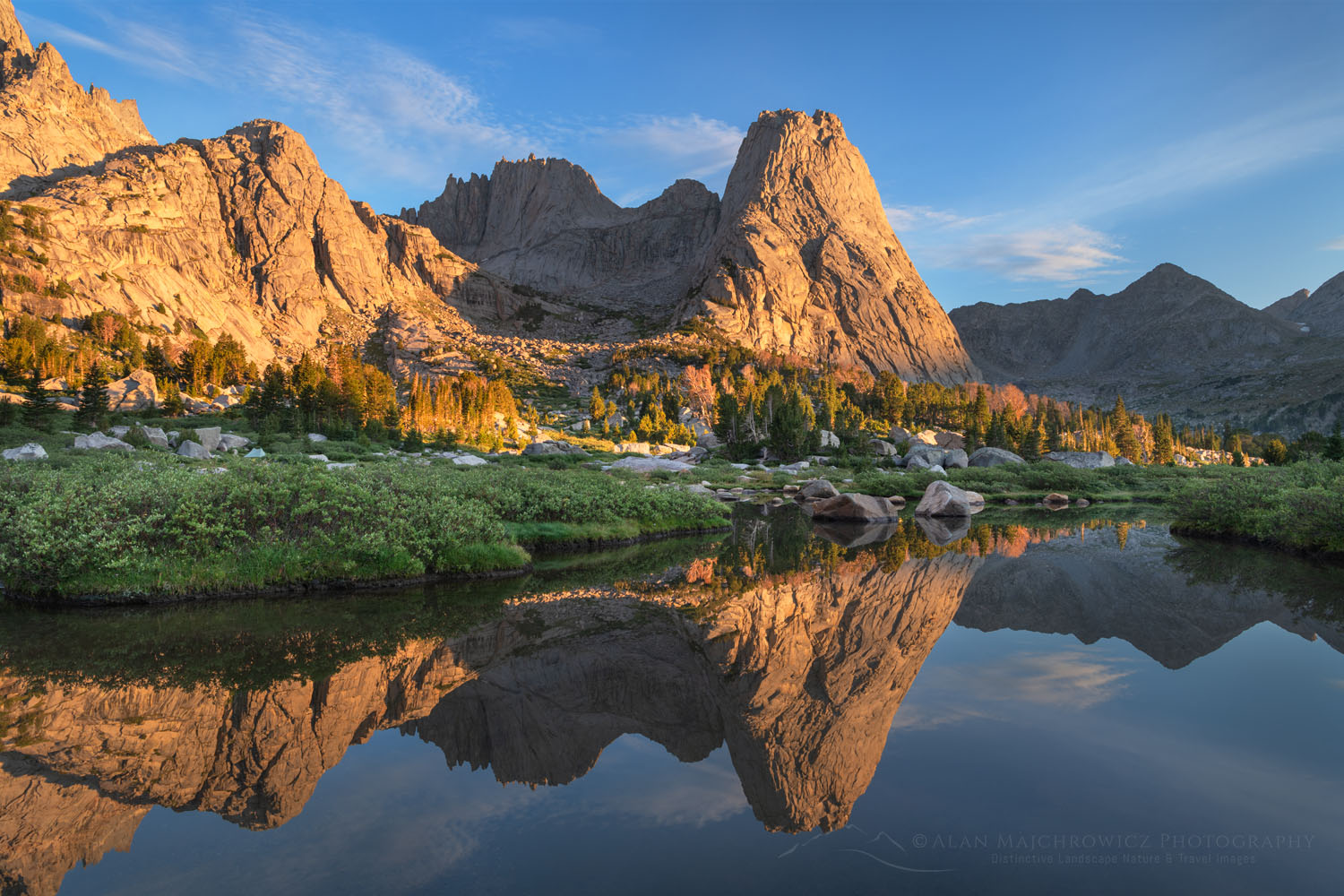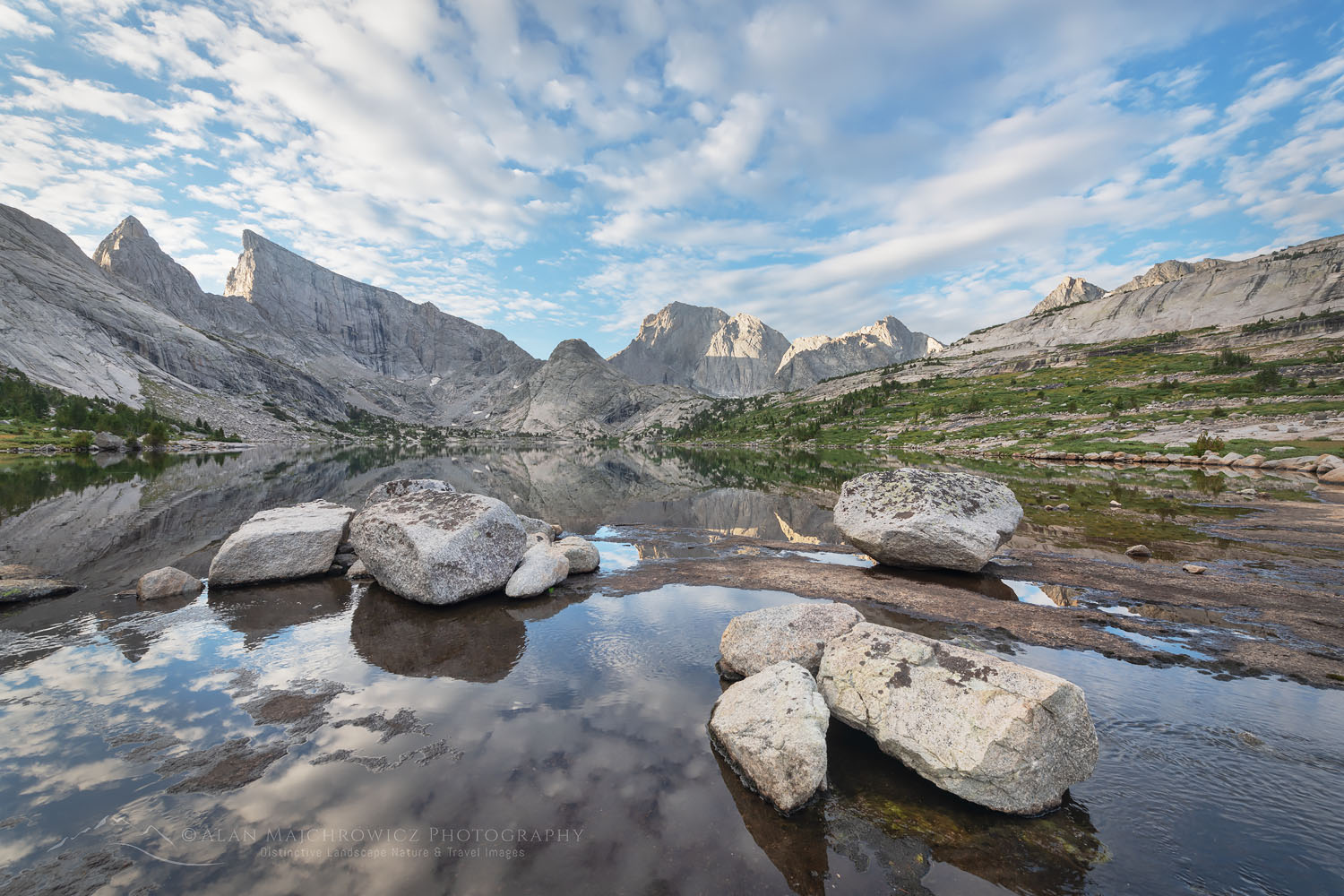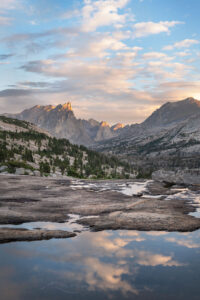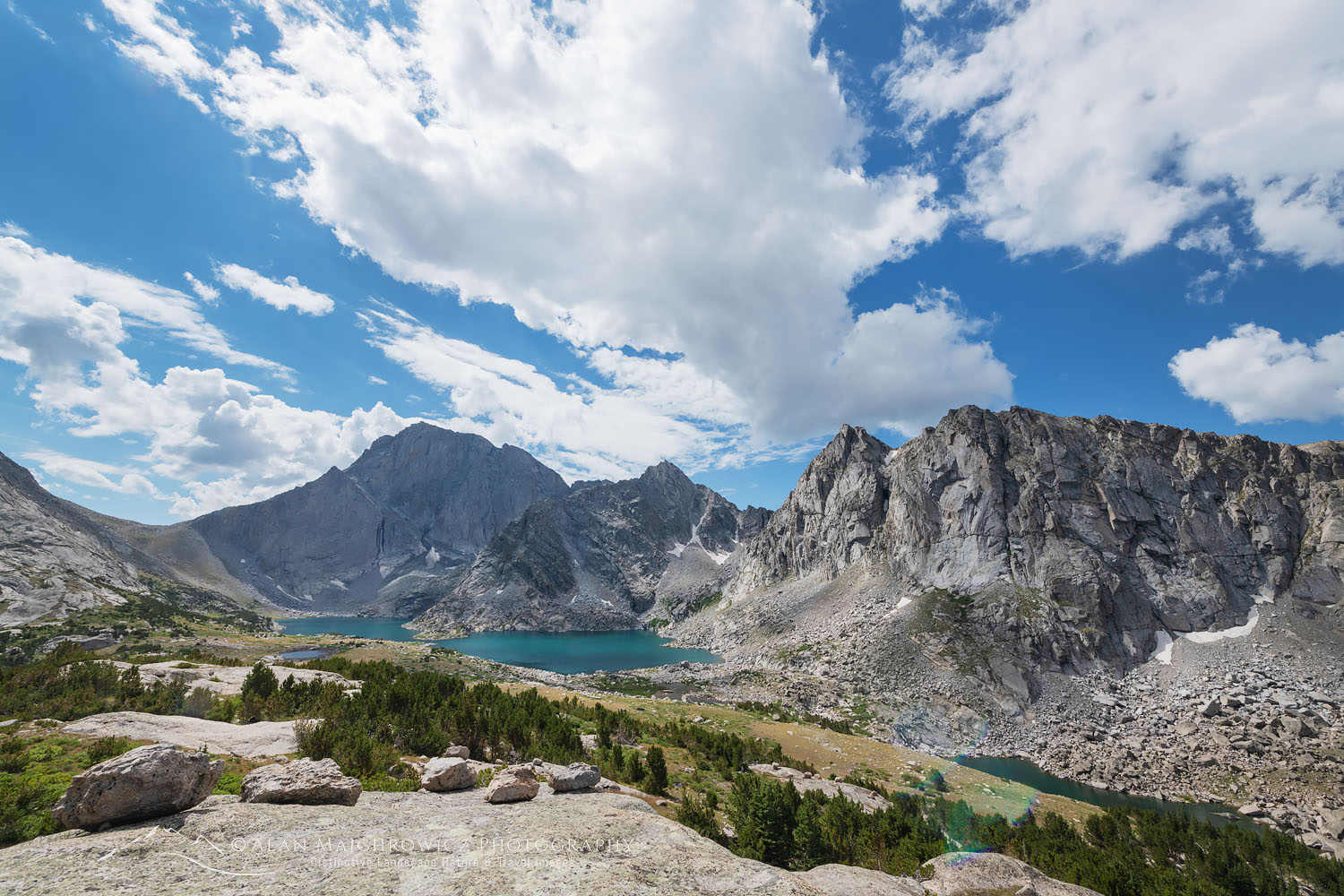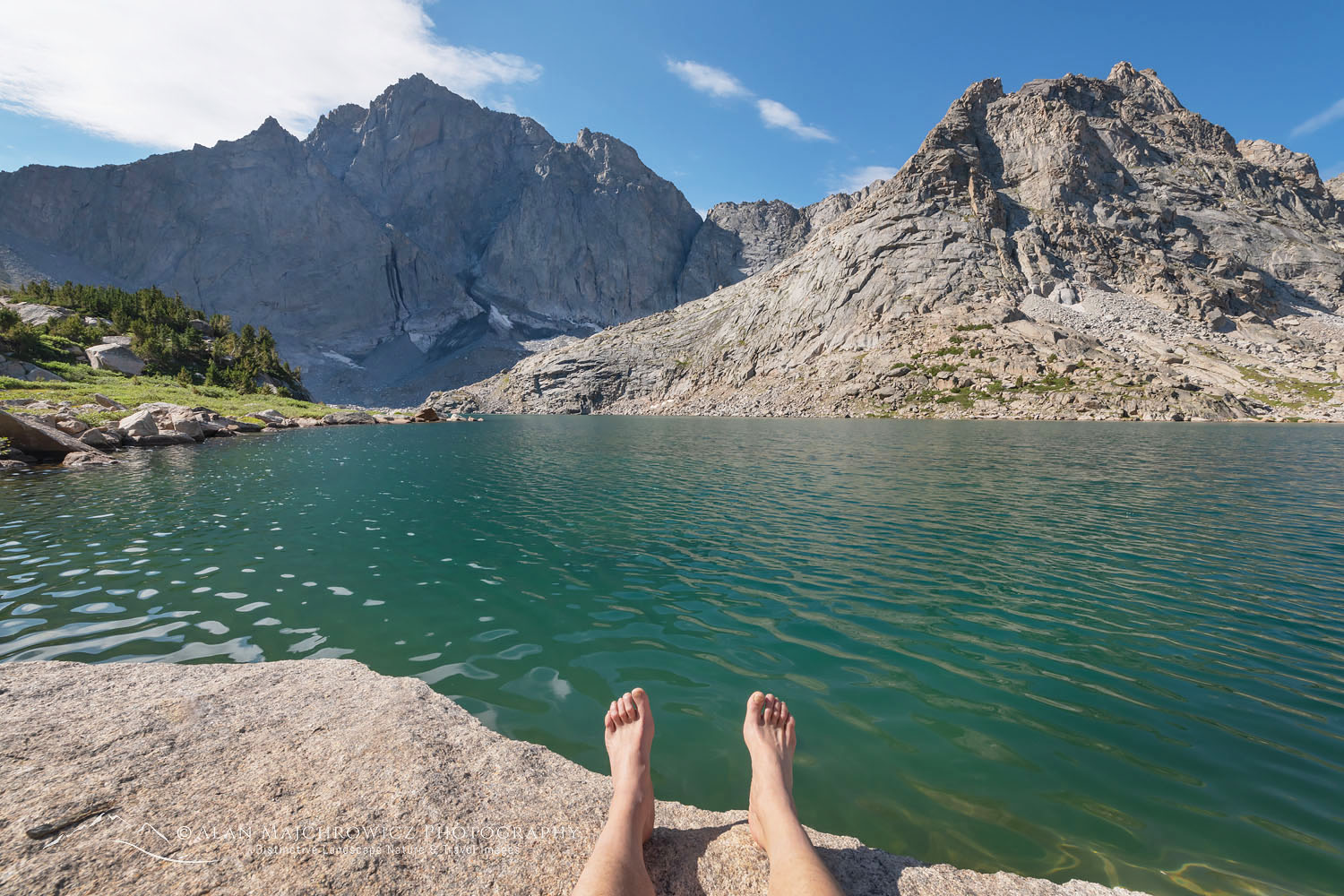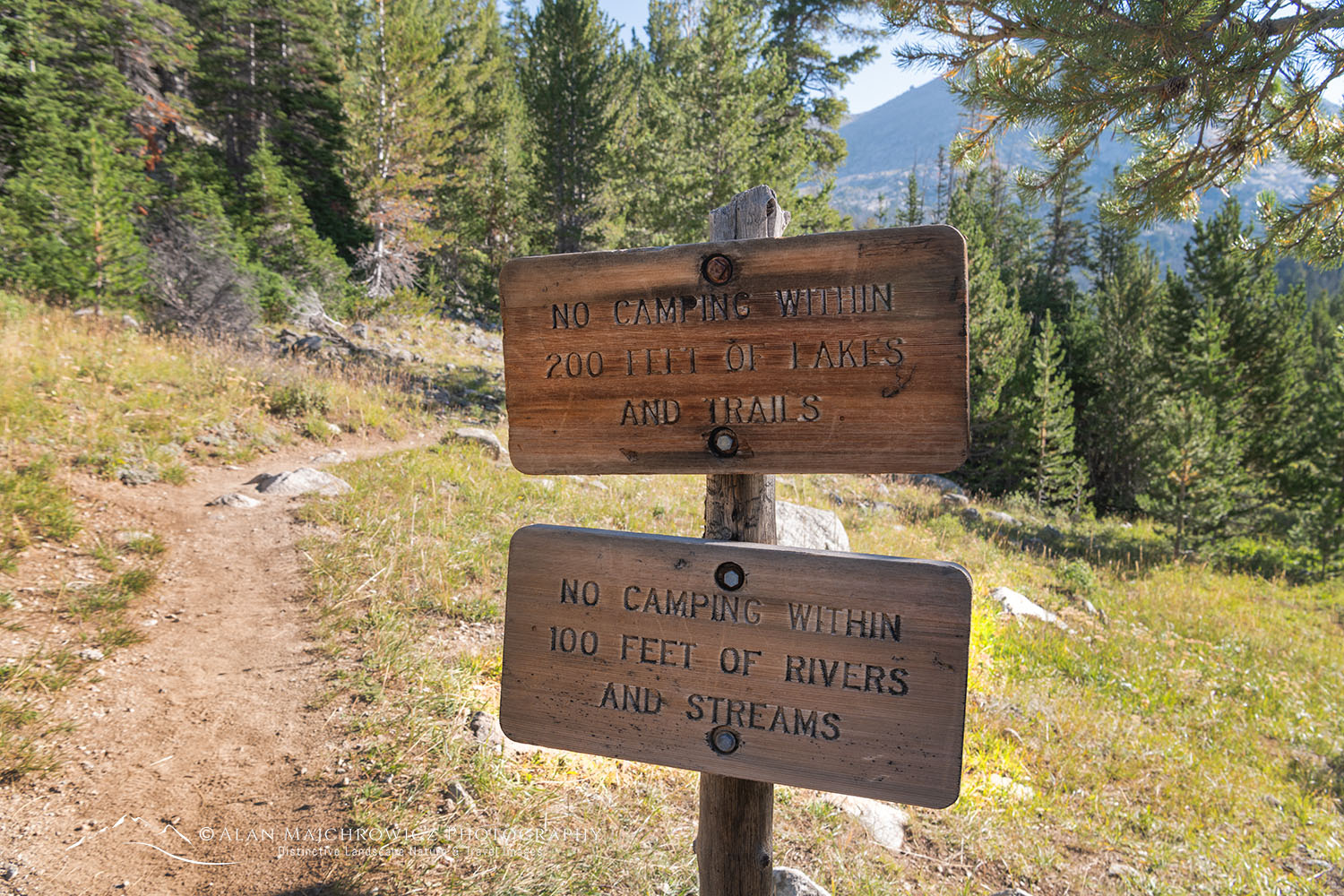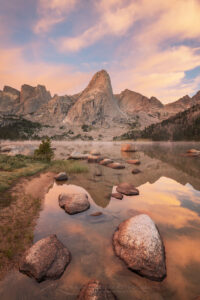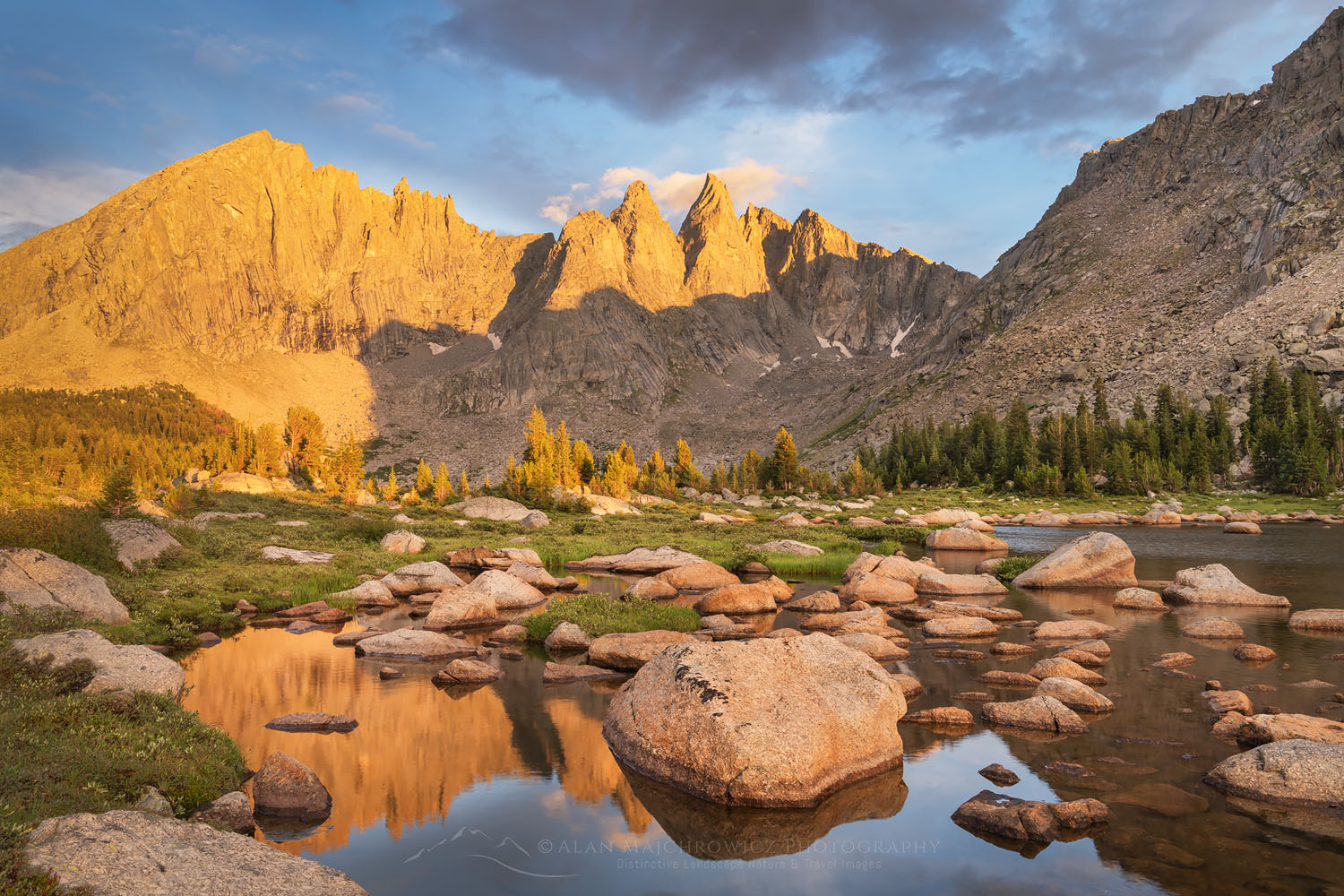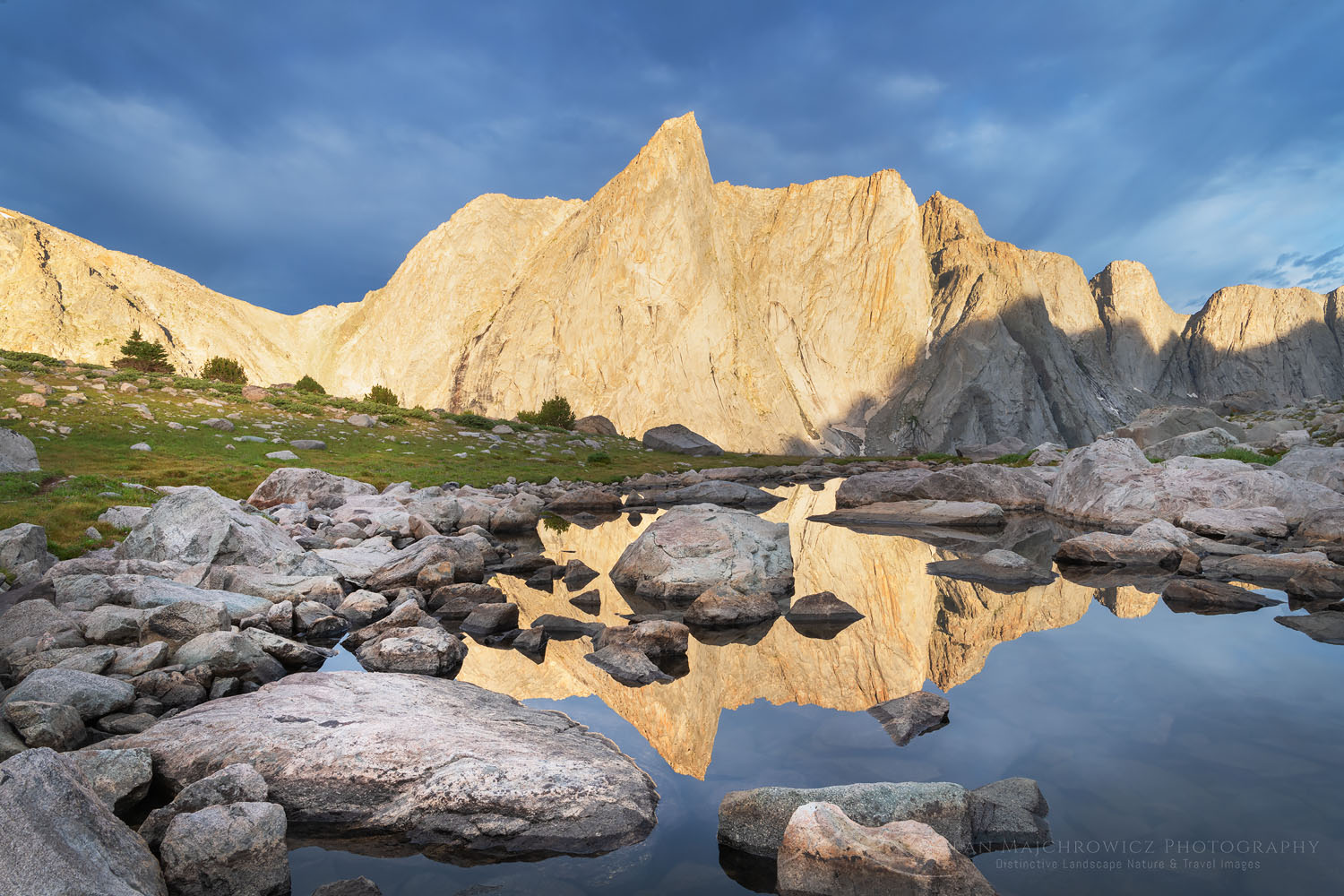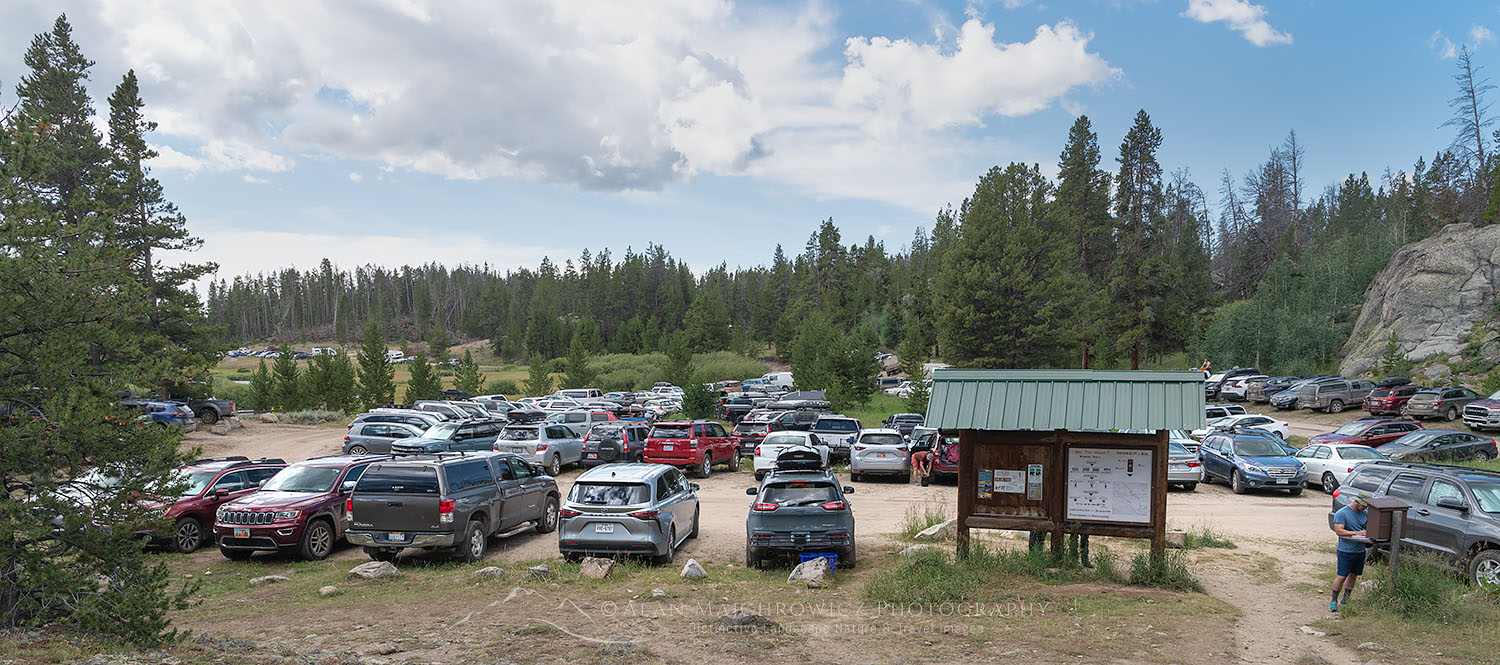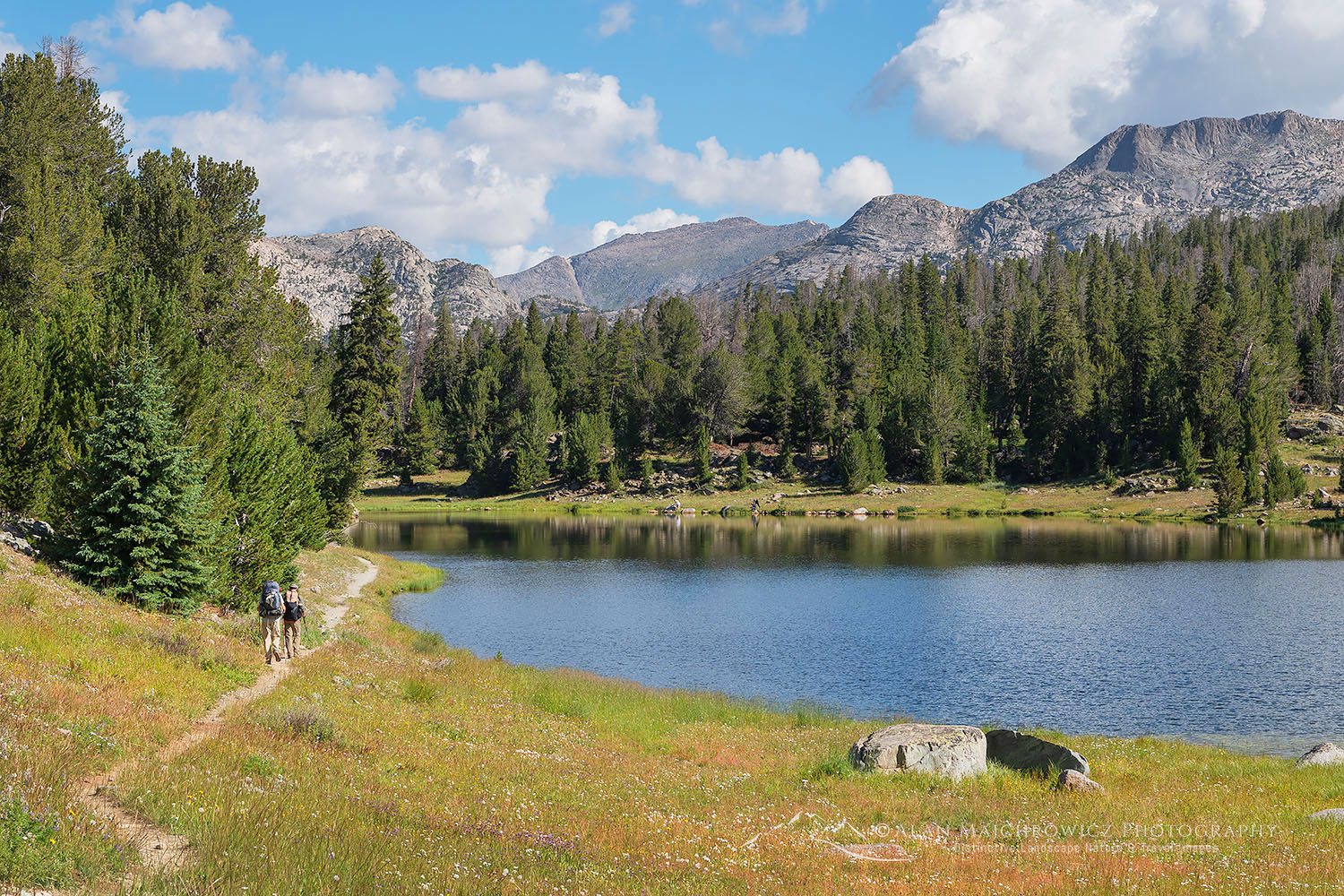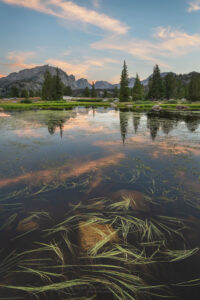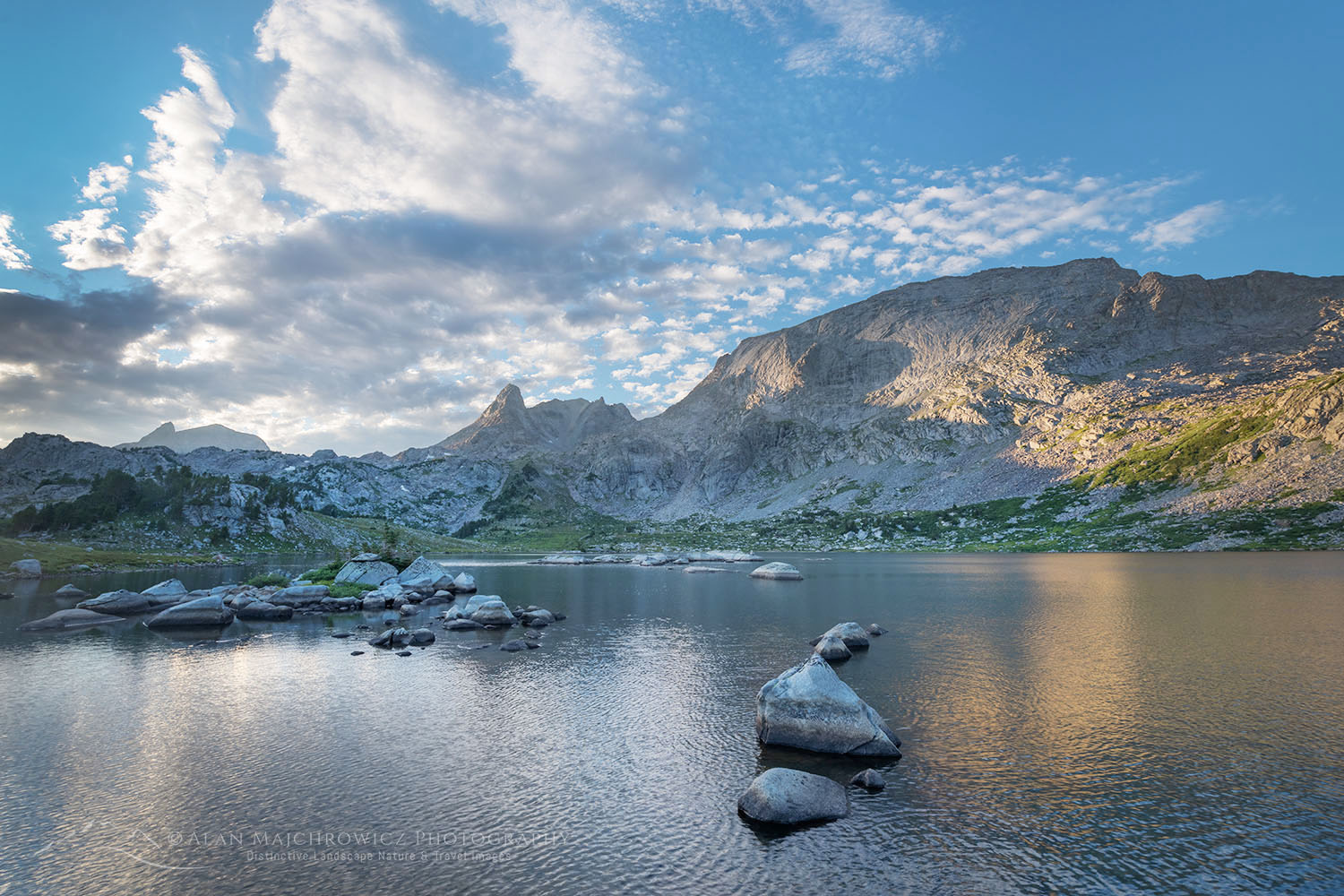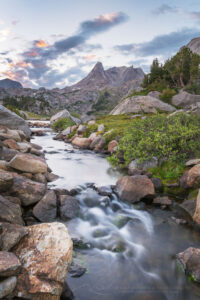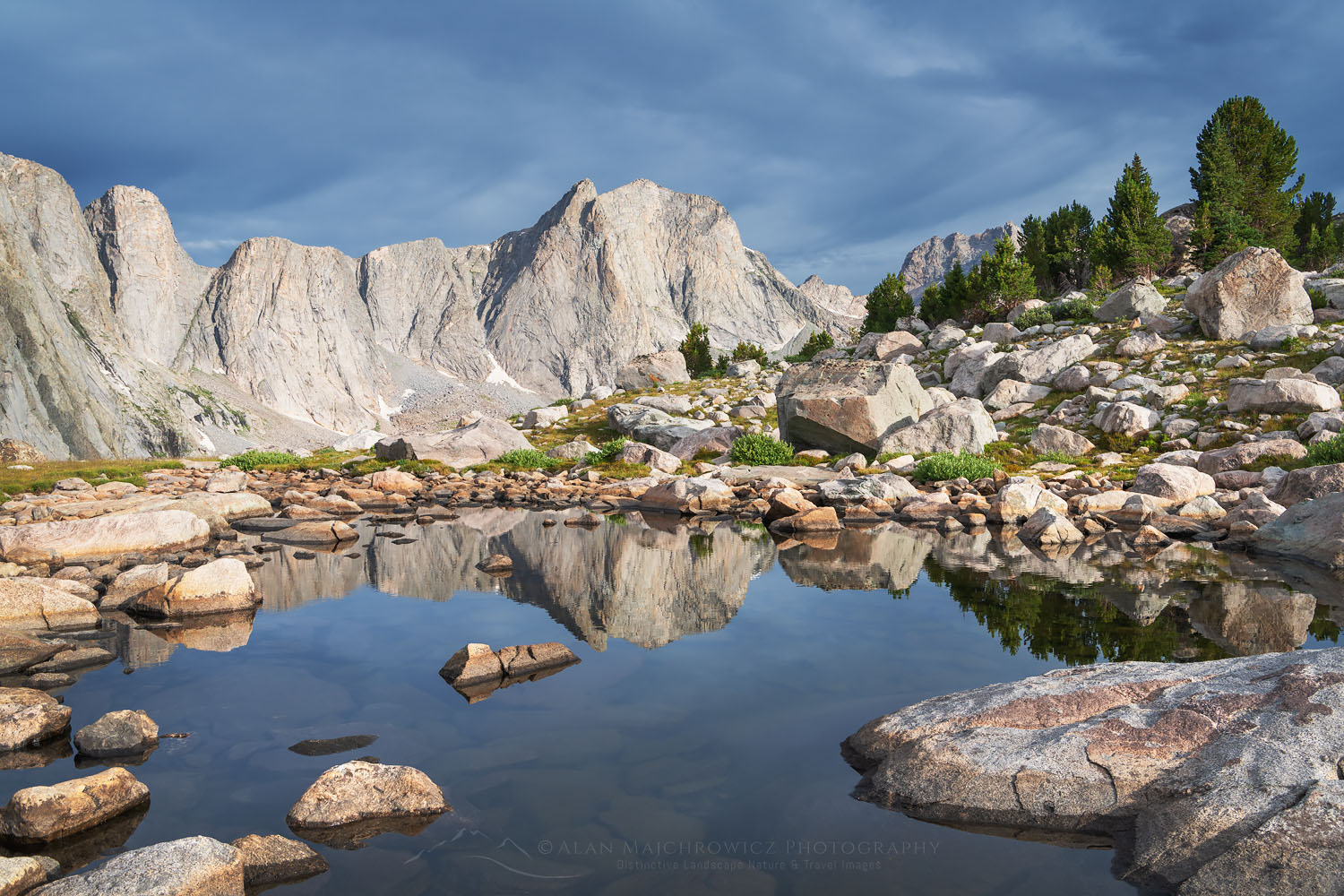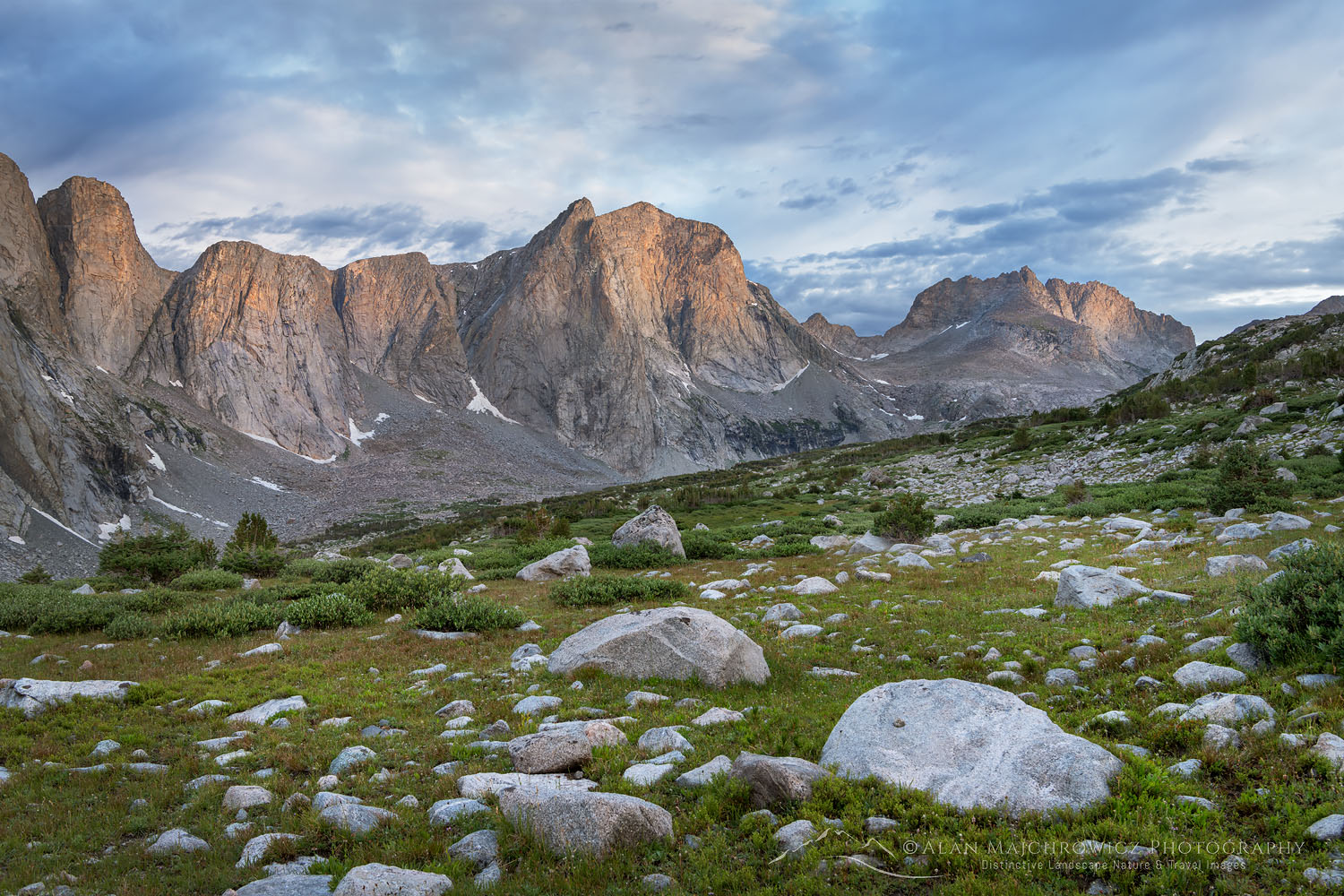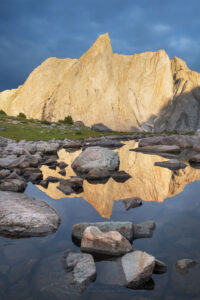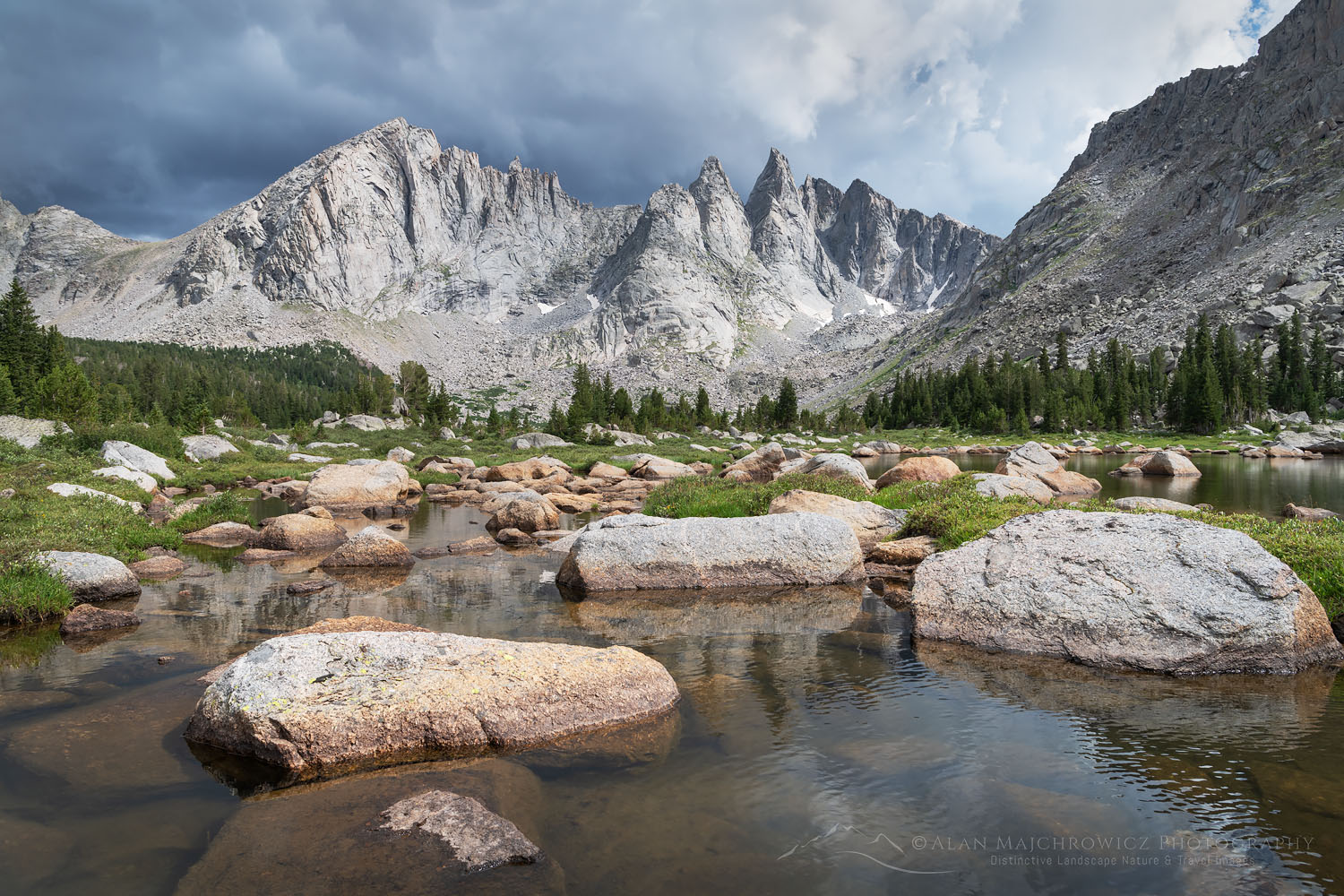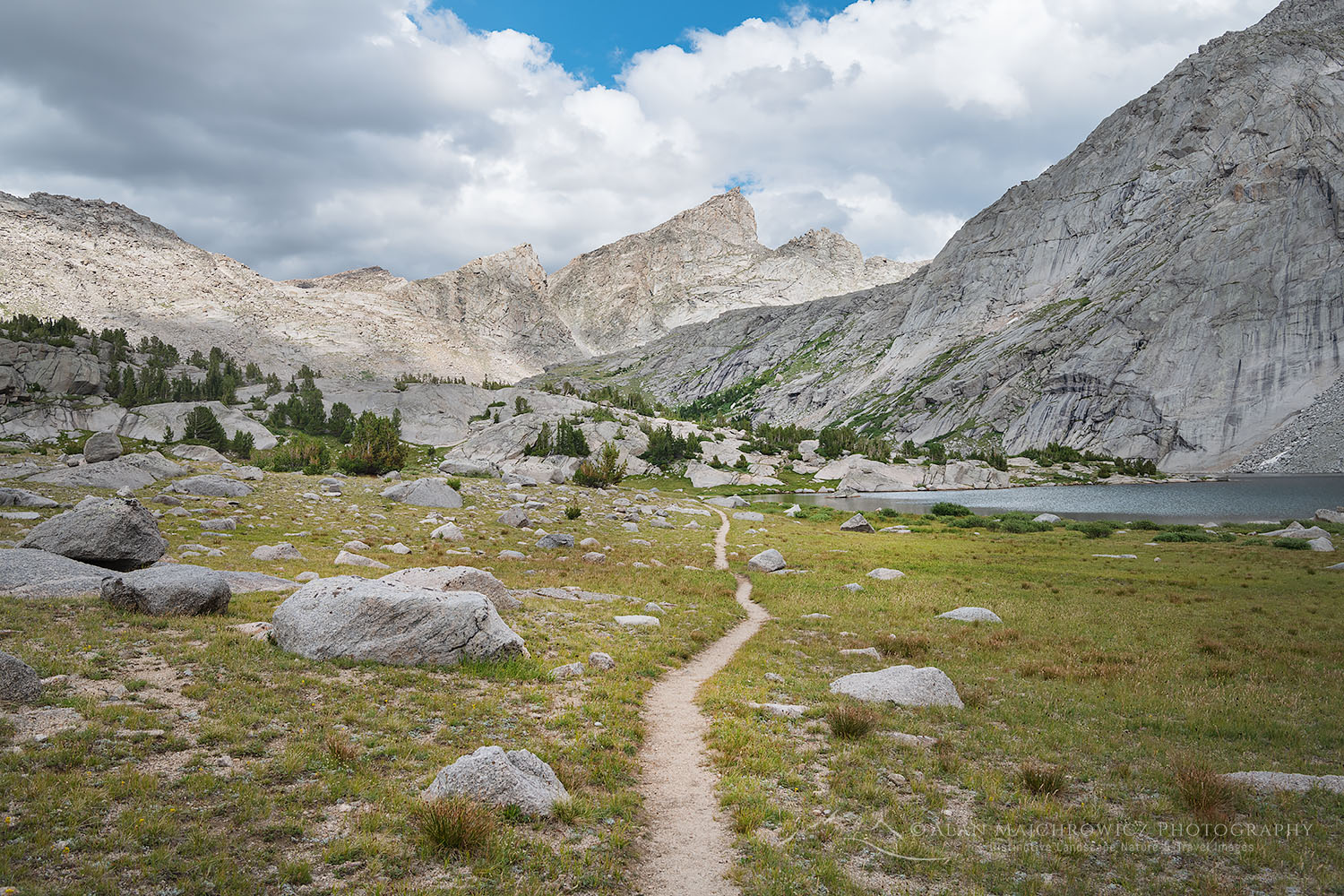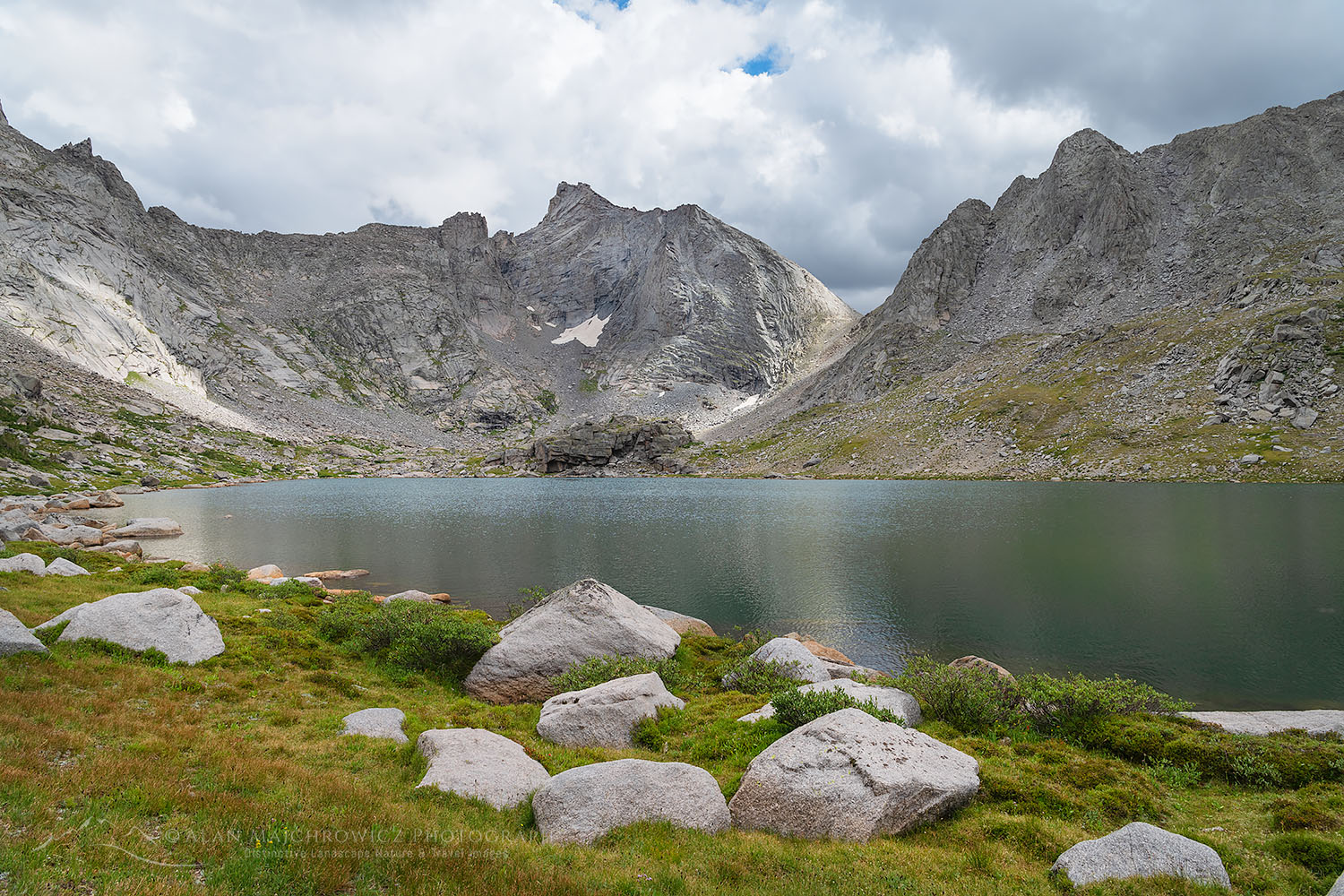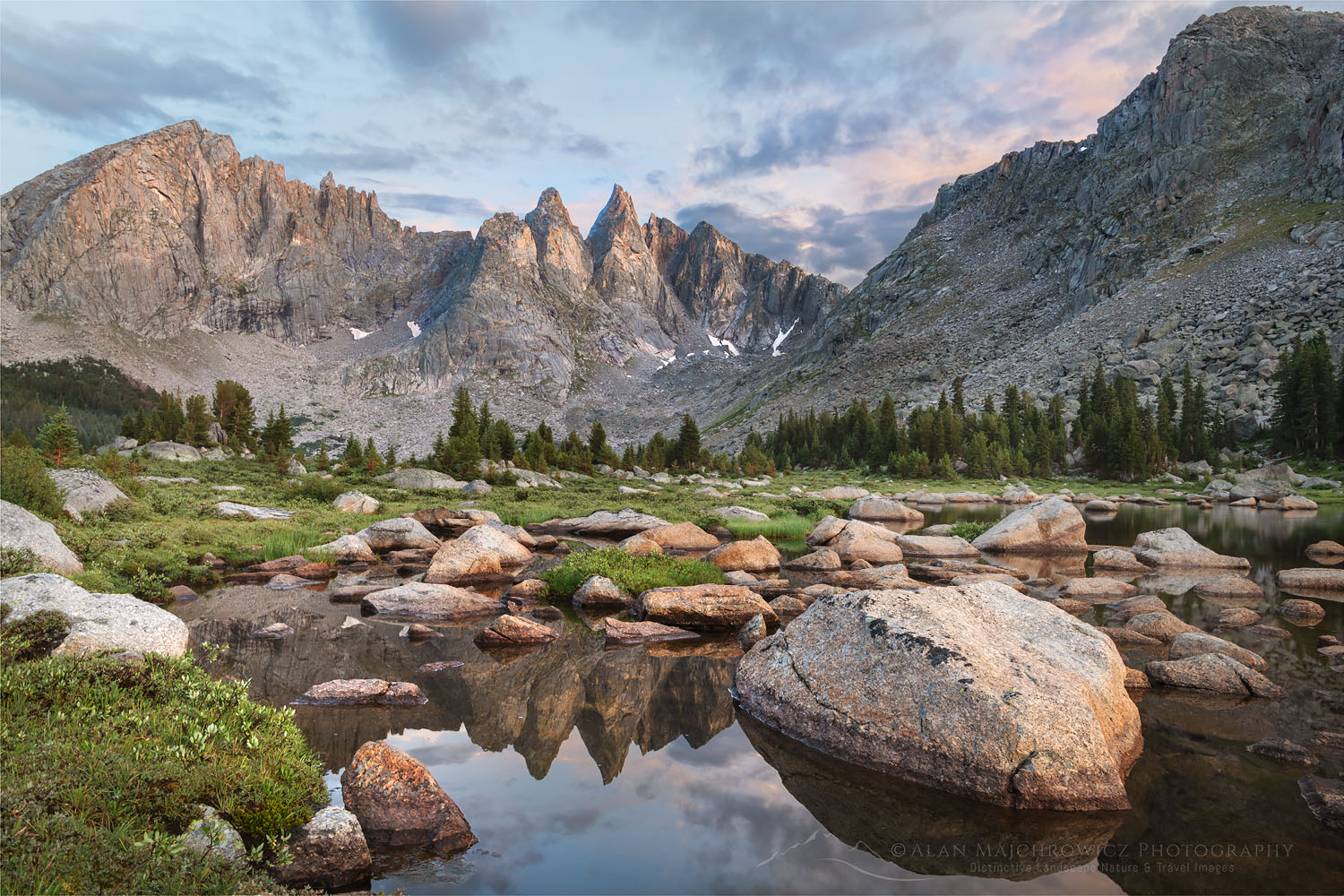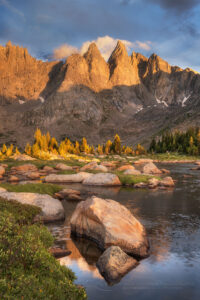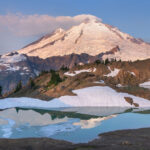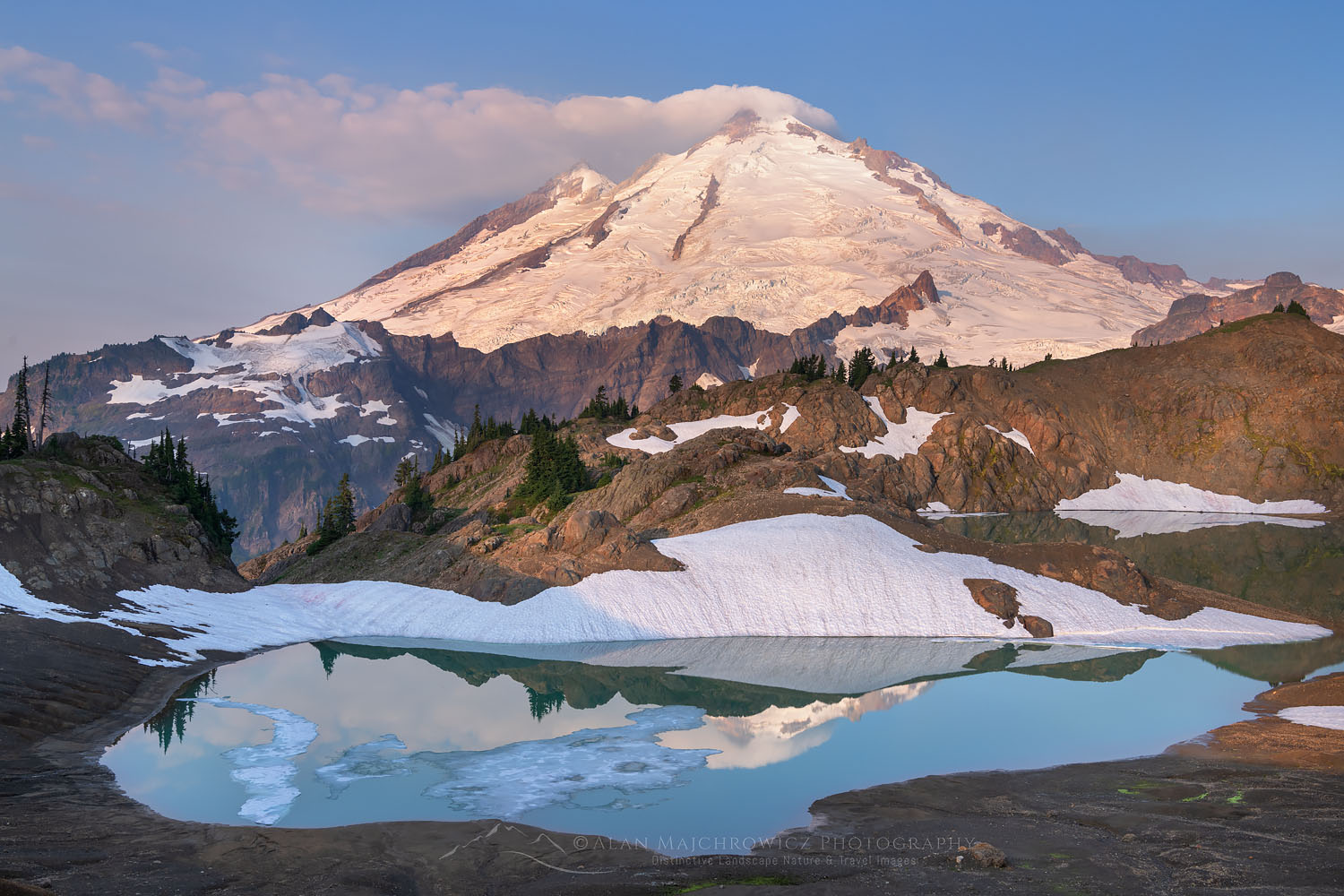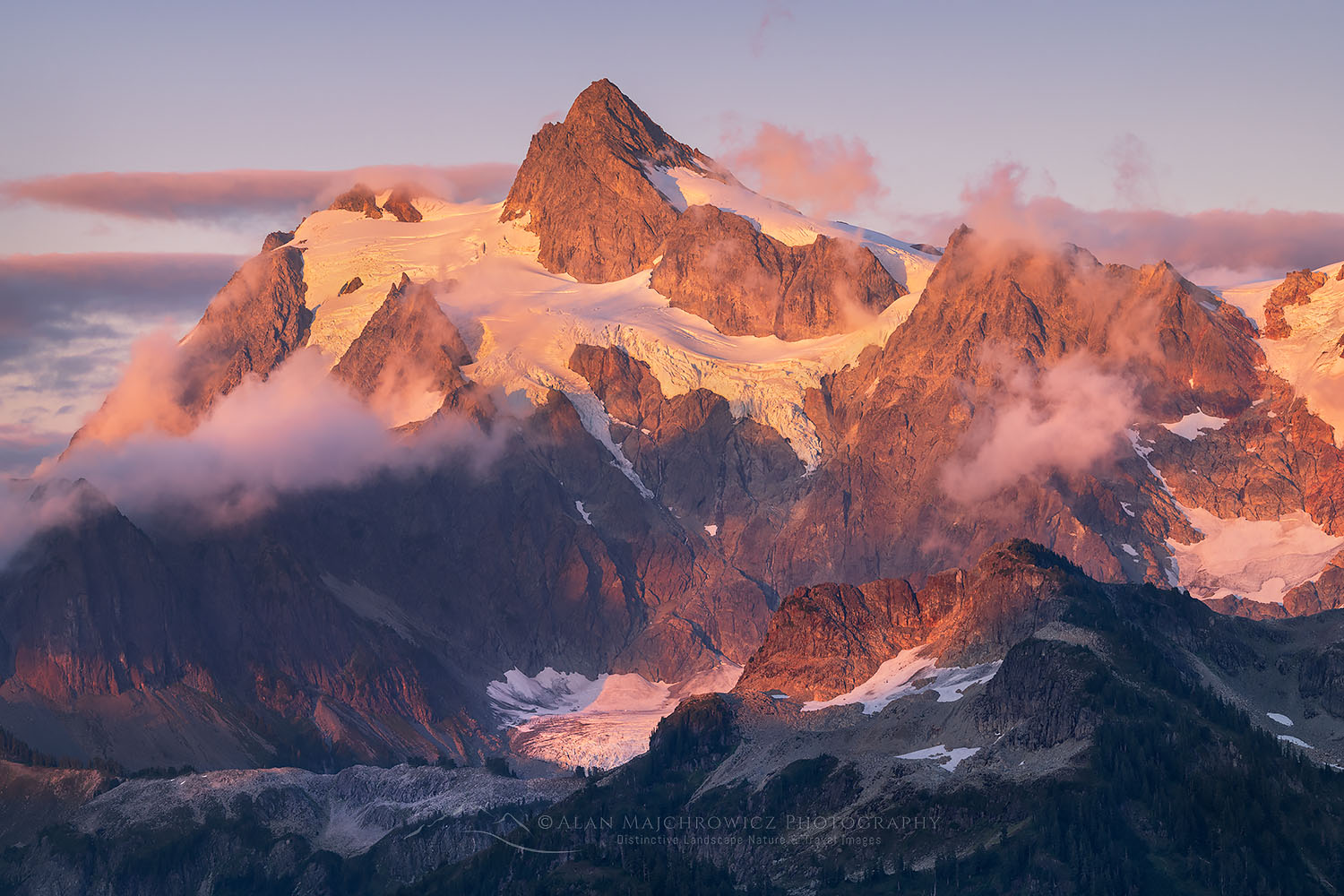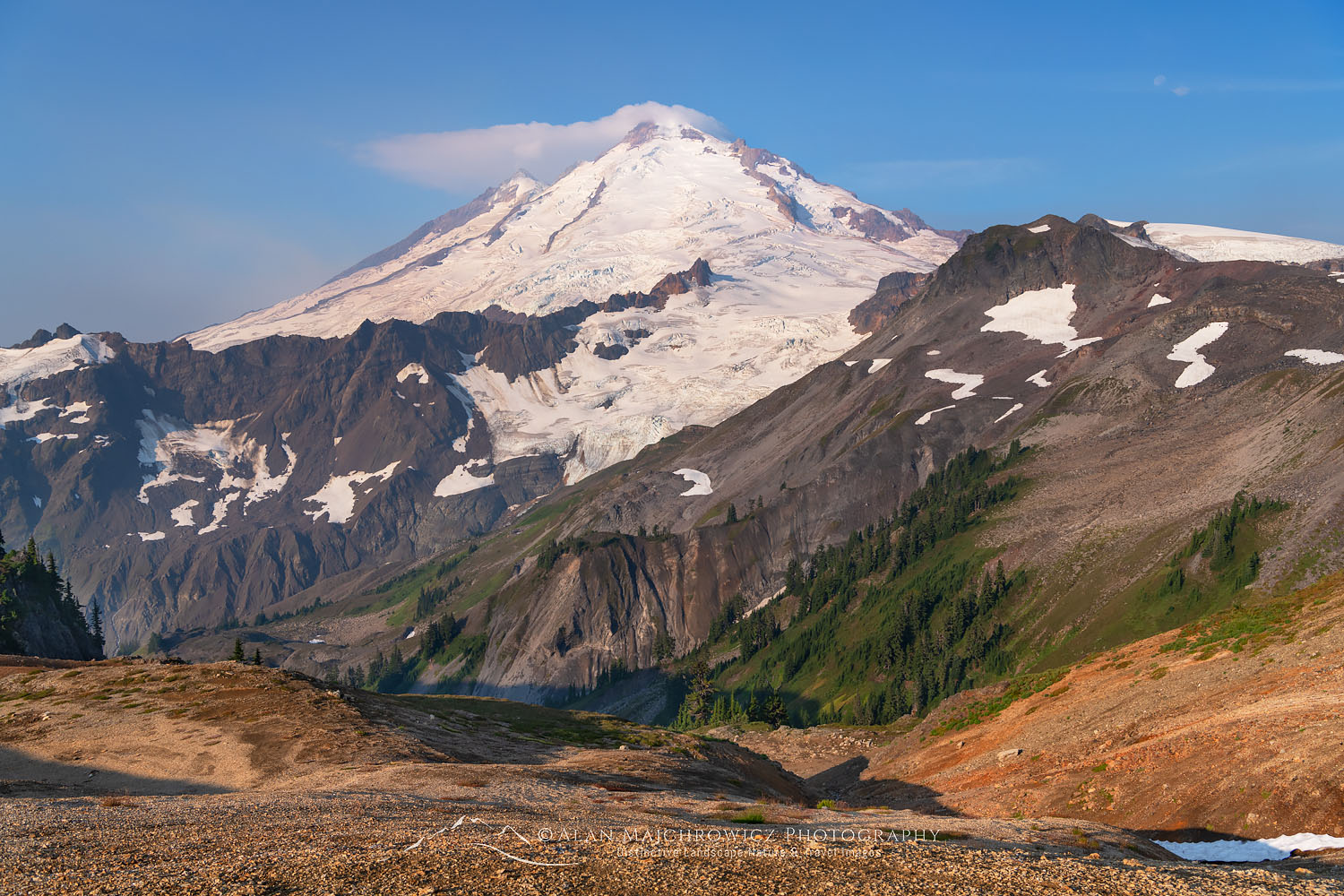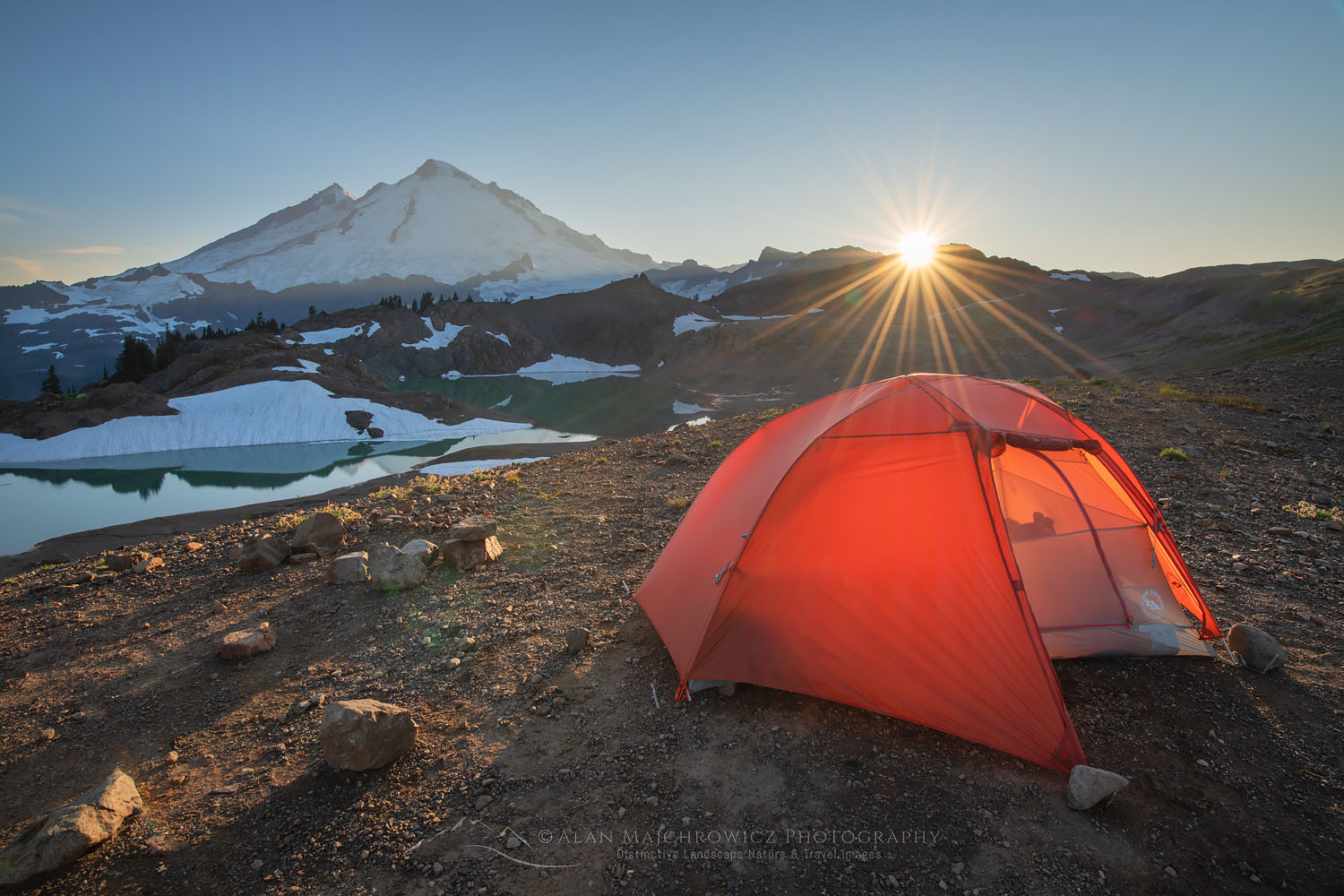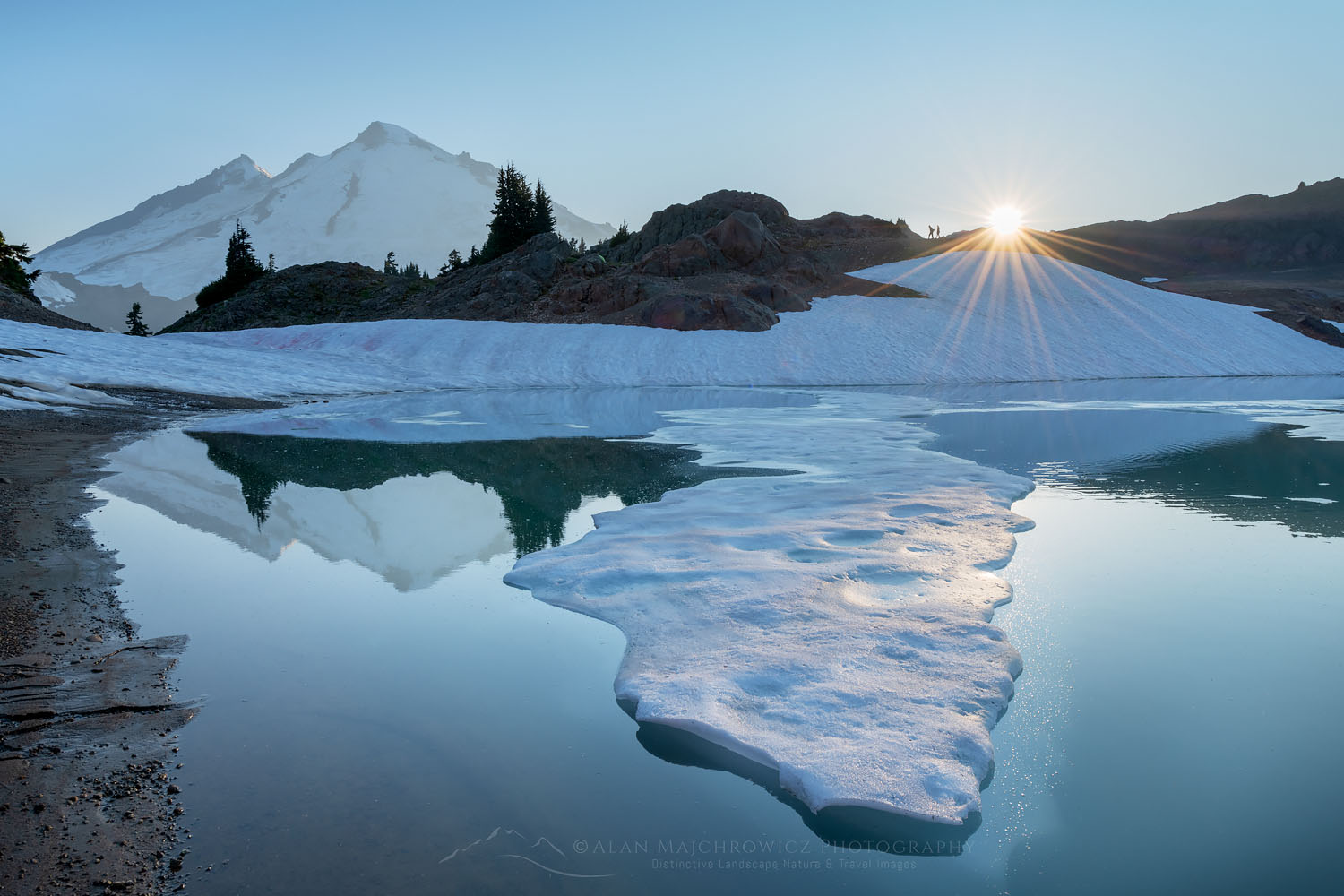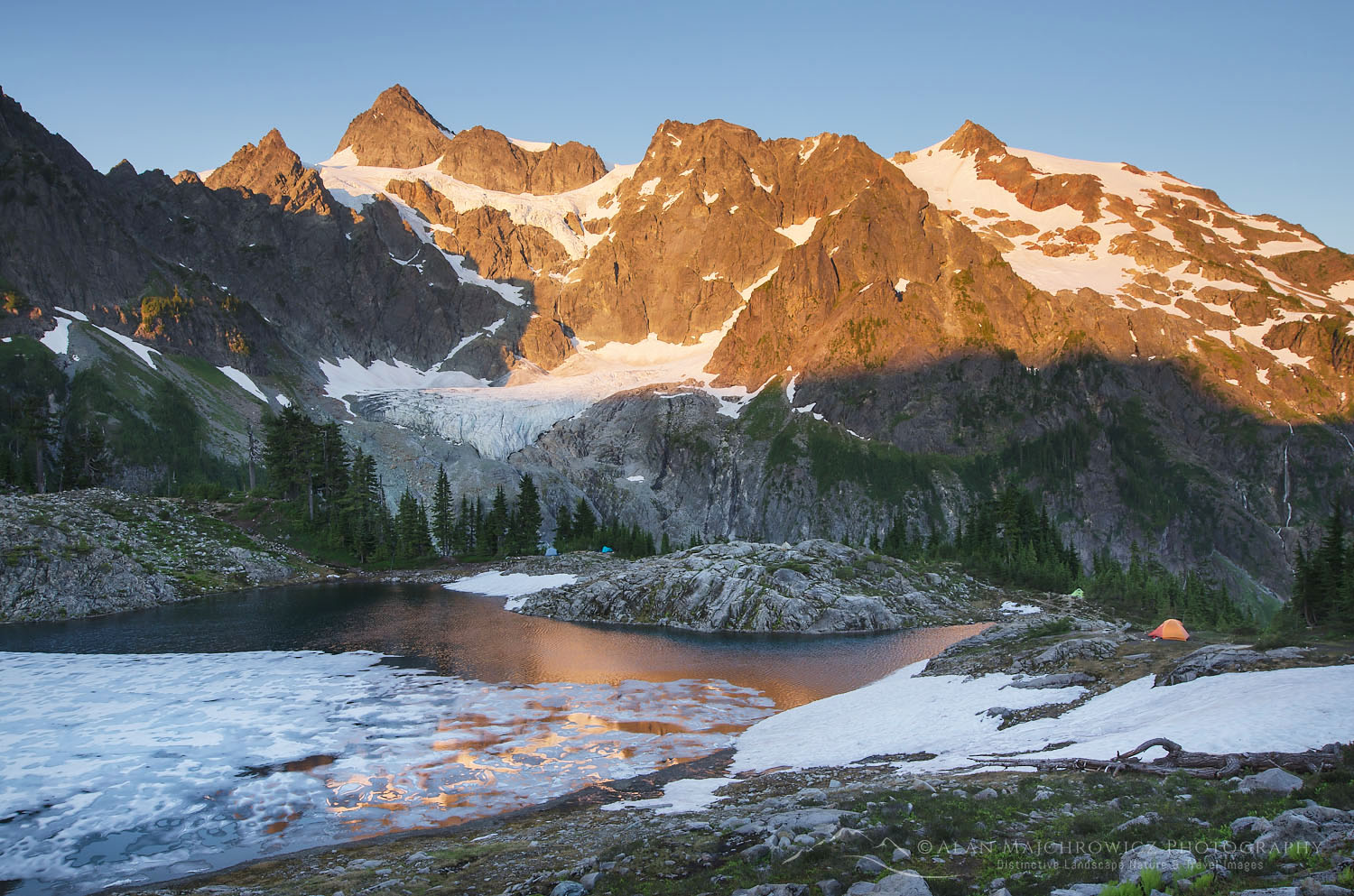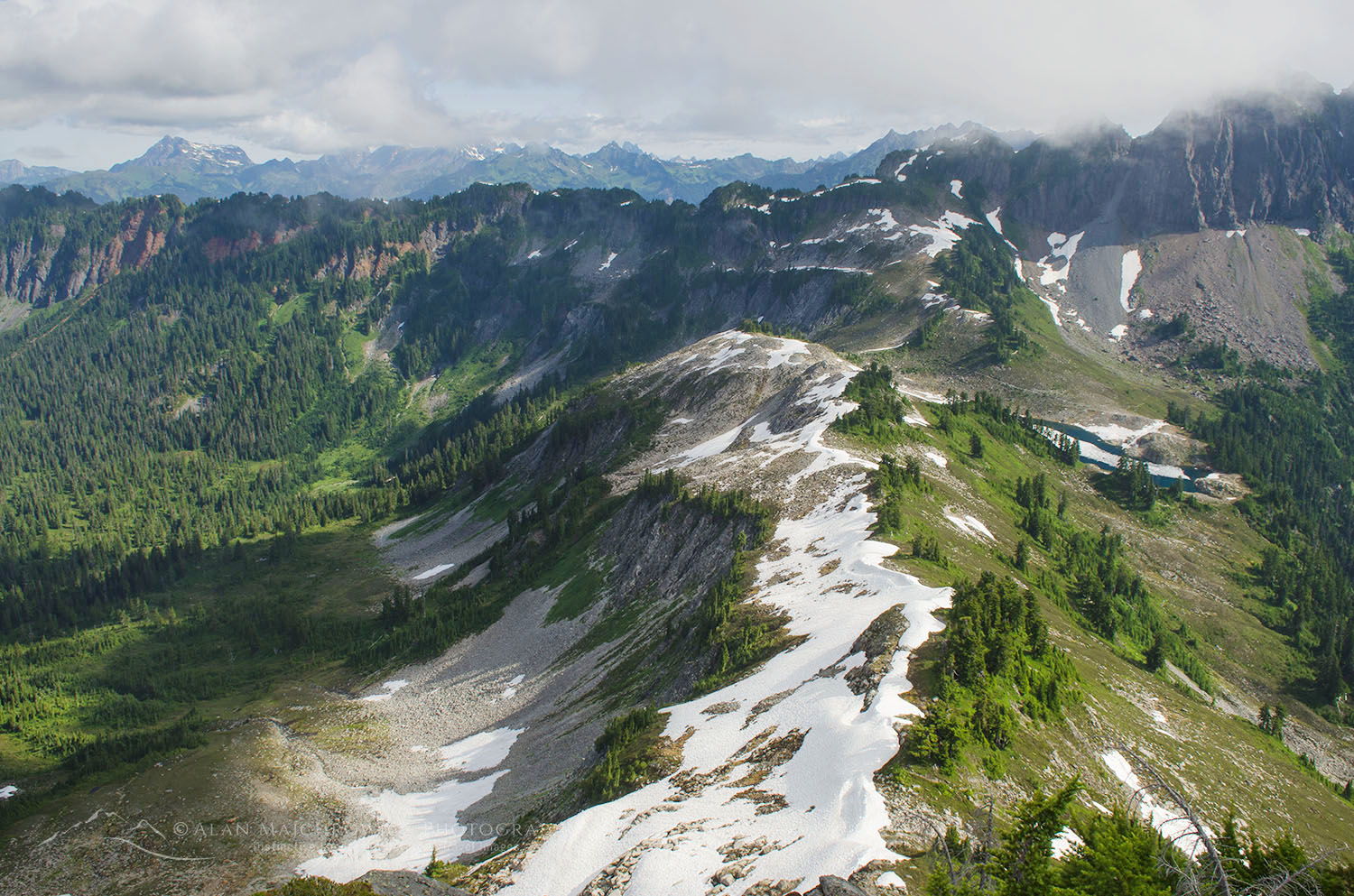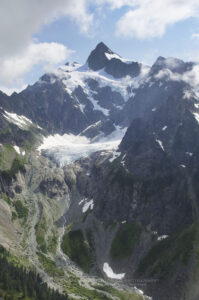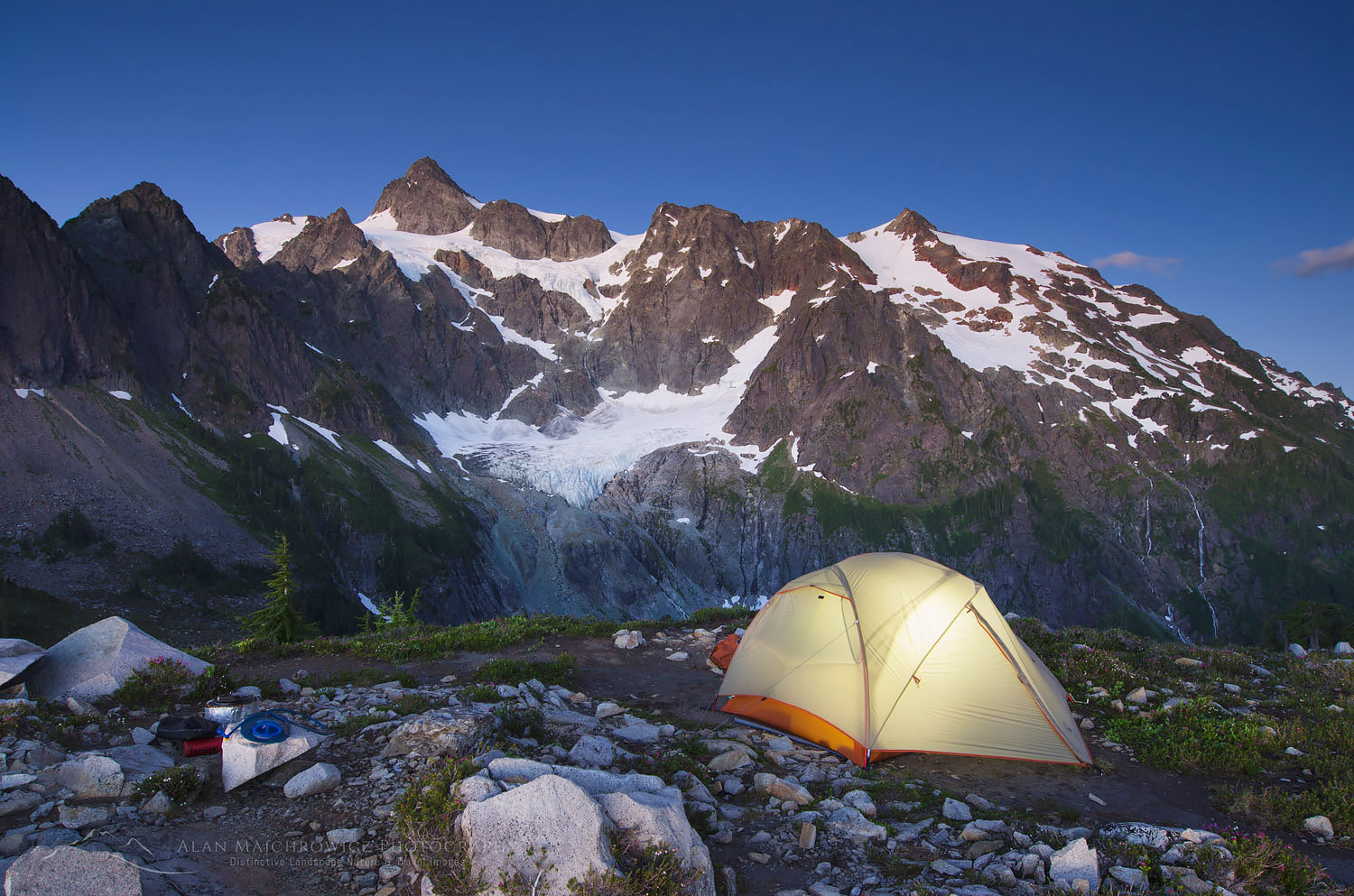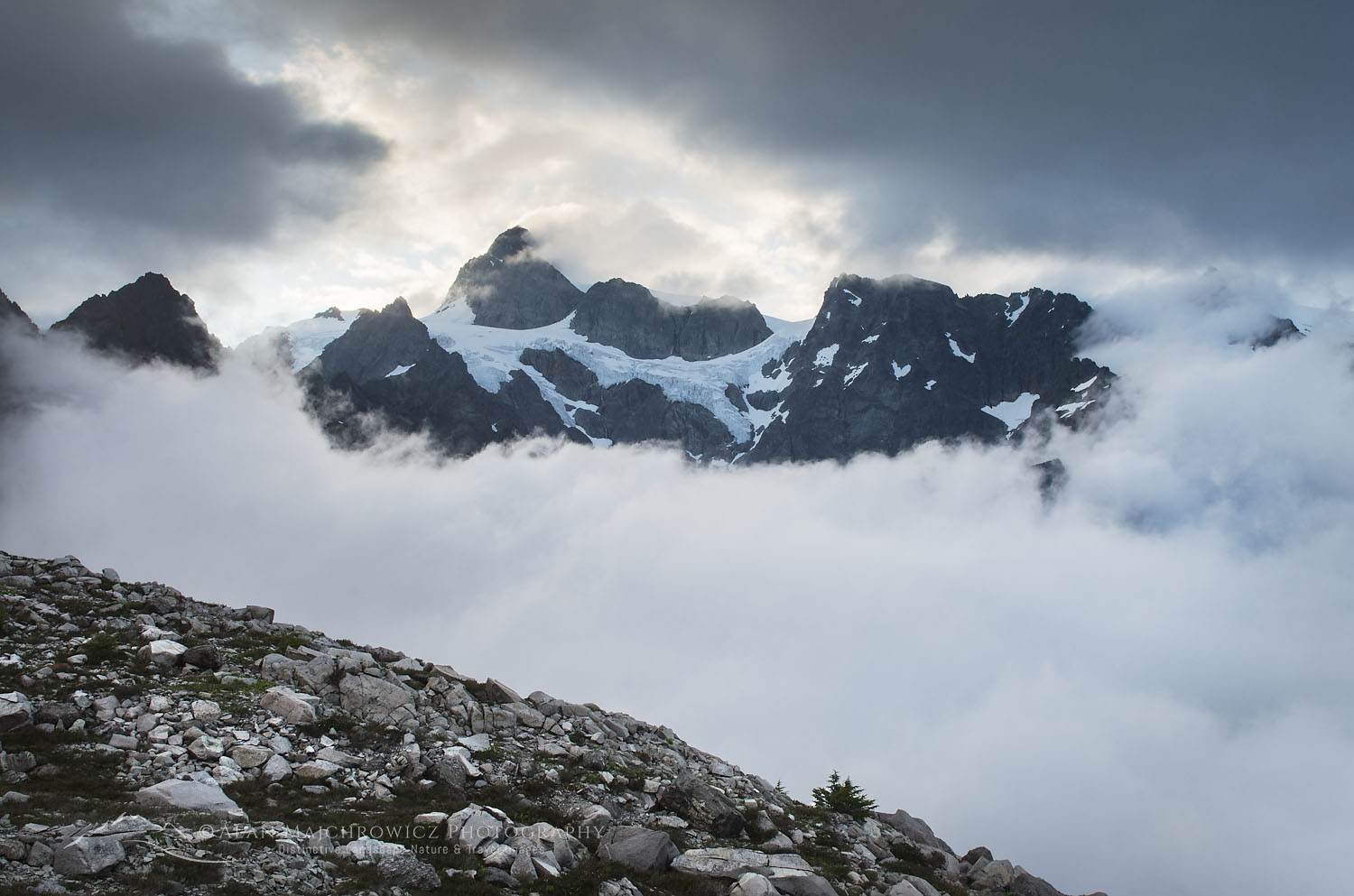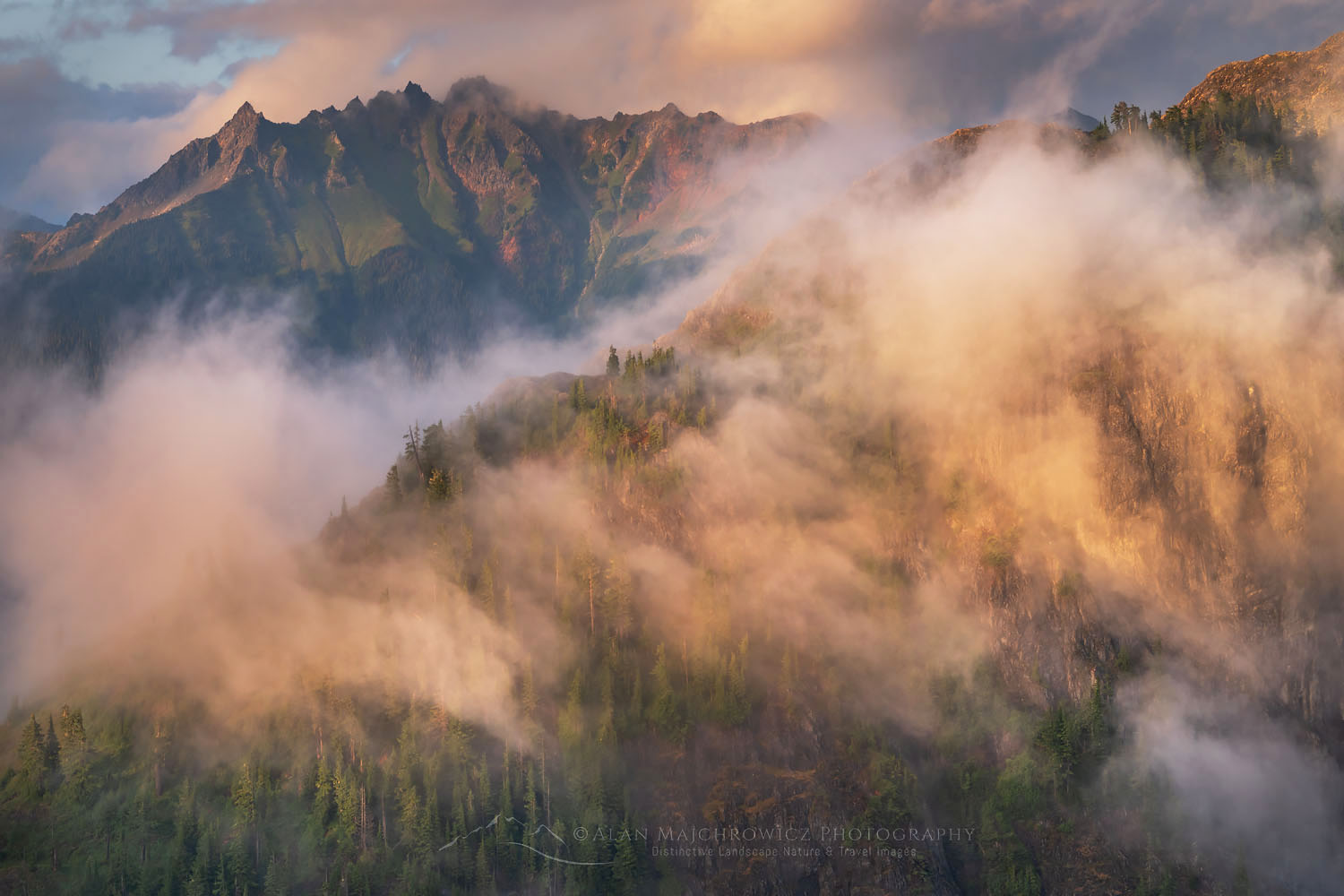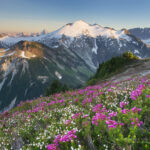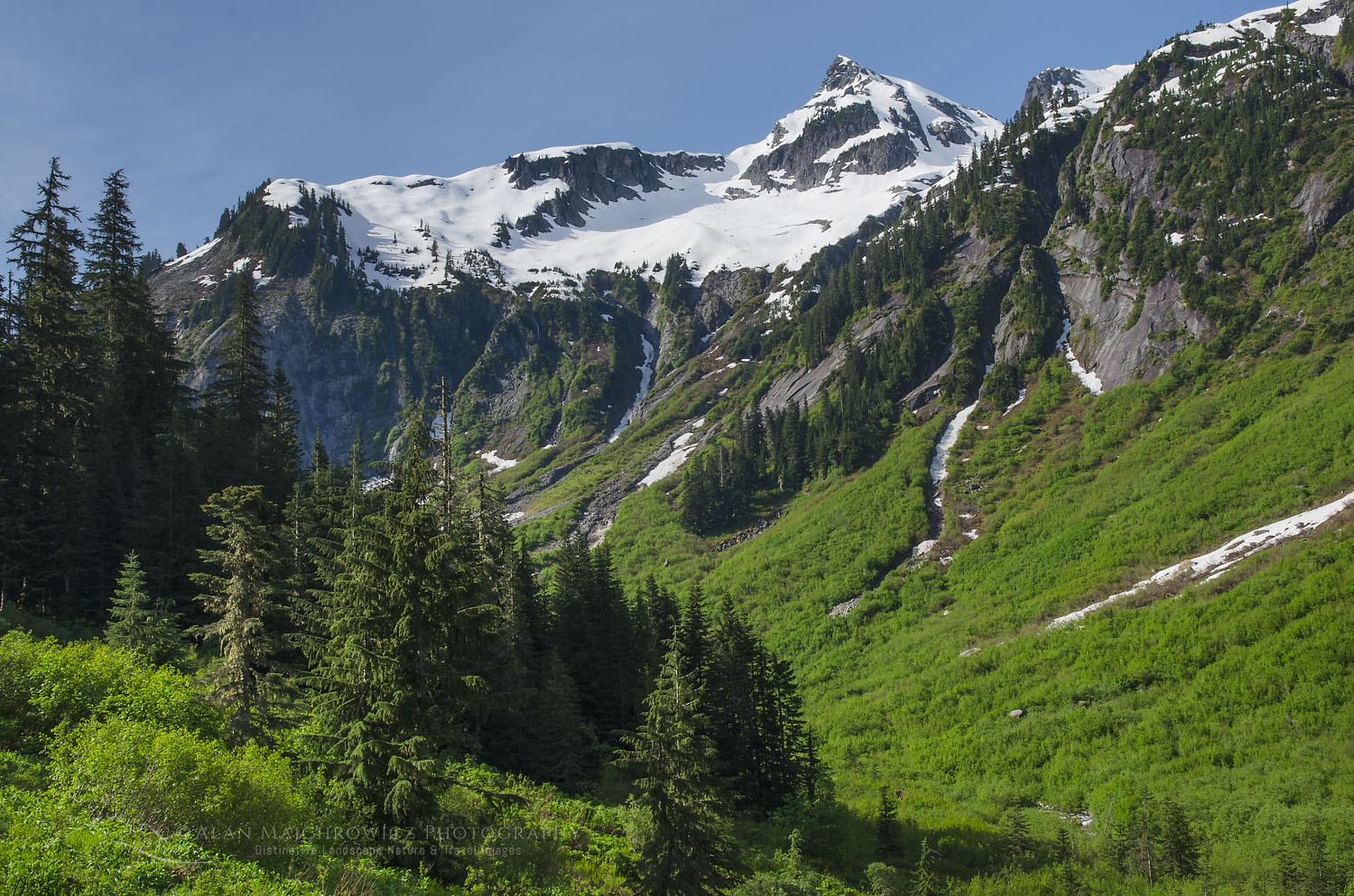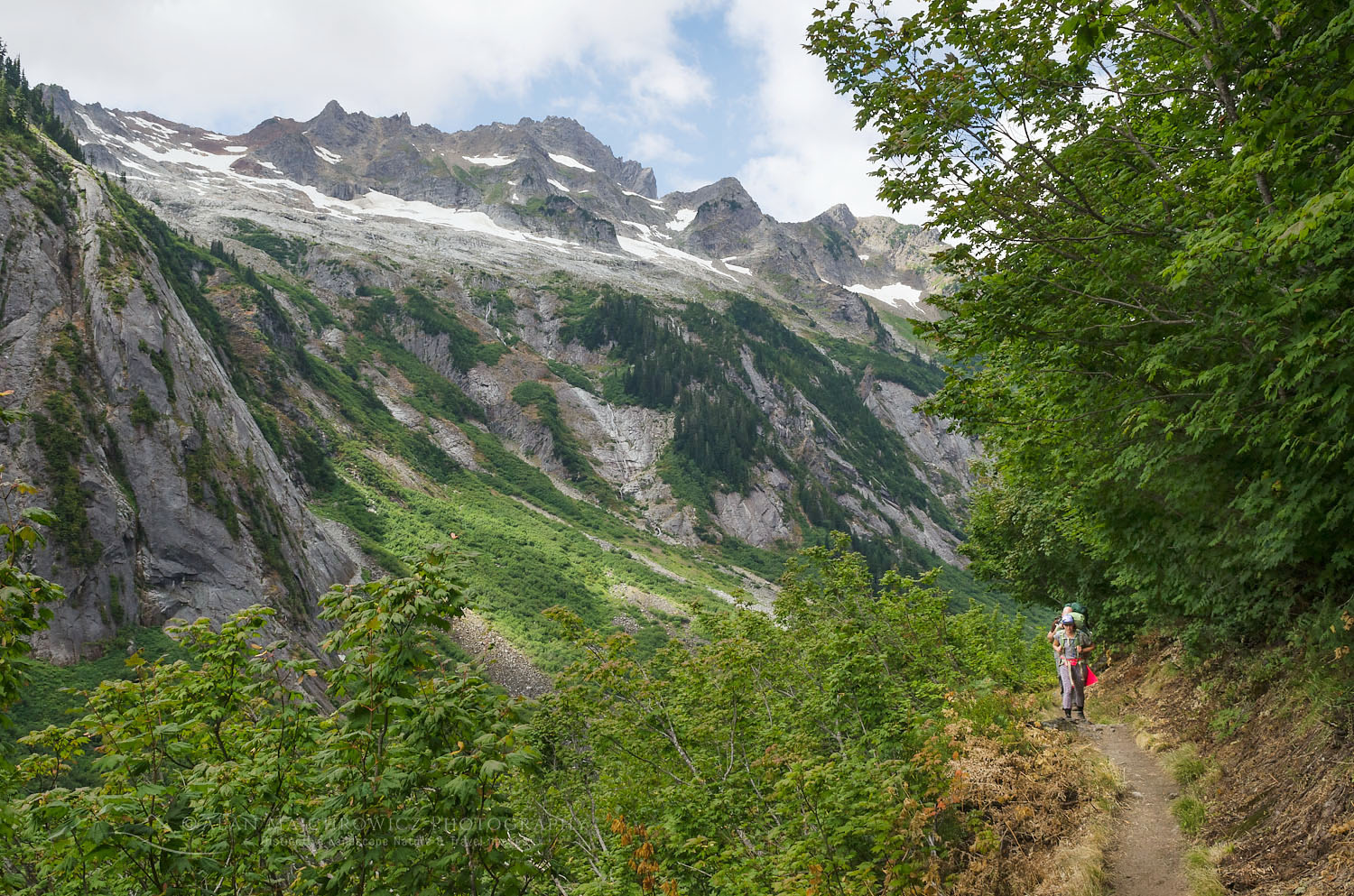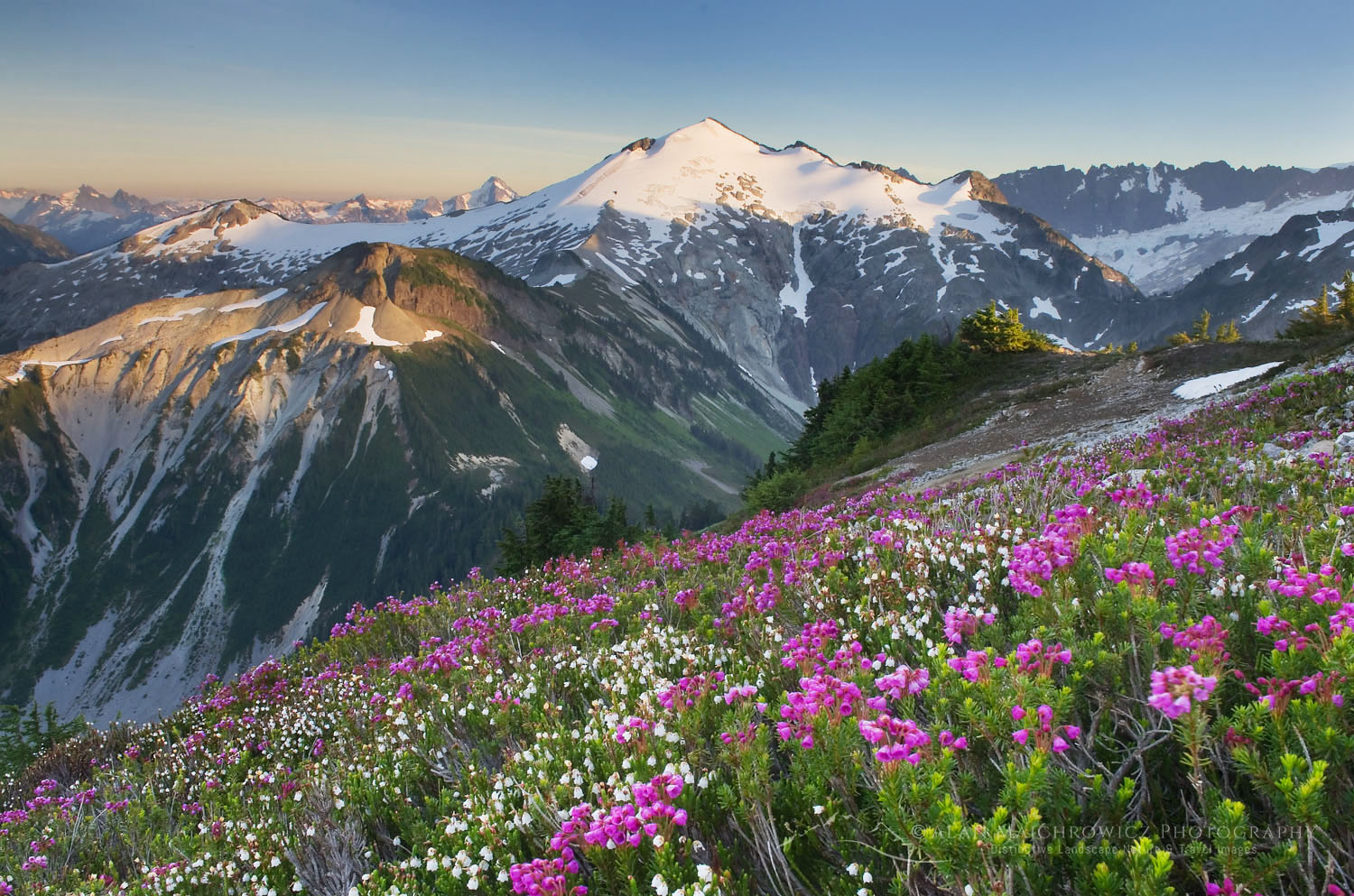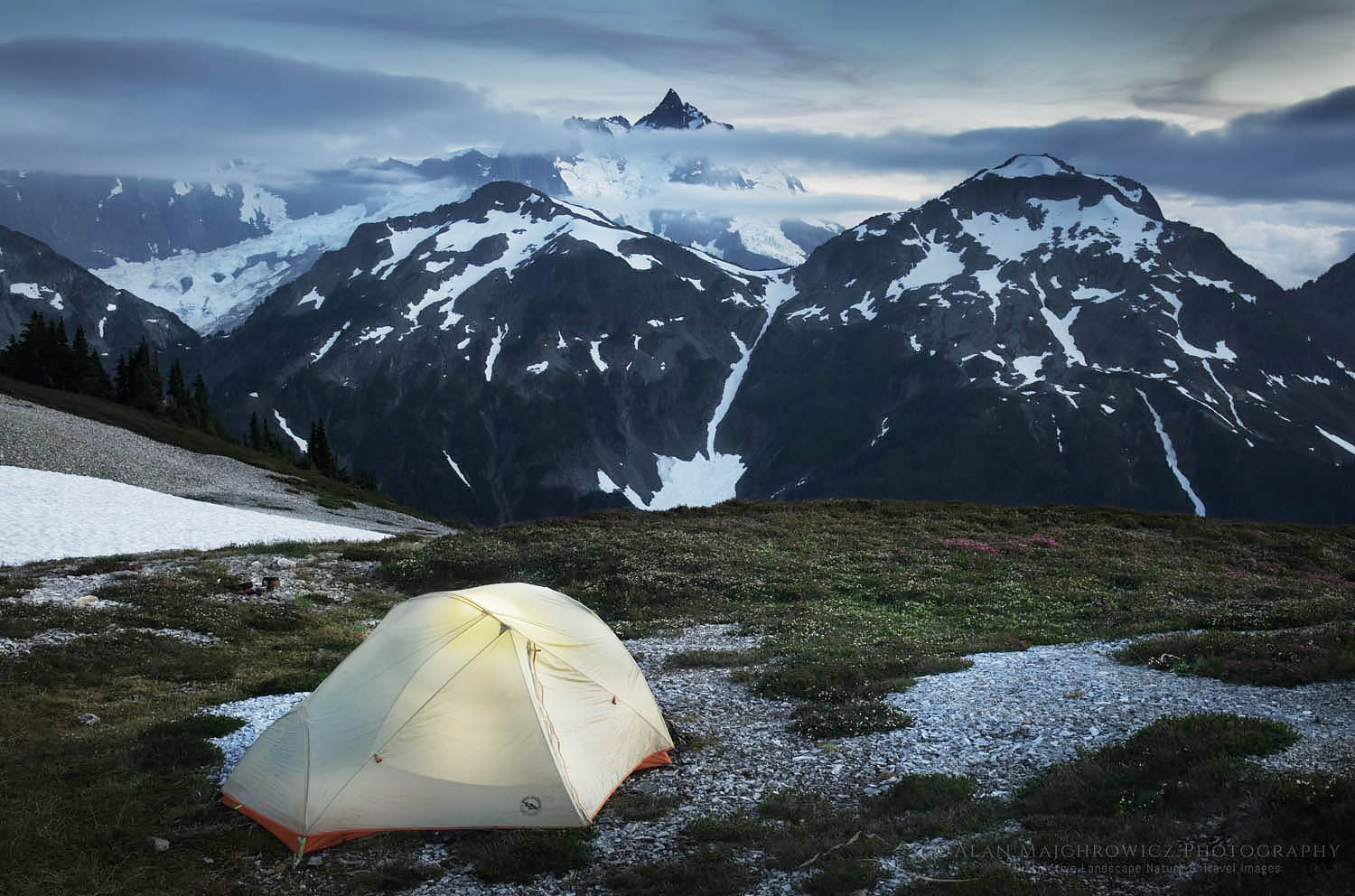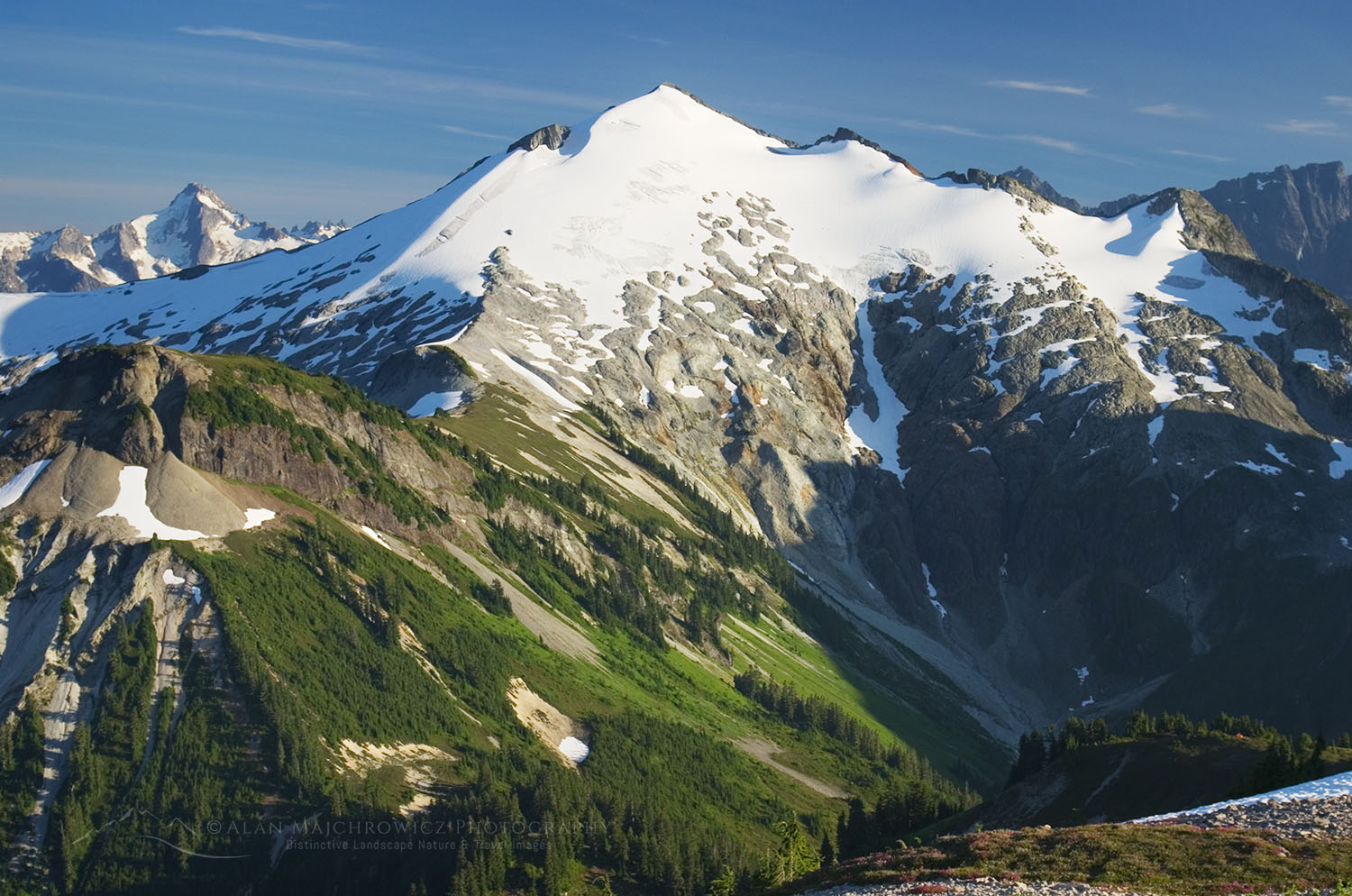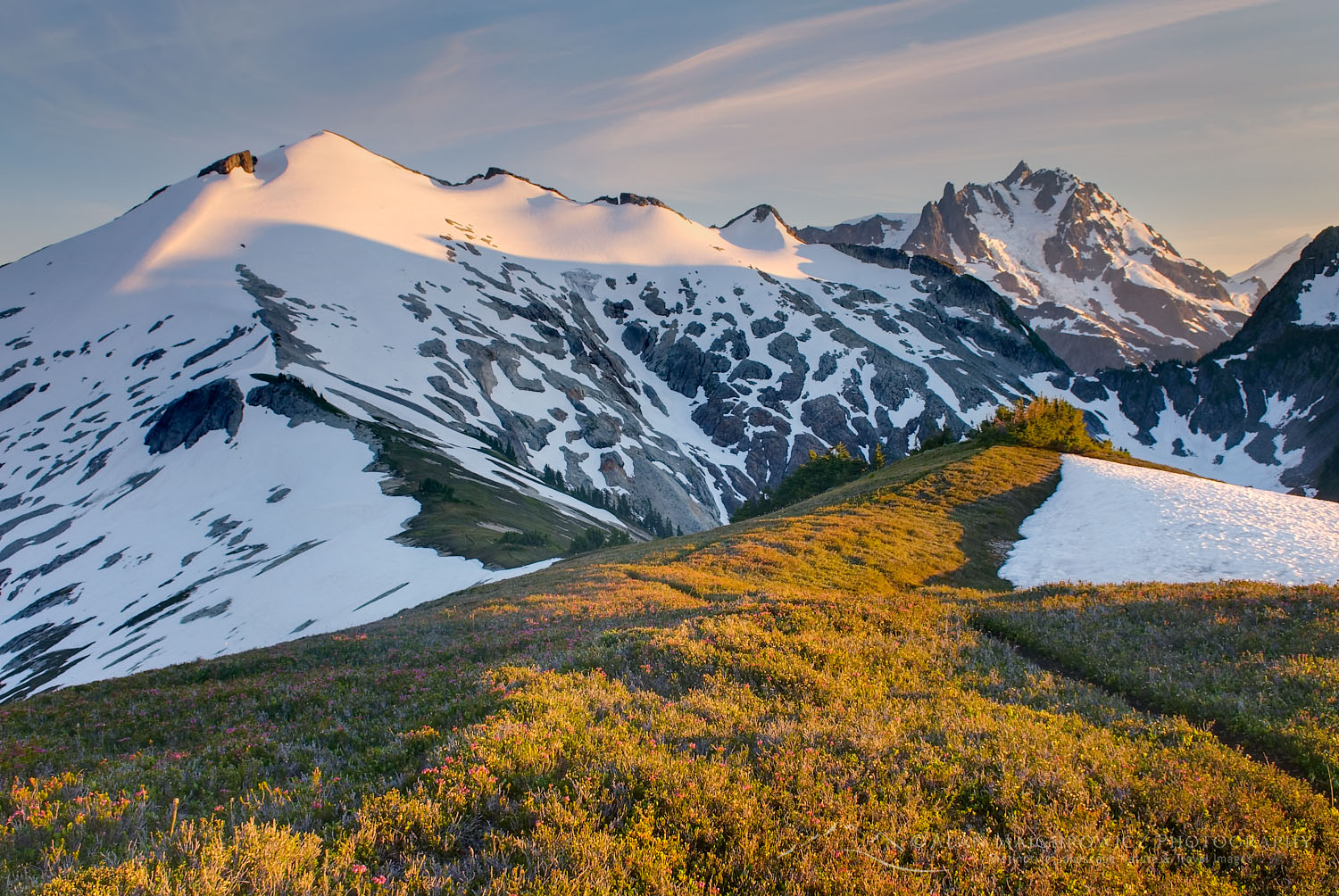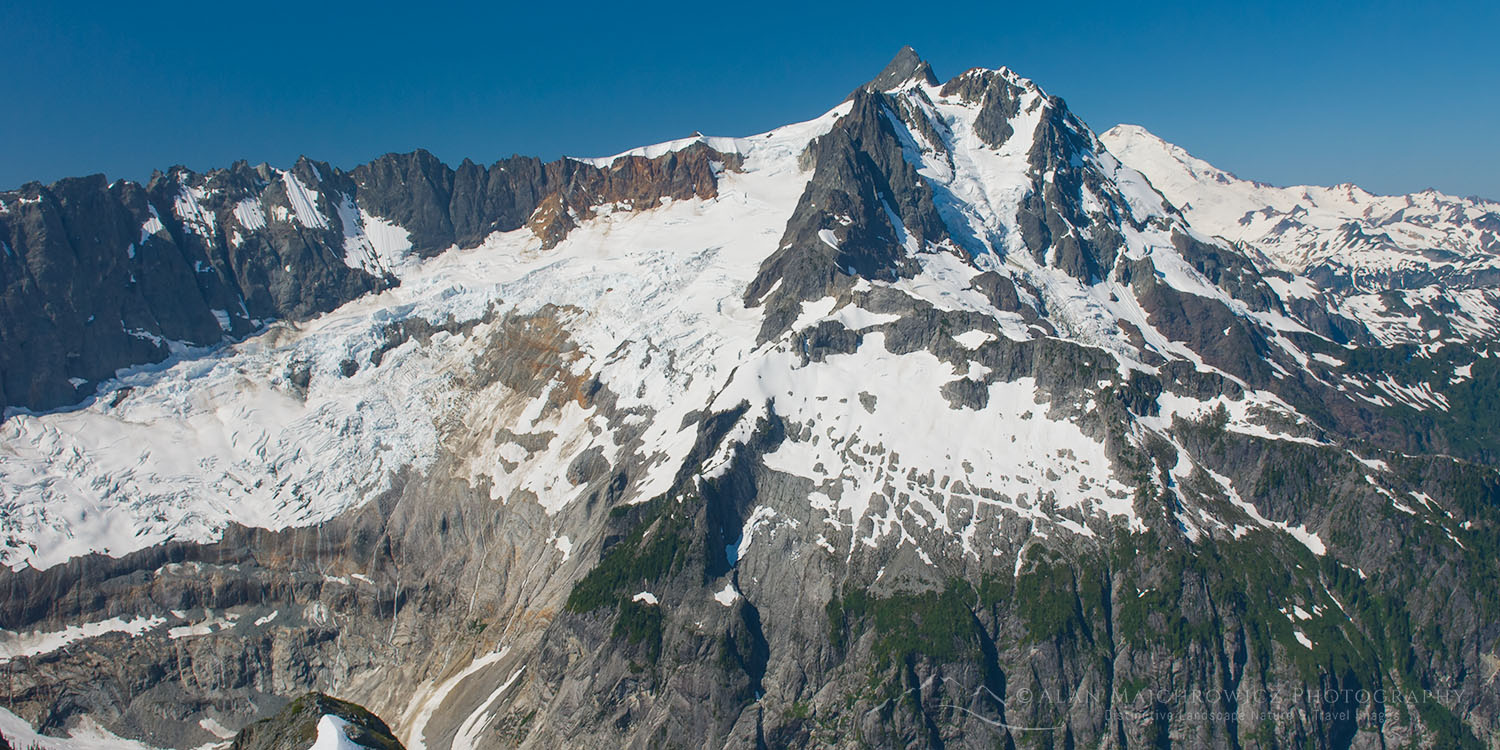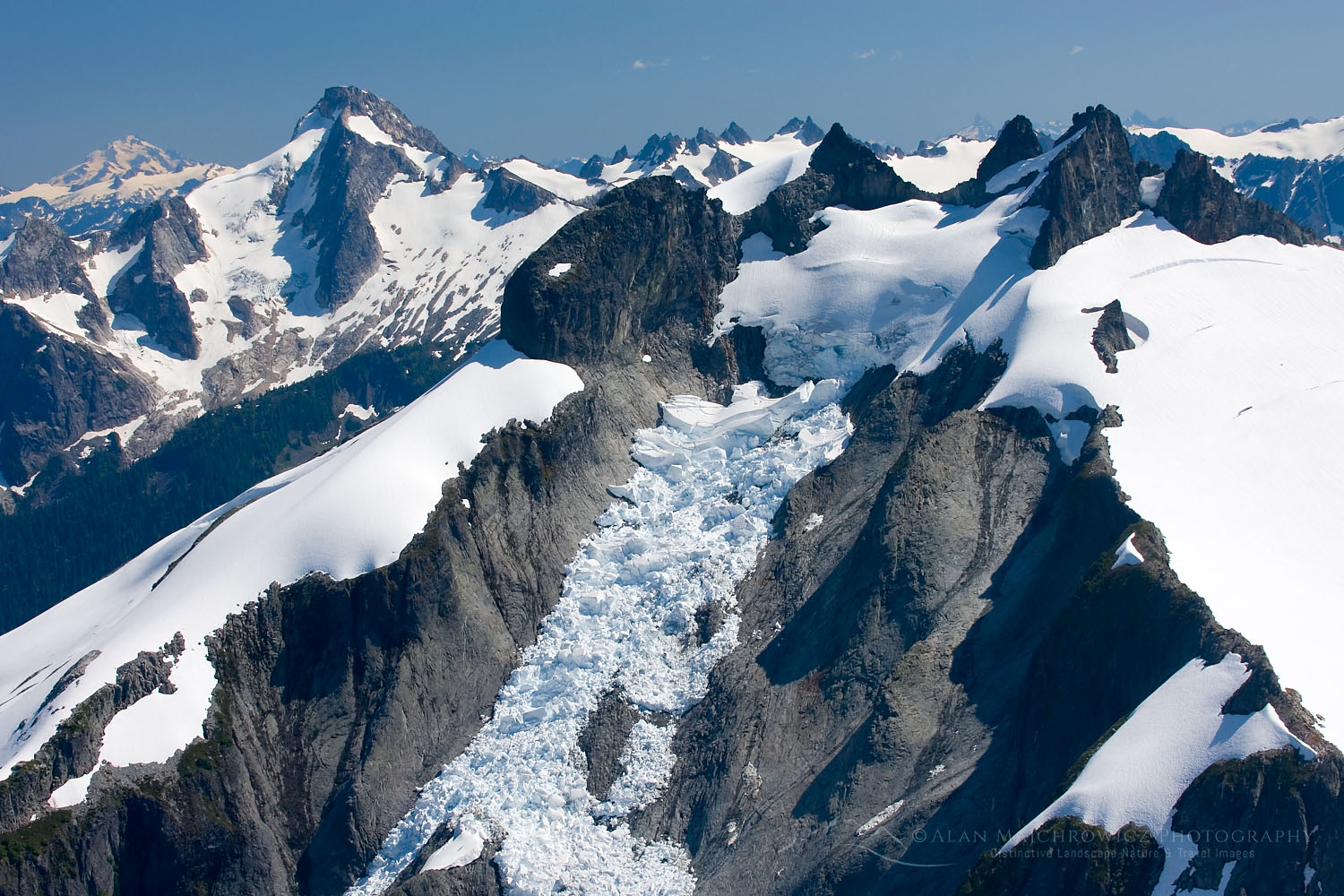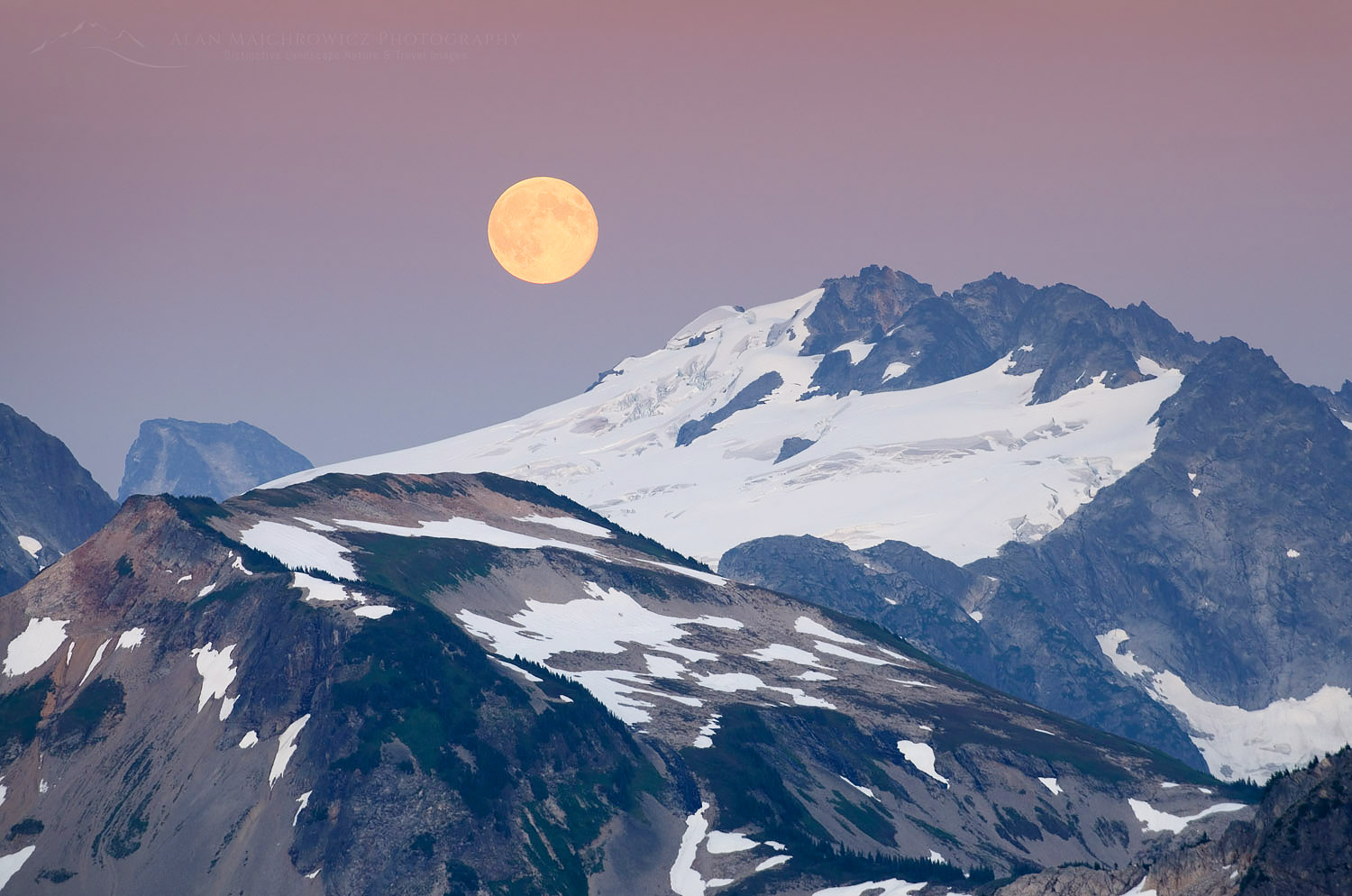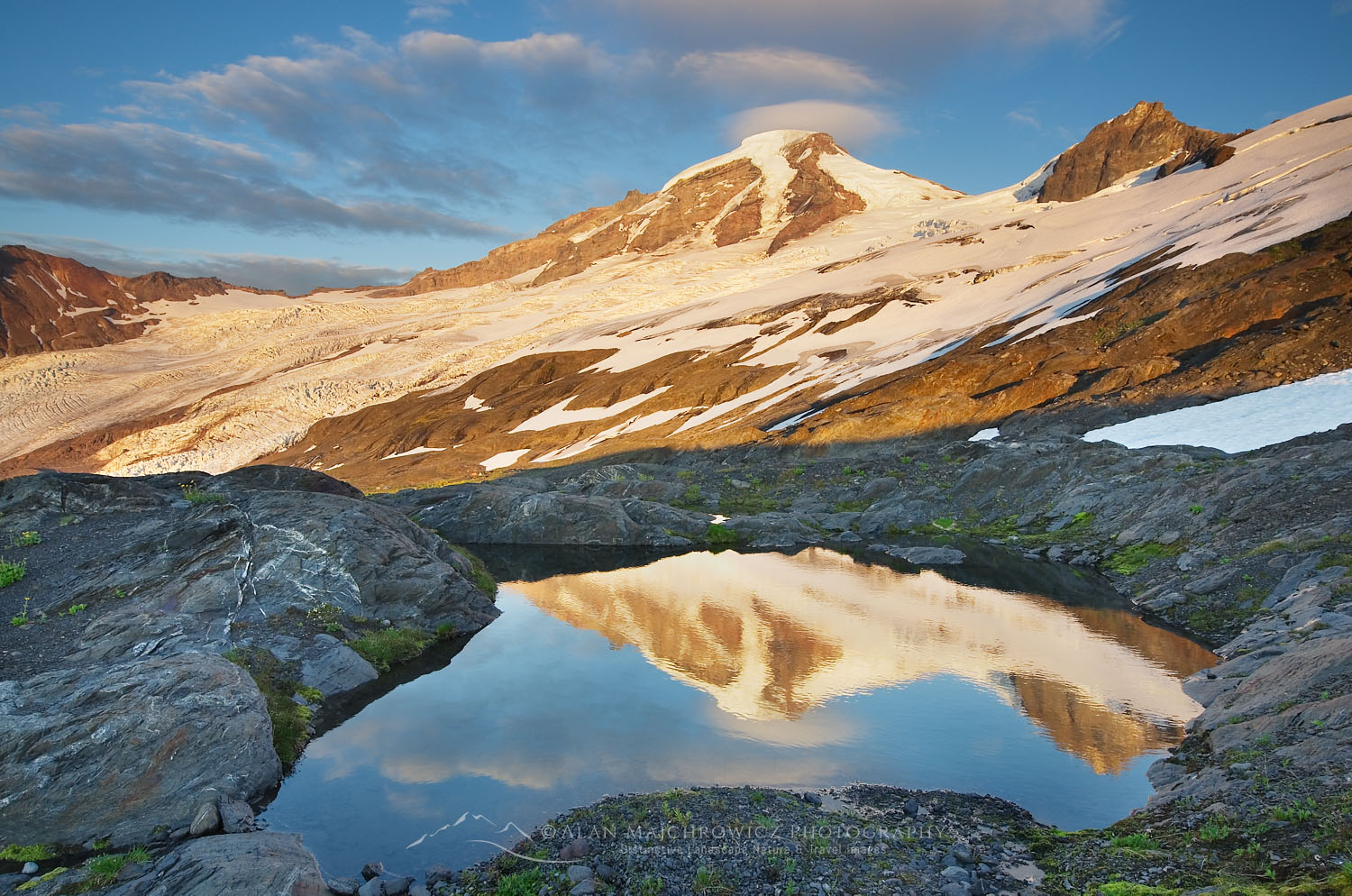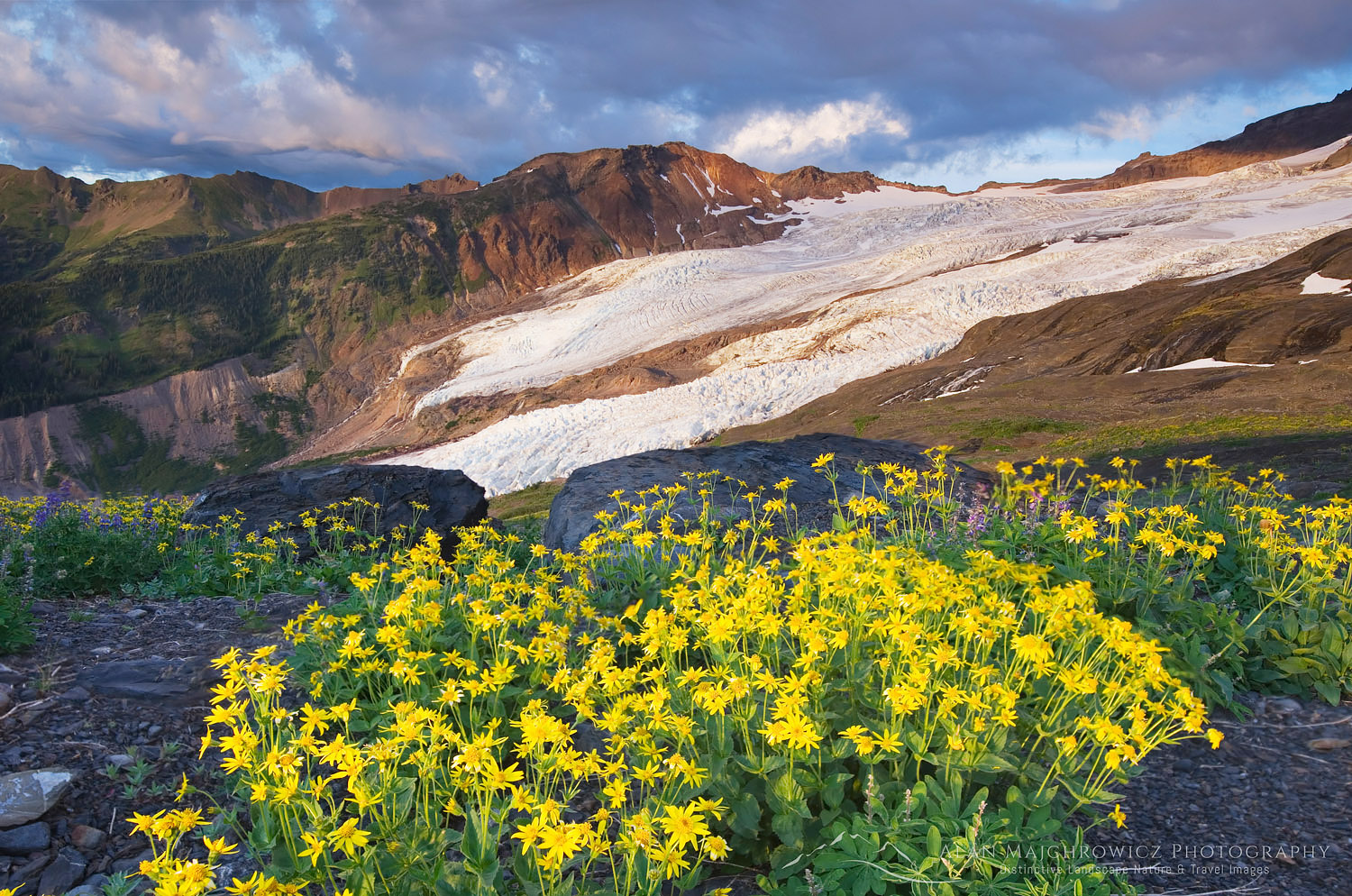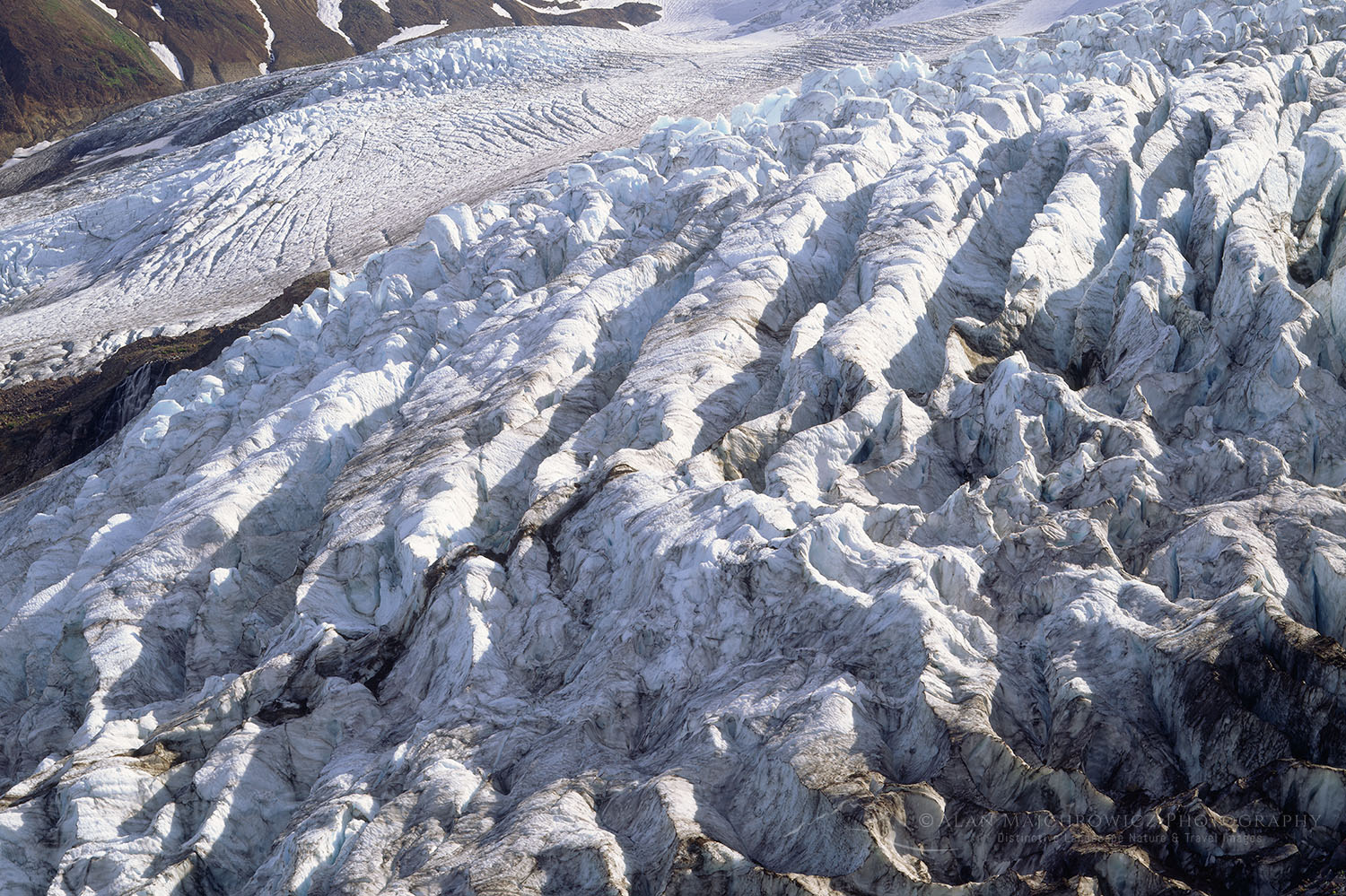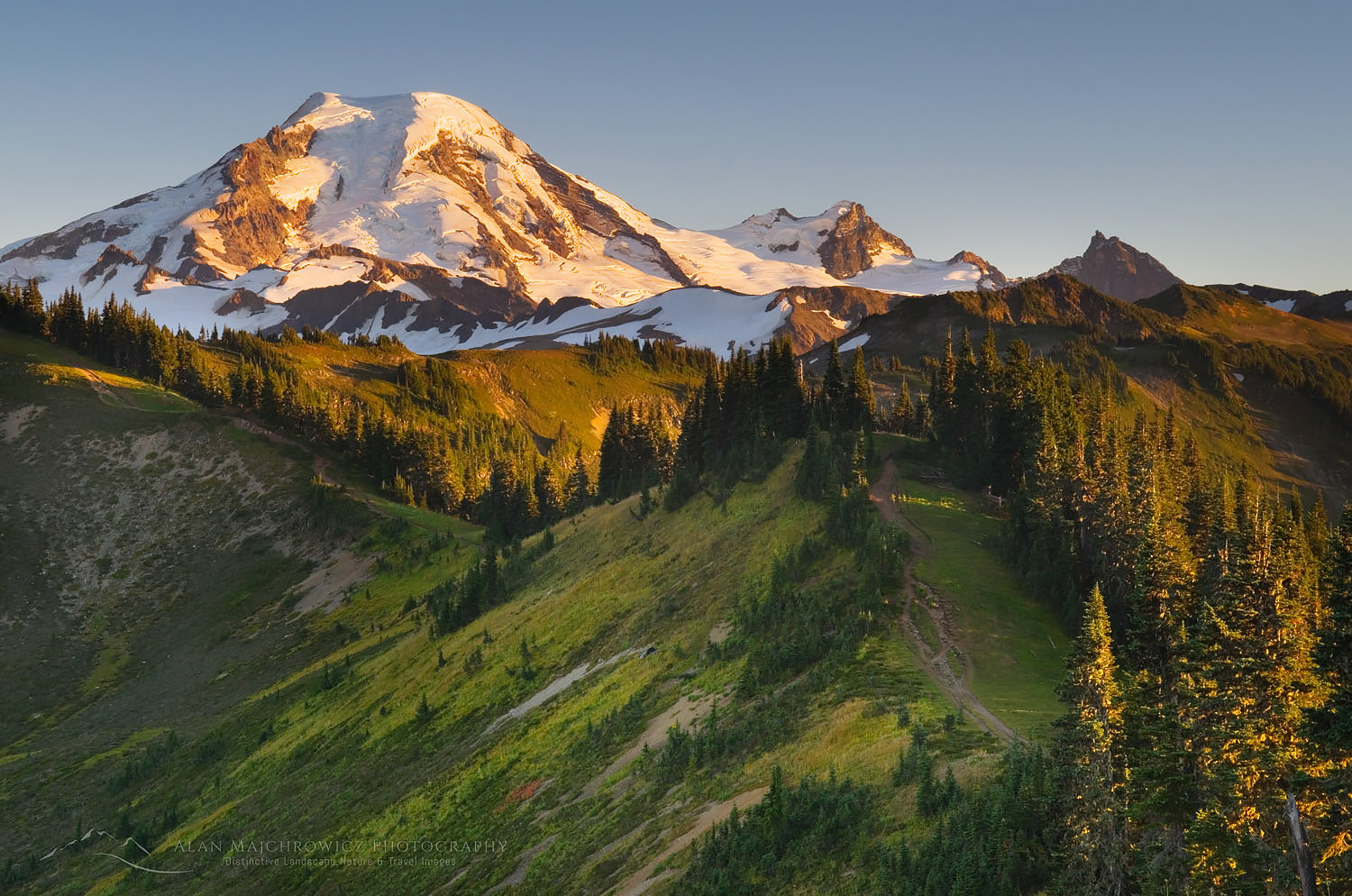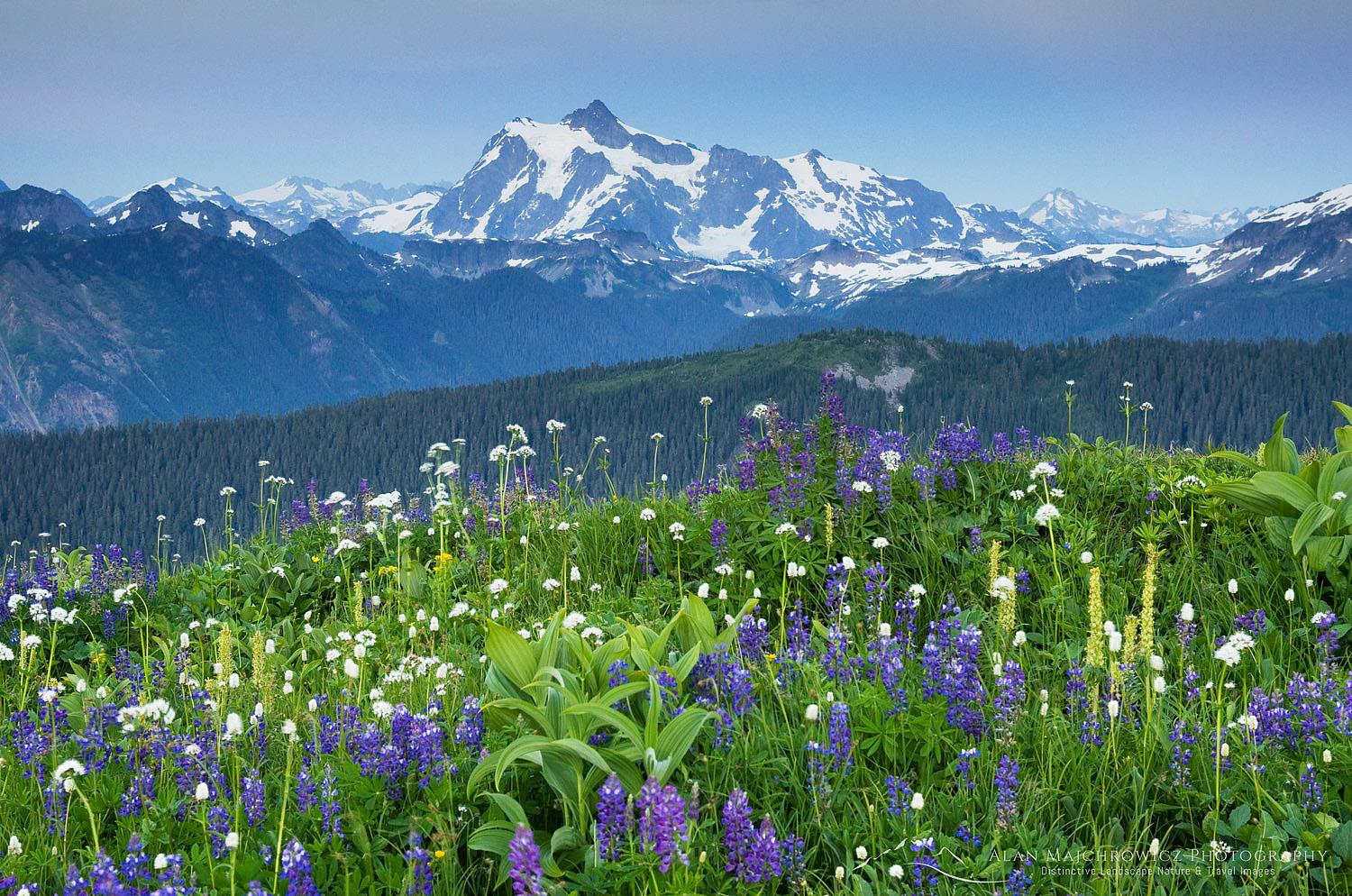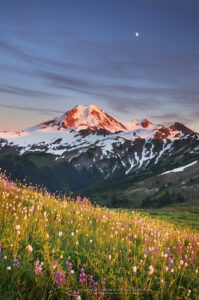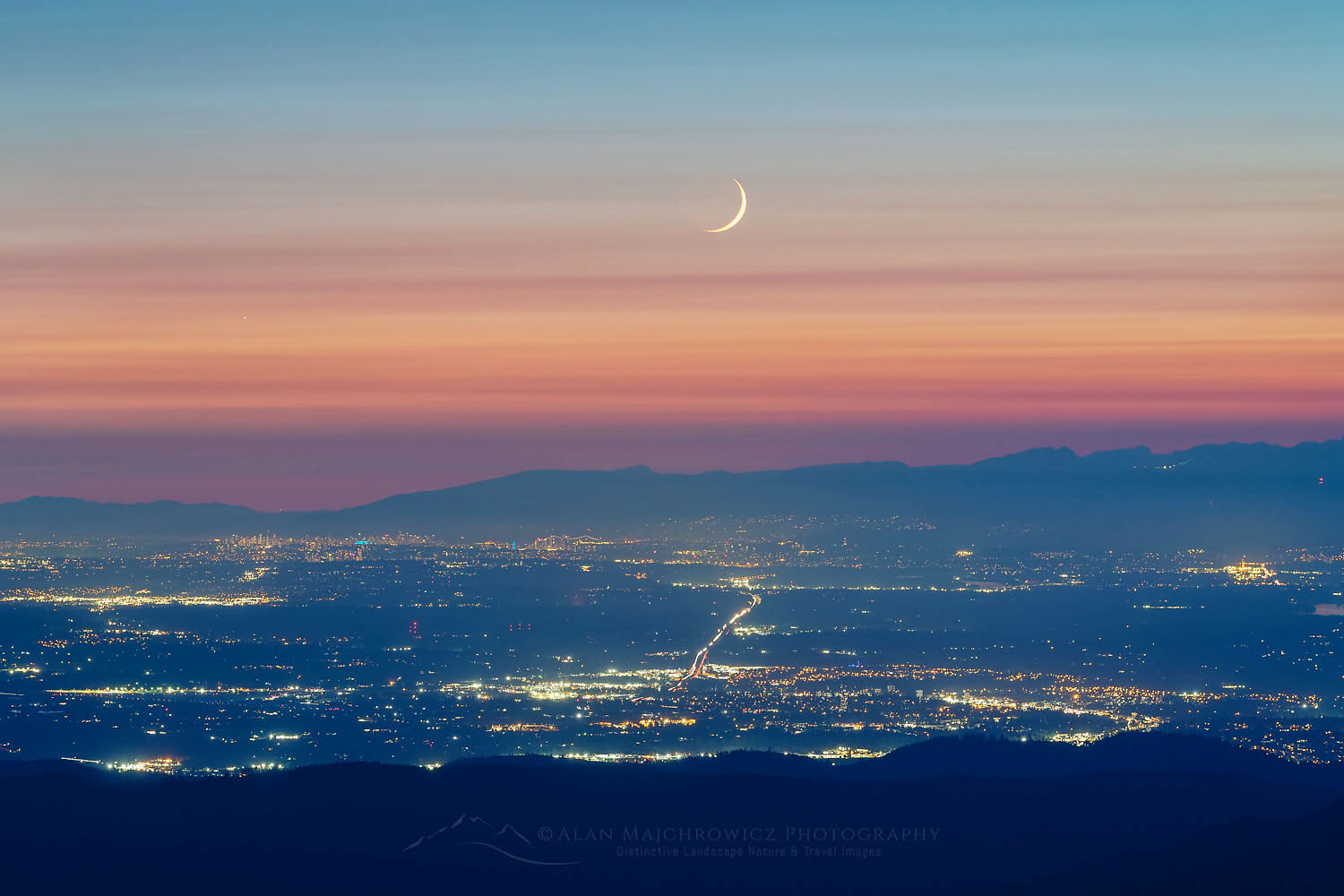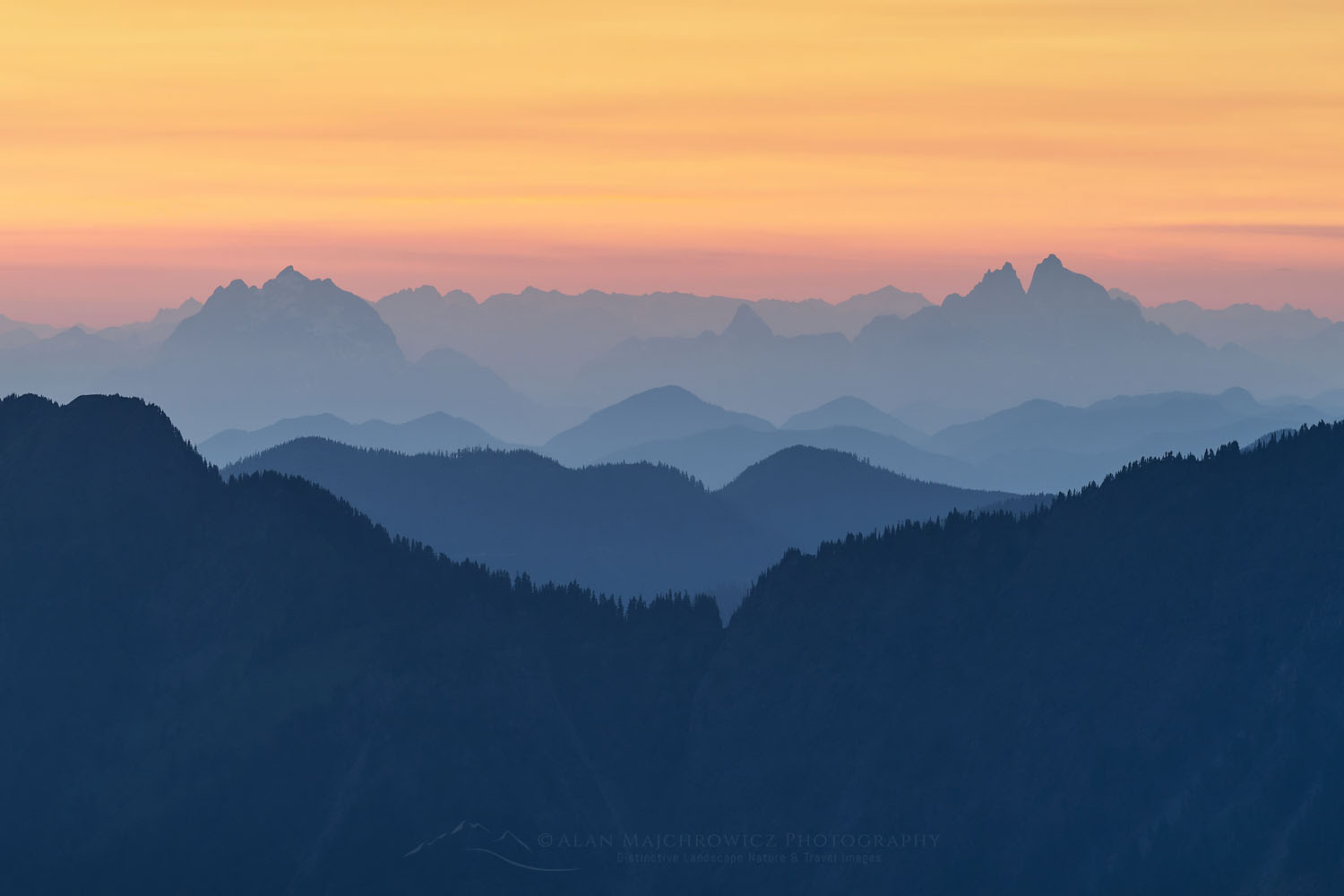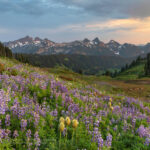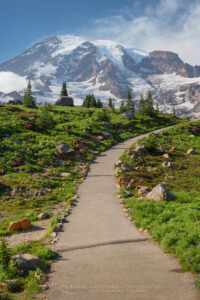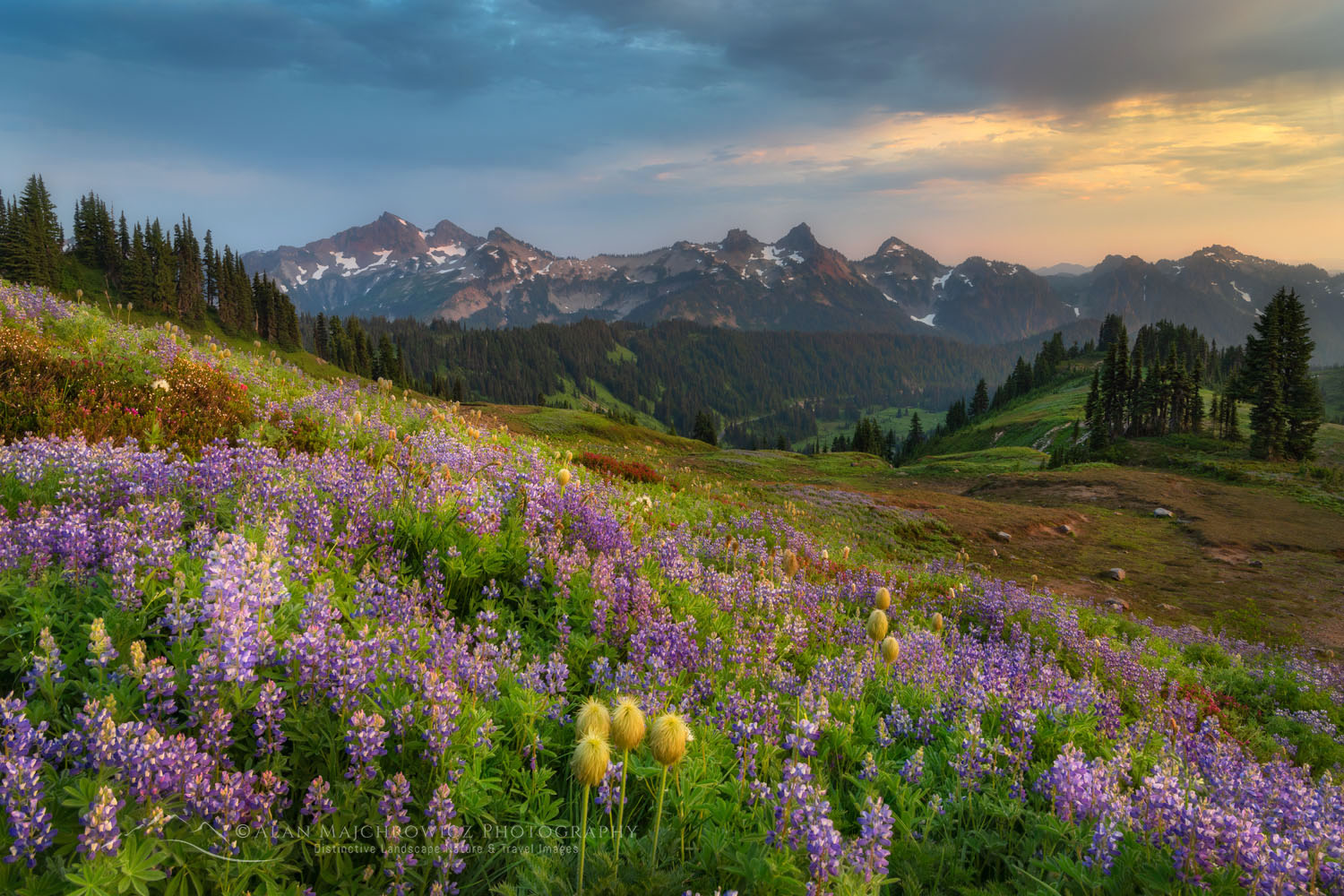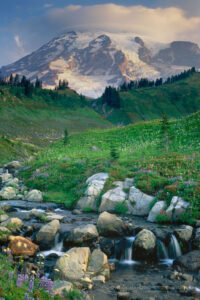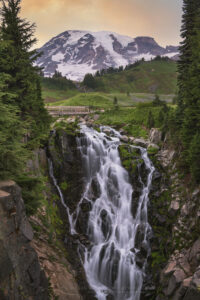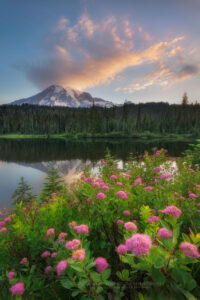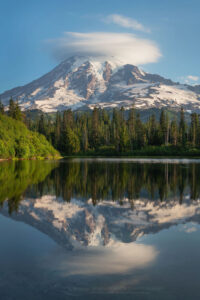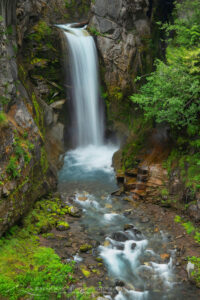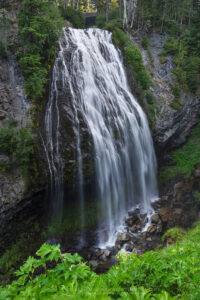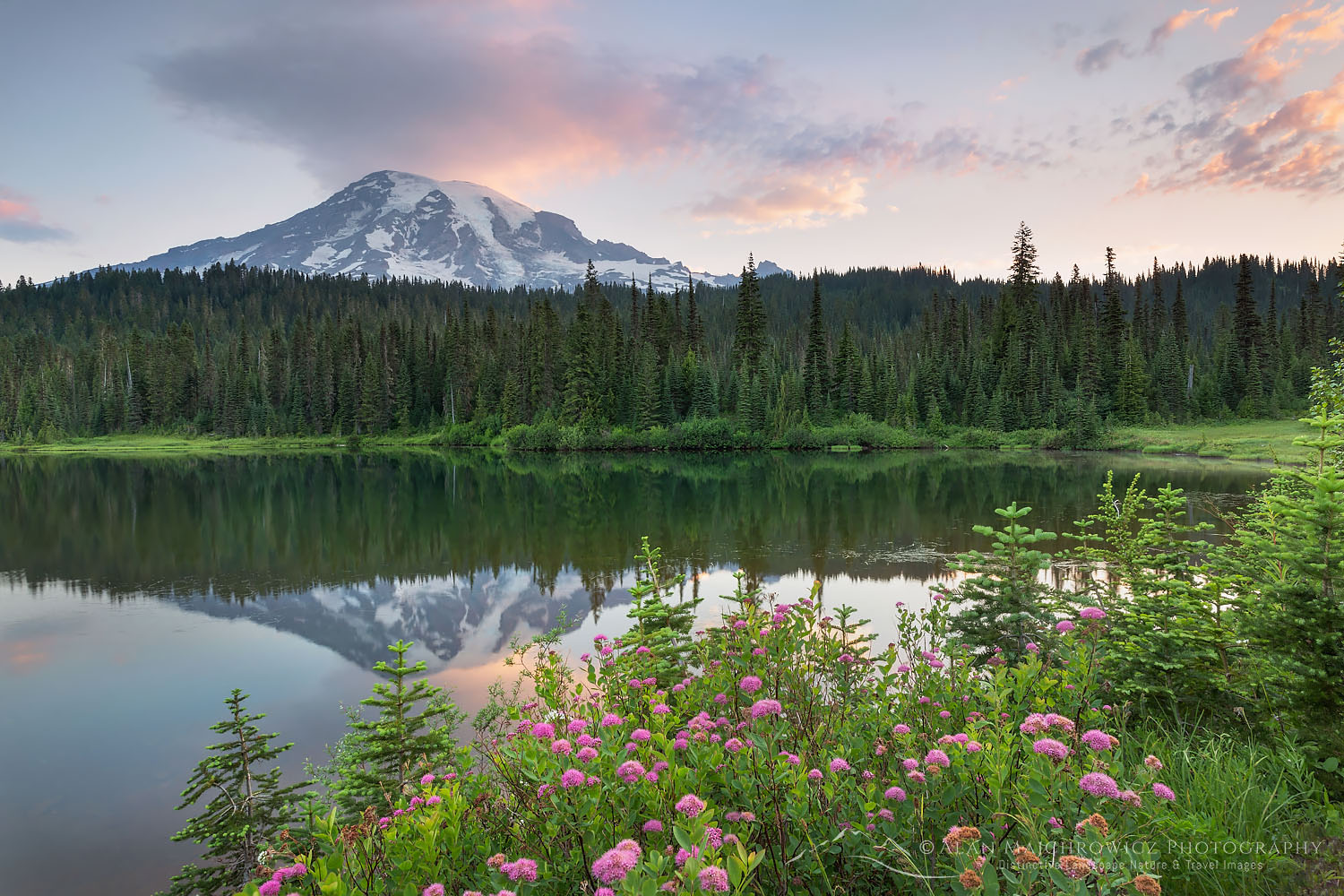Photographing Great Basin National Park
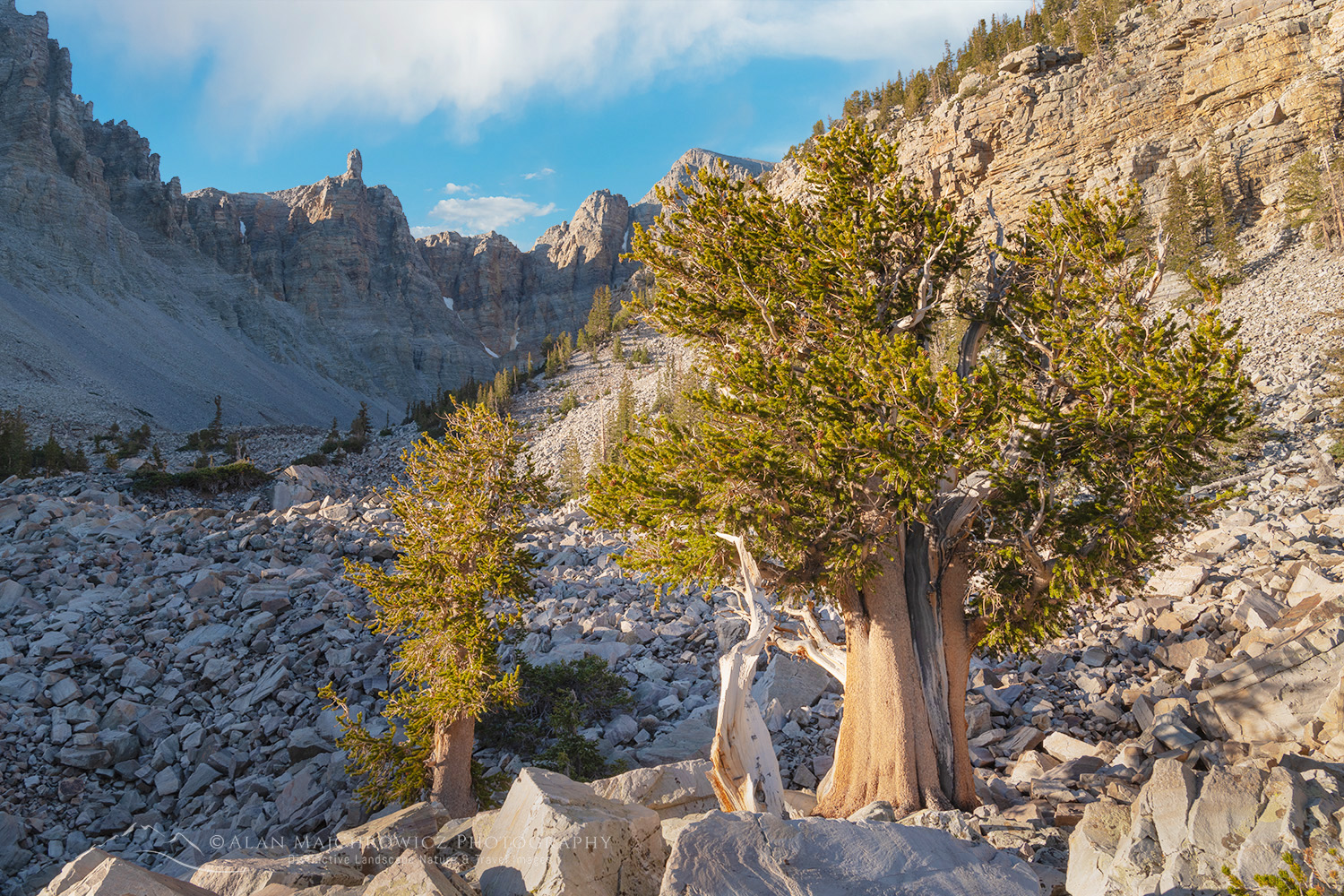 Wheeler Bristlecone Pine Grove #84475 Purchase
Wheeler Bristlecone Pine Grove #84475 Purchase
In the vast network of U.S. National Parks and Monuments, Great Basin National Park is one many photographers overlook. That’s unfortunate since this obscure national park has much to offer landscape and nature photographers.
Great Basin has a wonderful diversity of environments to explore and photograph. From sagebrush foothills characteristic of the Great Basin ecosystem to 13,000′ Wheeler Peak. In addition, the park is one of the few places where a visitor can easily walk among ancient Great Basin Bristlecone Pines, the longest-living species of tree on Earth.
And if that isn’t enough, the park hosts an extensive system of limestone caves. The most well-known and accessible is Lehman Caves, with several guided tours available.
Photographers on tours of the famous national parks of Utah can easily include Great Basin National Park in their itinerary. The park is near the eastern border of Nevada and is a 3.5-hour drive to Zion and a 5-hour drive to Moab.
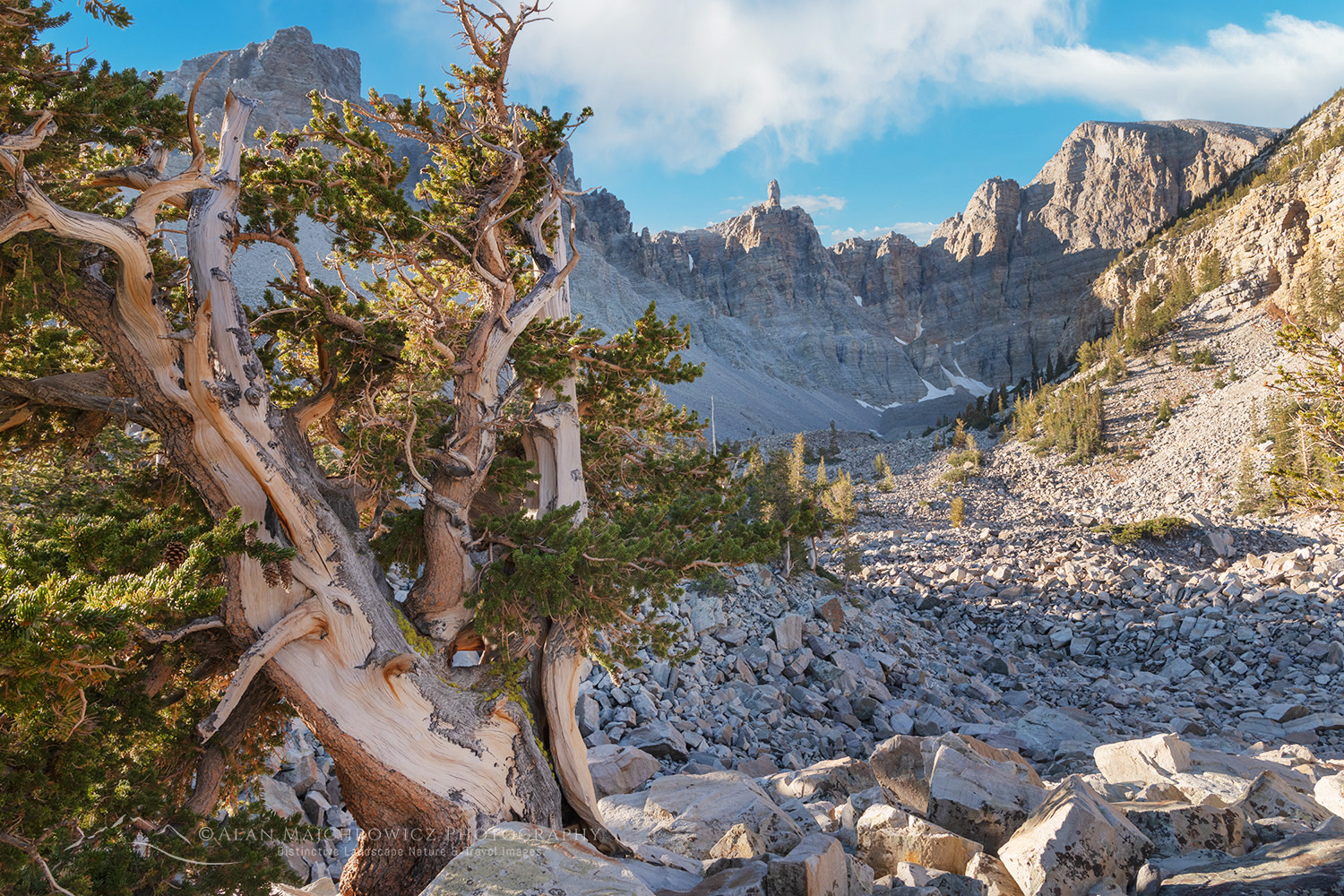 Wheeler Bristlecone Pine Grove #84480 Purchase
Wheeler Bristlecone Pine Grove #84480 Purchase
Wheeler Bristlecone Pine Grove
For most people Photographing Great Basin National Park, the Wheeler Peak Scenic Drive tops the list of activities. This windy mountain road travels 12 miles to climb to its end at 10,000 feet. Along the way, it traverses lower sagebrush foothills, ponderosa pine forests, aspen groves, and the subalpine zone. There are many scenic pullouts along the way.
At the end of the scenic driver are trails leading to the Wheeler Bristlecone Pine Grove, Glacier Basin, Alpine Lakes Loop, and the summit of Wheeler Peak. All of the trails are relatively easy, except for the long hike to Wheeler Peak. The Wheeler Peak campground is also here, at the end of the road.
There are two ways to see the Bristlecone pines. The first is to take the Bristlecone Trail and reach the grove in about 1.5 miles. The other, longer but more interesting and scenic is the Alpine Lakes Loop, at 4.1 miles this trail passes through alpine forests and lakes before reaching the grove and returning to the car park.
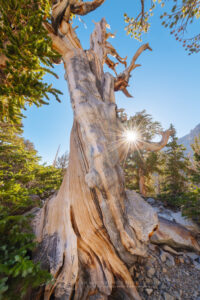 Bristlecone Pine Great Basin National Park #84489 Purchase
Bristlecone Pine Great Basin National Park #84489 Purchase
Photographing the Bristlecone Pine Grove
The loop trail through the grove is only about .1 miles long. Place along the trail are several very informative interpretive signs. There are several large interesting trees to photograph on the trail. However, the grove is extensive and some of the best compositions and trees are further off the trail. The main trail leads to Glacier Basin and more bristlecones, although the best opportunities are near the loop.
The terrain here is mostly bare broken rock and boulders, so there is little fear of trampling soil or plants. However, it is challenging walking, as the rocks and boulders are sharp and unstable. Watch your footing and stow gear in your pack.
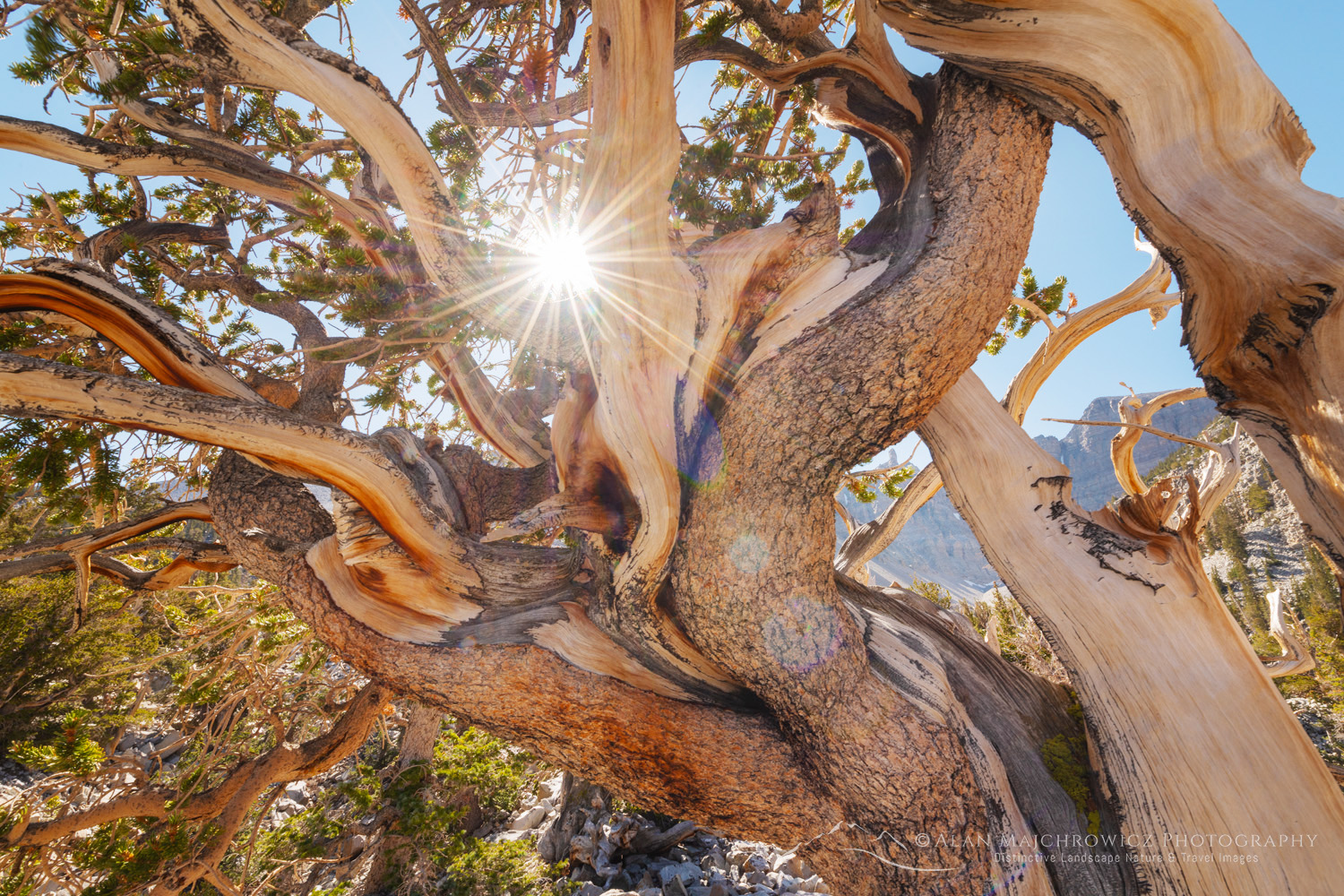 Bristlecone Pine Great Basin National Park #84489 Purchase
Bristlecone Pine Great Basin National Park #84489 Purchase
Essential Photography Tips:
- The most challenging aspect of photographing the pines is light. The surrounding peaks cast long shadows during morning and evening golden hours. Therefore, it is difficult to photograph the pines bathed in warm light.
- The elevation at the grove is over 10,000 feet, so expect to work in cold temperatures, harsh winds, and glaring sunlight.
- Grand compositions, which include trees, peaks, and sky are numerous but will require extensive scouting to reveal the best aspects.
- My favorite compositions are the trees themselves. Specifically, the weathered wood and twisted limbs are fascinating nature studies, and should not be overlooked.
- Scouting is an essential, but often overlooked, technique for better photography. Always scout out the best locations in advance by spending the day thoroughly exploring the area. Make notes of the best spots and how long it will take to reach them in the morning and evening golden hours
-
Allow enough time. One of the most important considerations when planning a photography trip to any location is time. Good photography rarely results from a hurried schedule. Likewise, chasing light is stressful, stay in one place and let the light come to you!
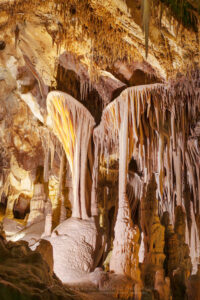 Lehman Cave Great Basin National Park #84465 Purchase
Lehman Cave Great Basin National Park #84465 Purchase
Lehman Caves
On my first visit to Great Basin National Park, it was surprising to learn that the park has an extensive system of living limestone caves. In fact, according to the park’s website, there are 40 caves within its boundaries.
Lehman Cave is the only cave in the park open to the public, and, as a lifelong fan of cave tours, it was exciting signing up for one. The Parachute Shield tour is the main tour, which lasts 60 minutes and takes visitors past fascinating speleothems, and historic areas.
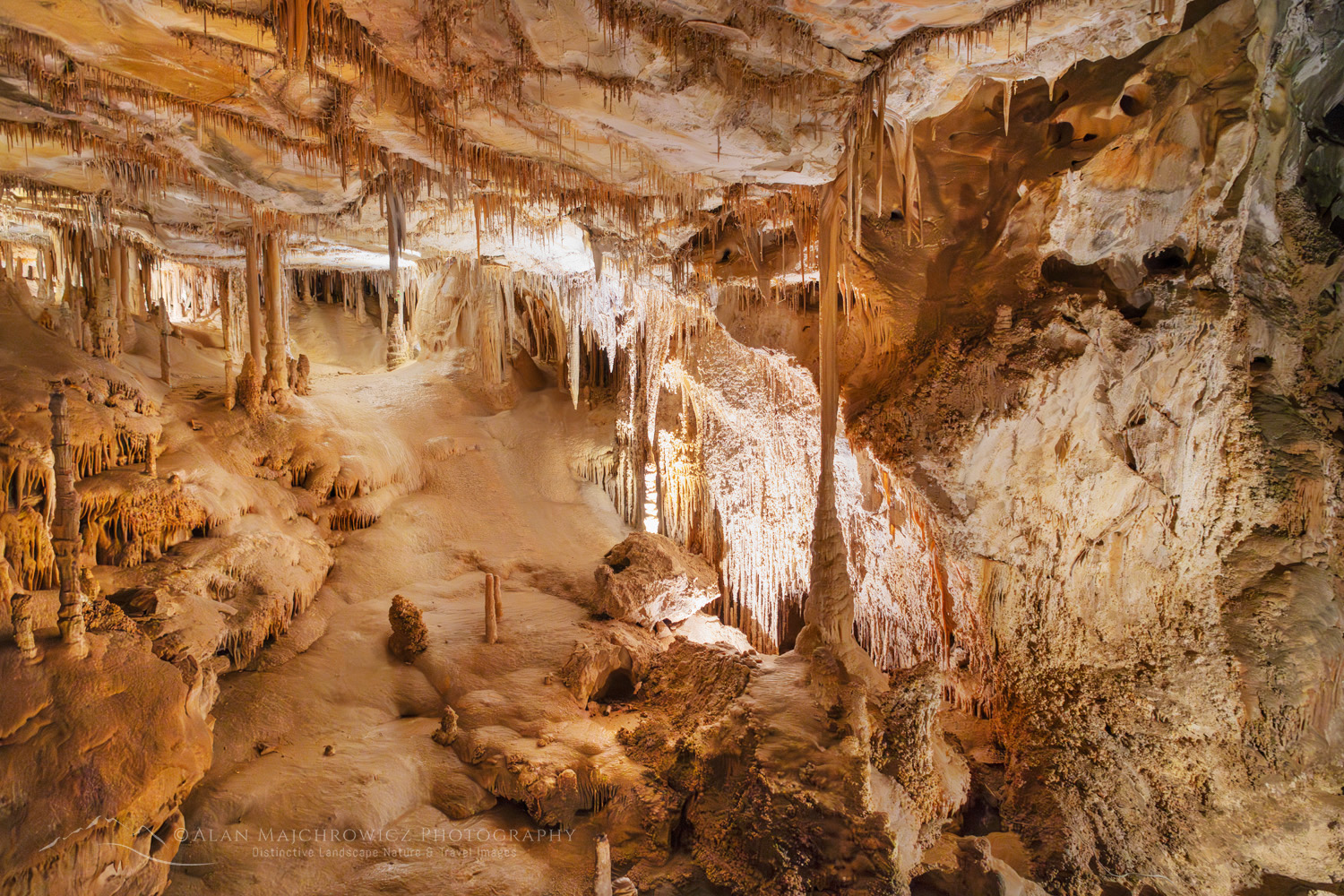 Lehman Cave Great Basin National Park #84465 Purchase
Lehman Cave Great Basin National Park #84465 Purchase
Essential photography tips:
- As of this writing no bags, purses, fanny packs, backpacks, or camera bags are allowed in the cave. The park website doesn’t explicitly mention tripods, but likewise, I’m guessing those aren’t allowed either.
- Because of the above regulations, you will need to carefully assess what camera and lenses will be appropriate for cave photography. I suggest a wide to medium zoom, around 24-70mm on a full-frame body
- Since you will be photographing without a tripod set your iso very high. You’ll need to play around to find the best setting. I was able to achieve good results as low as 2500 iso, and in a few instances as high as 10,000
- Since you’ll be using a high iso, you can effectively reduce excess noise in post-processing with AI noise reduction.
- Although I rarely use one, I recommend wearing a camera strap. Caves can have tight spots and drop-offs, and along with other visitors justling about, it would be easy to drop your camera.
- To prevent the spread of White Nose Syndrome among bats, screening is especially important and mandatory.
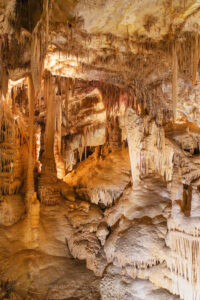 Lehman Cave Great Basin National Park #84465 Purchase
Lehman Cave Great Basin National Park #84465 Purchase
Practical Tips for Photographing Great Basin National Park
When to go: While the park is open year-round summer and fall are optimum times for photography. Winter and spring will limit being able to get up high to photograph bristlecone pines.
Lodging: There are only a few small motels in the town of Baker, just outside the park. Consequently, you’ll need to check availability in advance.
Camping: This is your best option for staying in the park. There are several park campgrounds with Wheeler Peak and upper and lower Lehman campgrounds being the most popular. Although, as with just about every other park, you’ll need to make reservations ahead of time. There are some first come first serve options in the park, though.
There are plenty of options for free random camping on BLM land near the park. However, these areas may be too far away to be practical.
Food and Gas: Bristlecone General Store in Baker has fuel and basic supplies. Because the park is fairly distant from the nearest major town, it’s best to arrive with everything you may need for your stay, including food and ice.
 Bristlecone Pine Great Basin National Park #84590 Purchase
Bristlecone Pine Great Basin National Park #84590 Purchase
Leave No Trace
Please, Please, Please! Don’t plan a trip to this or any other national park or wilderness area unless you are prepared to follow the guidelines of Leave No Trace (LNT). National parks and wilderness areas throughout the world are under incredible pressure from growing amounts of visitors. So, please do your part to help preserve these precious areas for future generations!
To learn more about the principles and practicing LNT please take a few minutes to visit the Leave No Trace Center for Outdoor Ethics. Your children and grandchildren will thank you!
LEAVE NO TRACE SEVEN PRINCIPLES
1. Plan Ahead and Prepare
2. Travel and Camp on Durable Surfaces
3. Dispose of Waste Properly
4. Leave What You Find
5. Minimize Campfire Impacts
6. Respect Wildlife
7. Be Considerate of Other Visitors
© Leave No Trace: www.LNT.org
Learn about how to protect the places we love to photograph
Vist the Nature First Website

Also, check out these other National Park posts!
Glacier National Park/ Boulder Pass
North Cascades/Whatcom Pass
Mount Rainer/Paradise Meadows
Grand Teton National Park/PhotographyTrip Planning
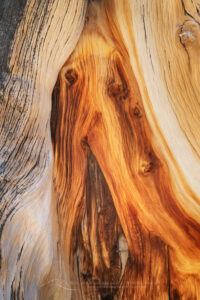 Bristlecone Pine Great Basin National Park #84556 Purchase
Bristlecone Pine Great Basin National Park #84556 Purchase
All photos appearing in Photographing Great Basin National Park are available for Commercial Licensing and Fine Art Prints. Click on any image to purchase, or contact me for more info!
Photographing Great Basin National Park


